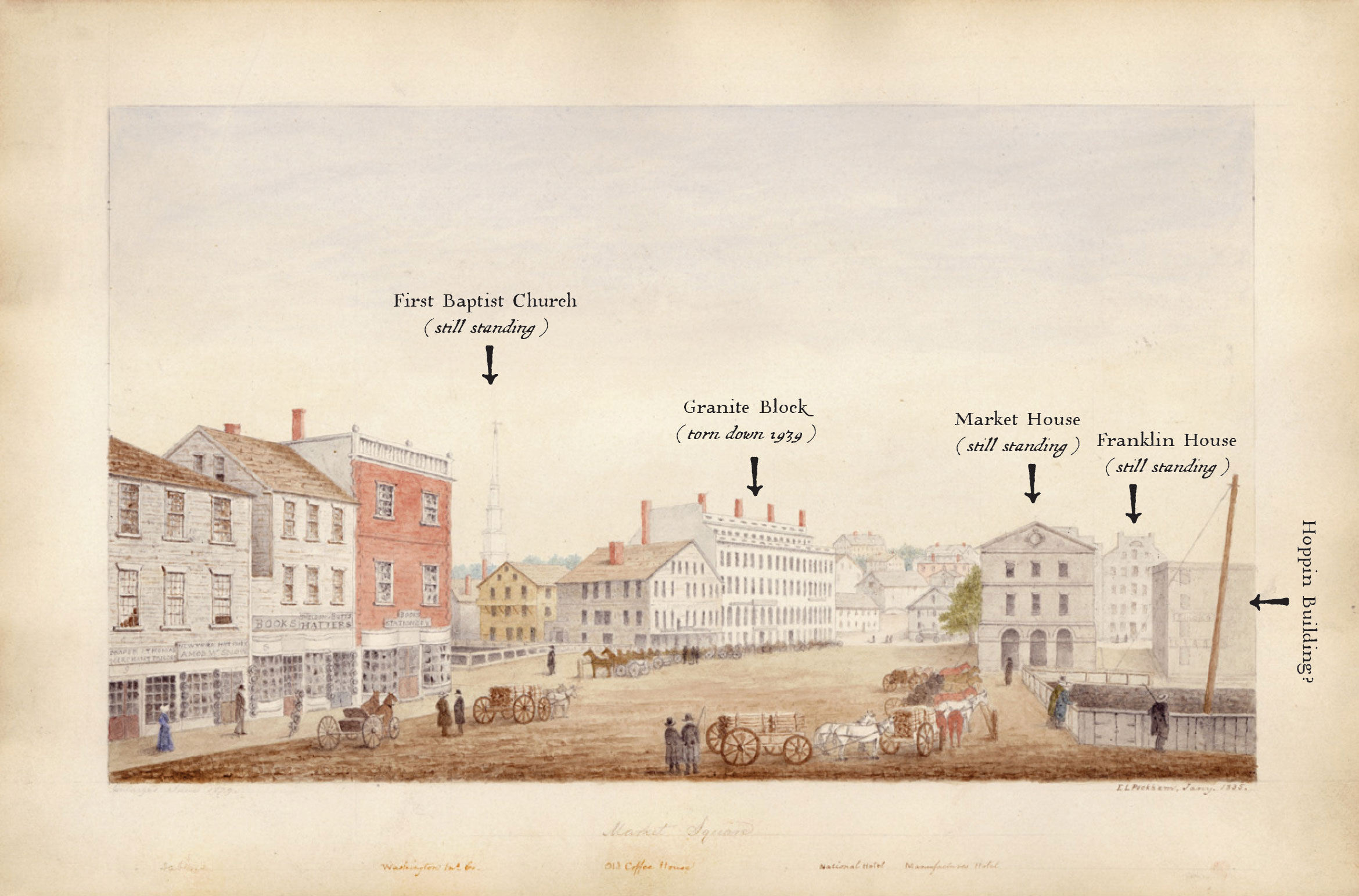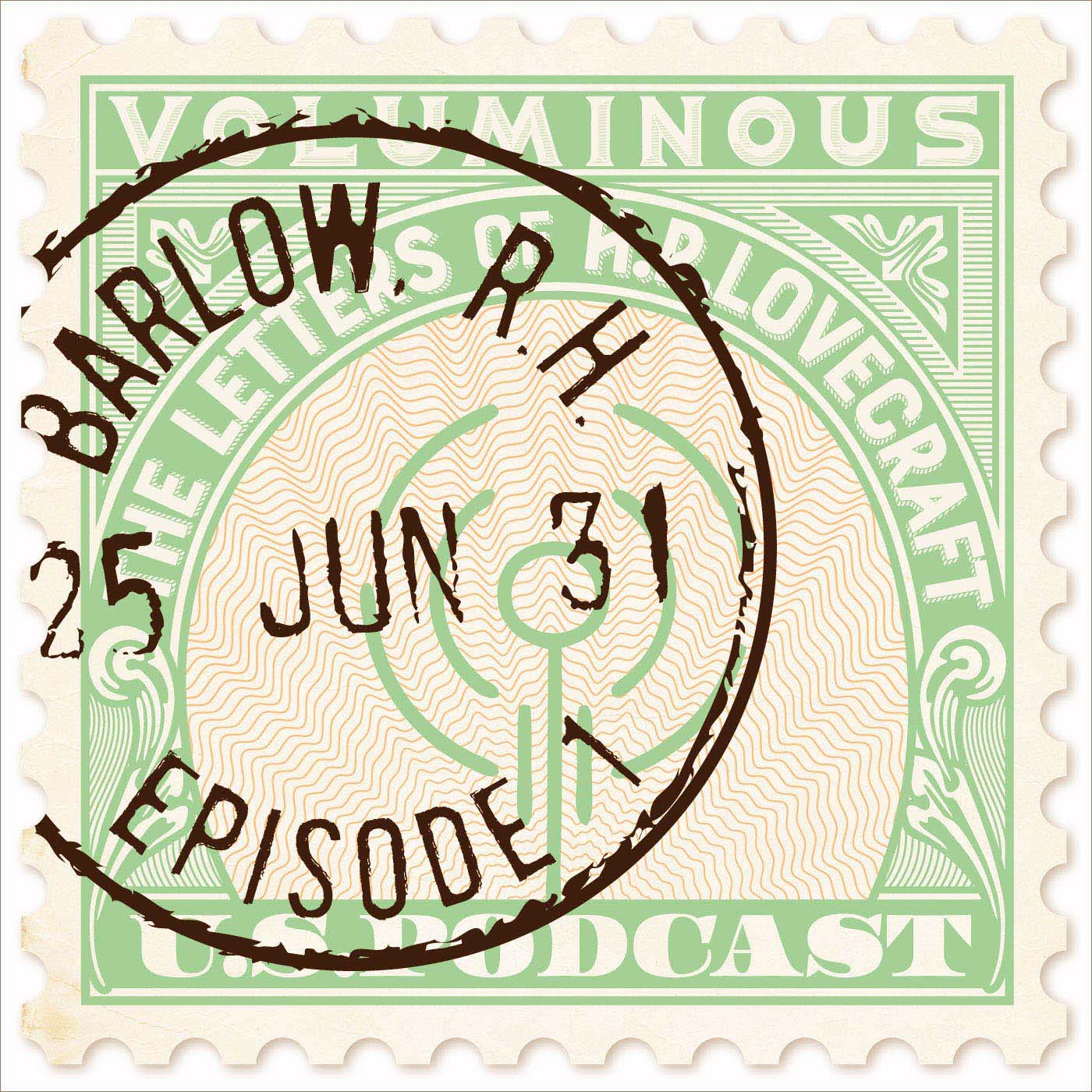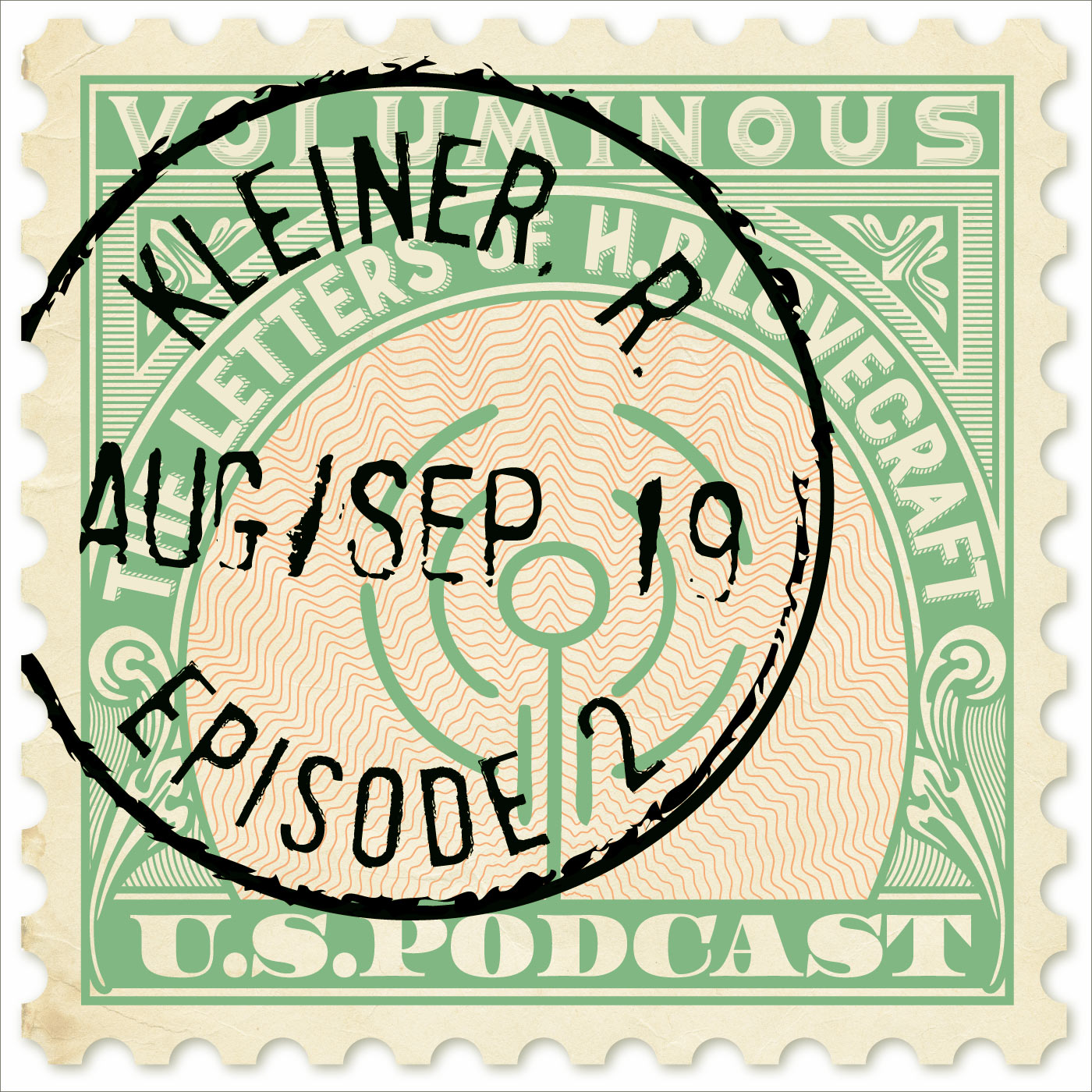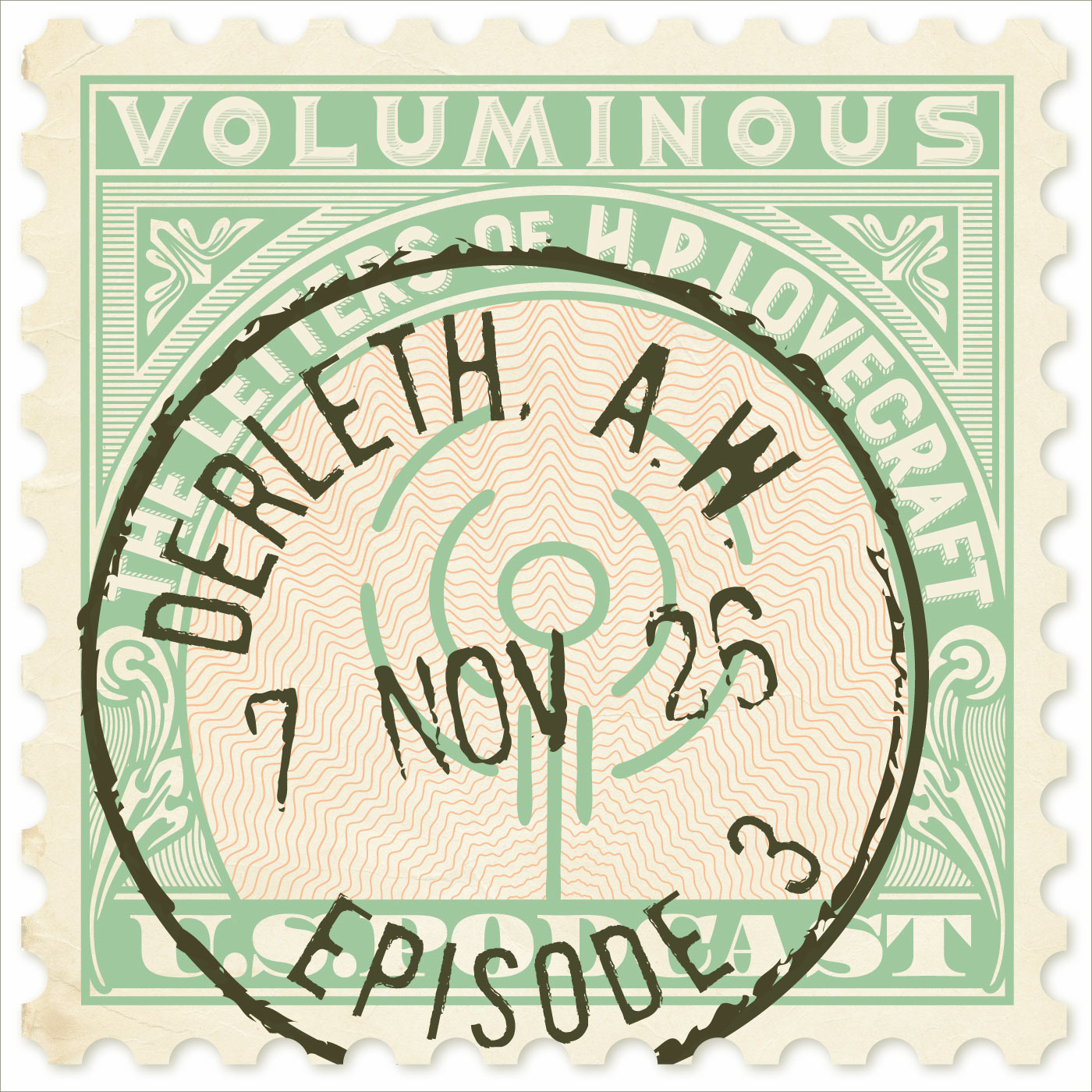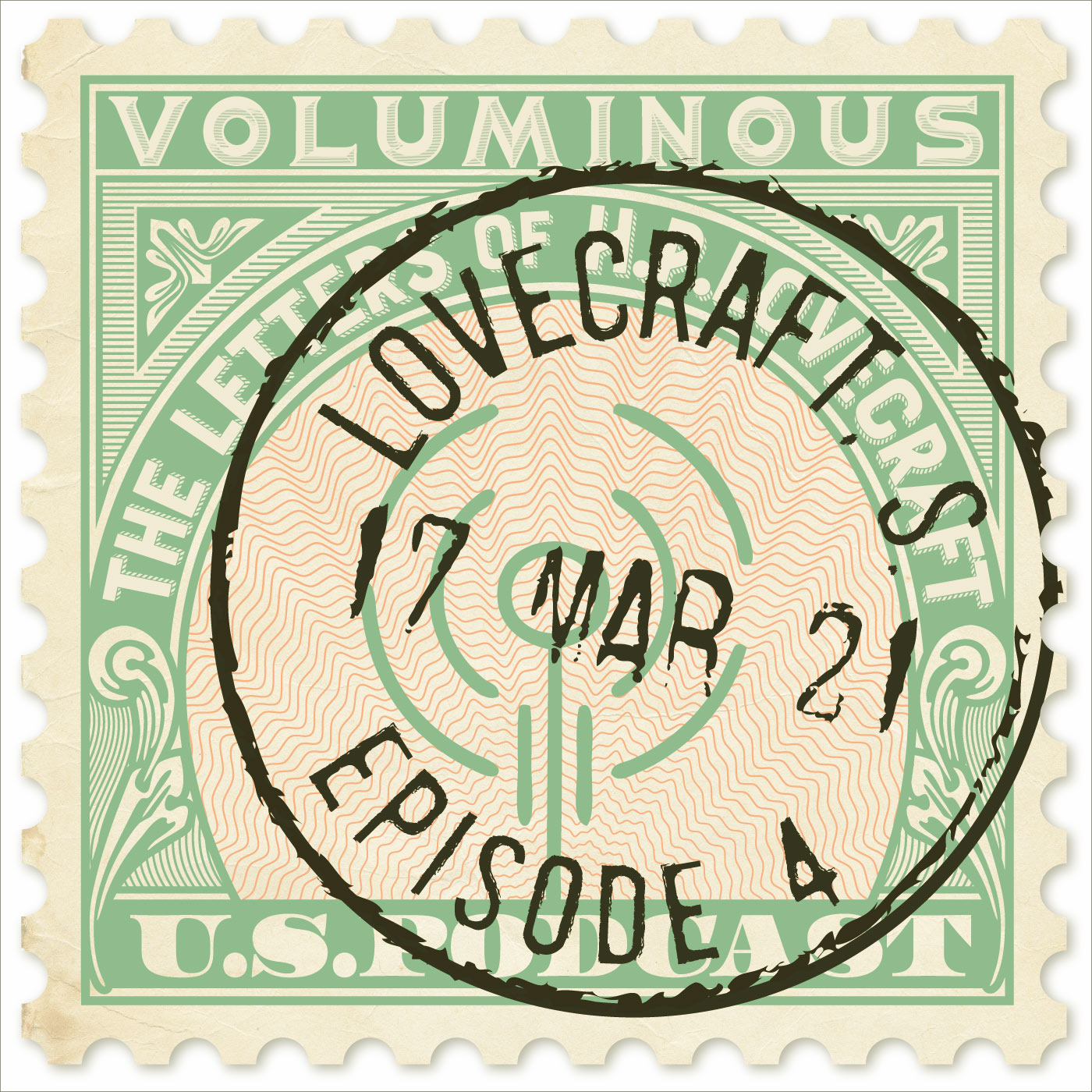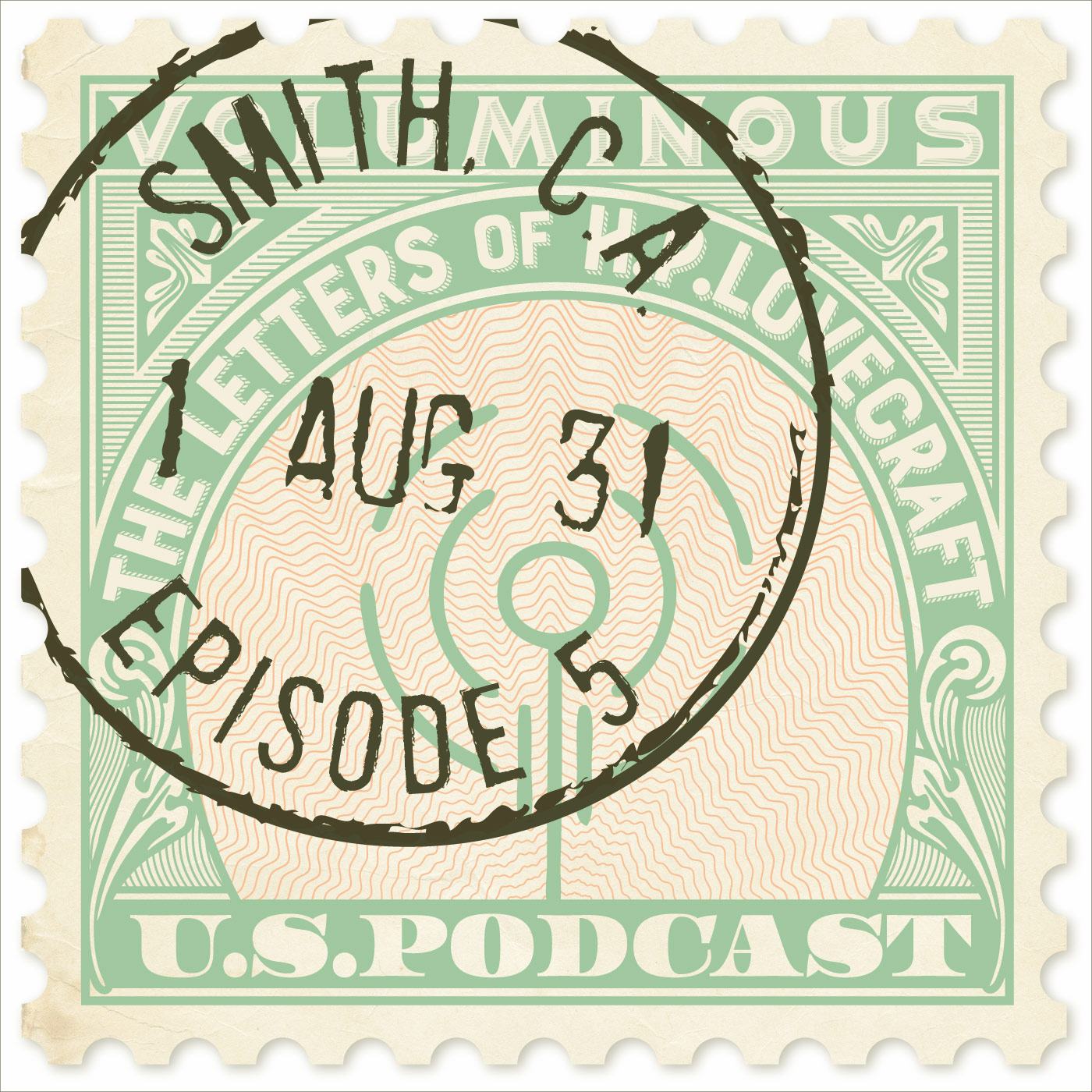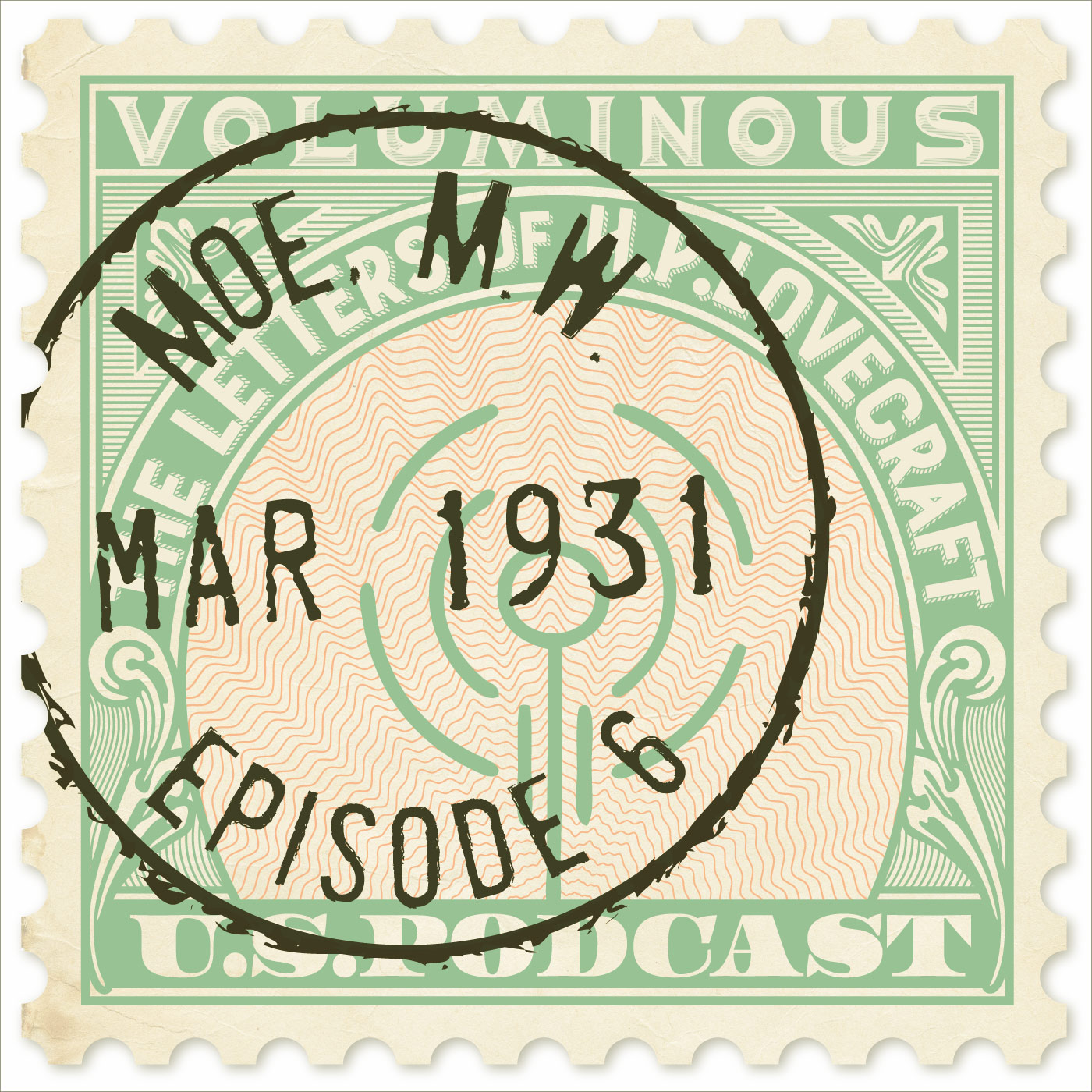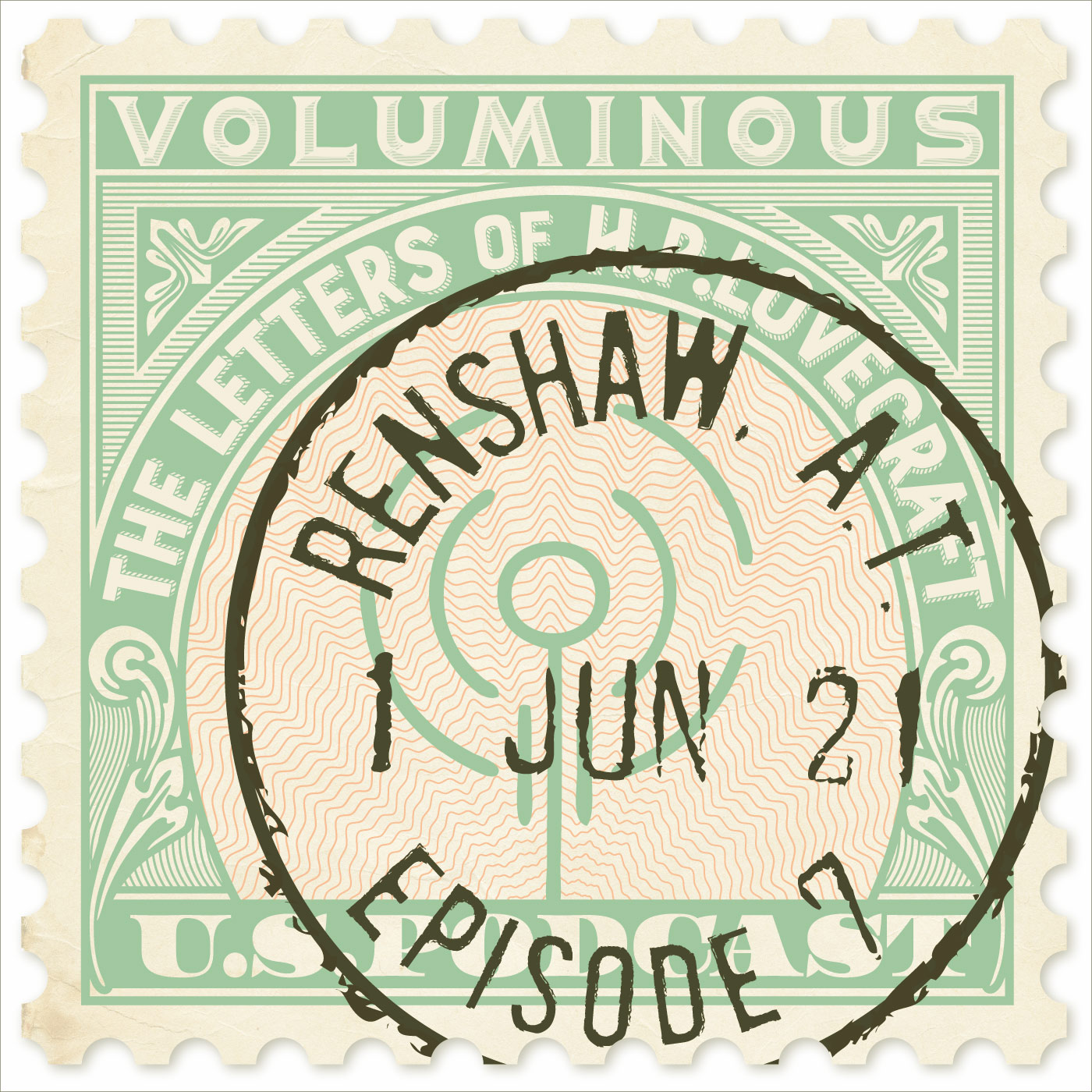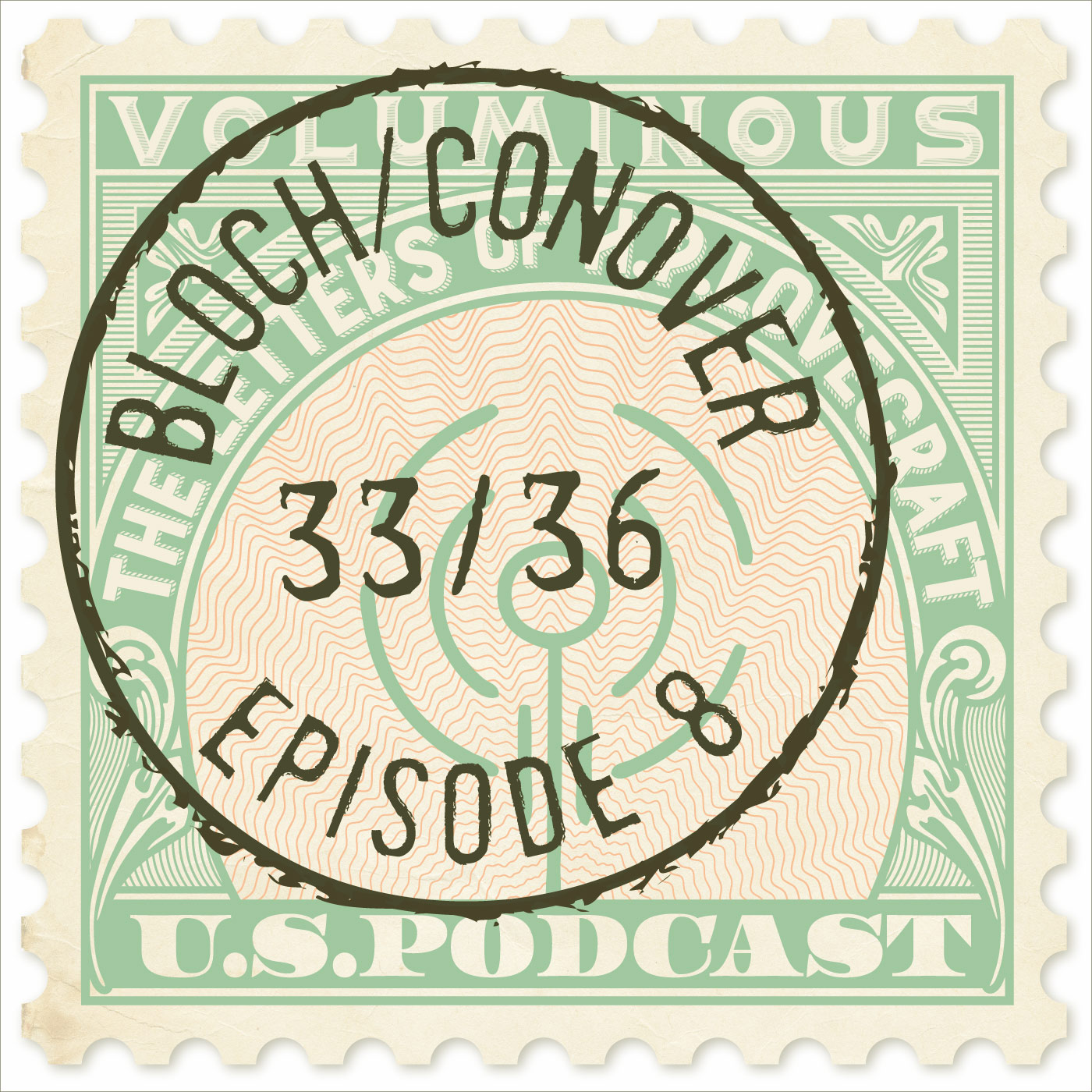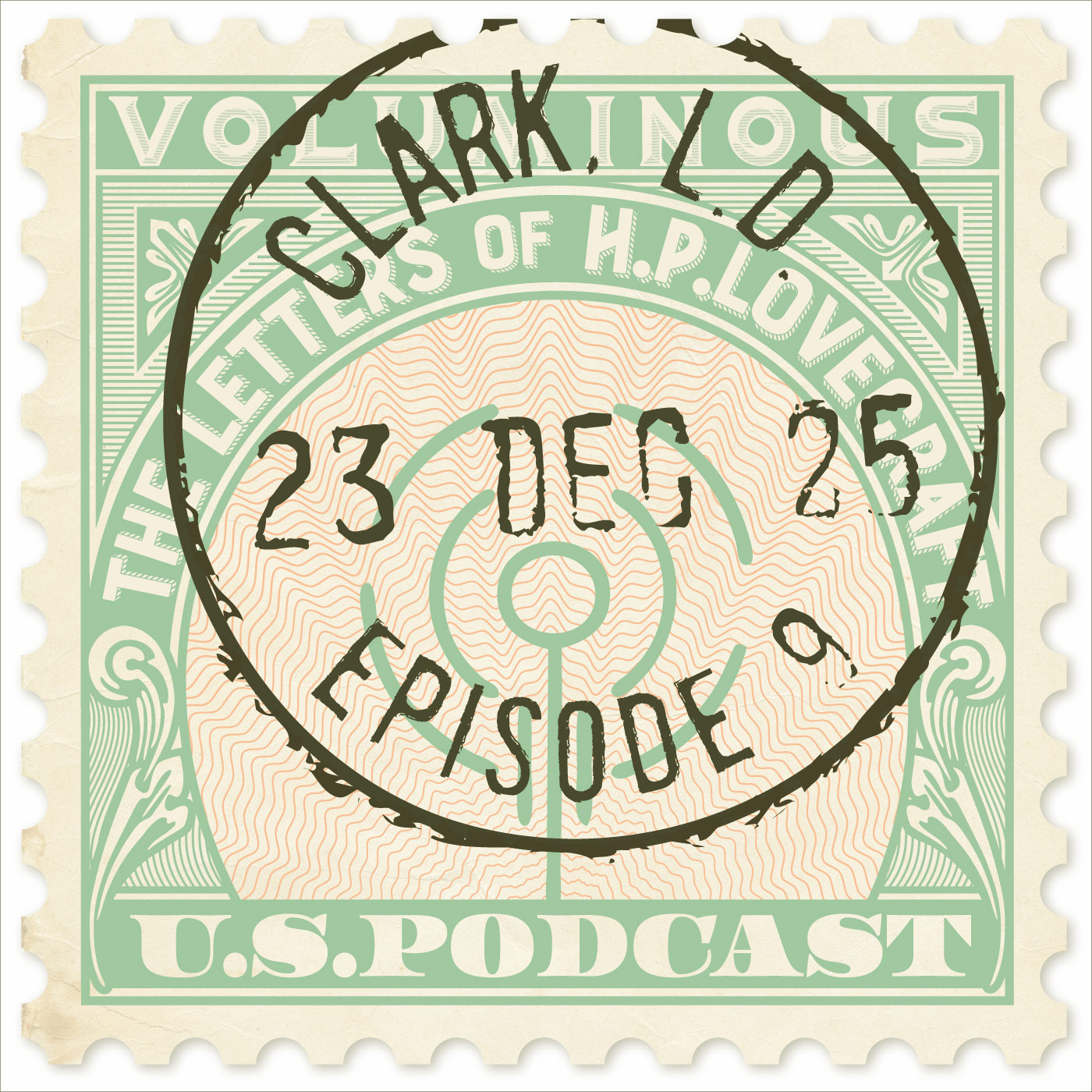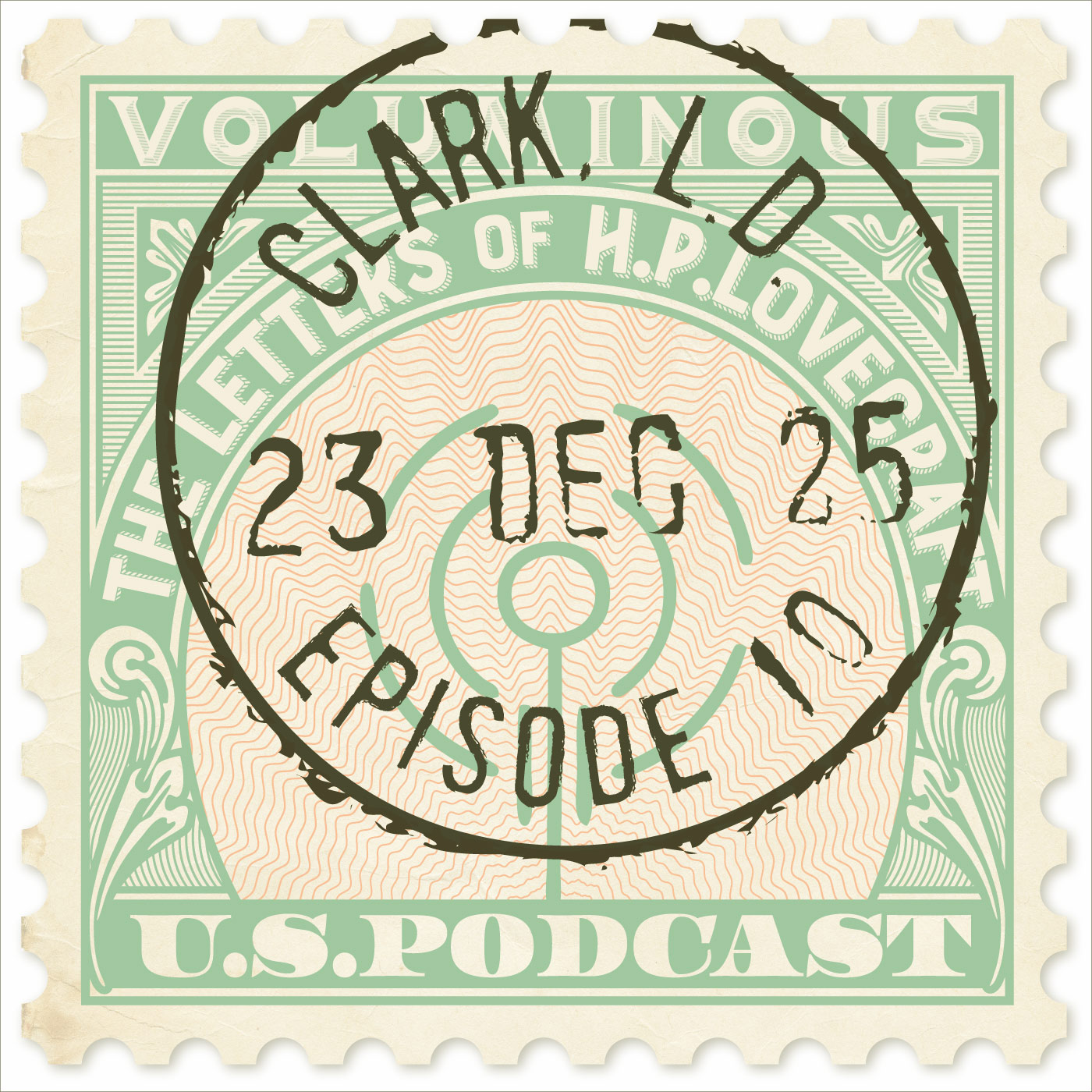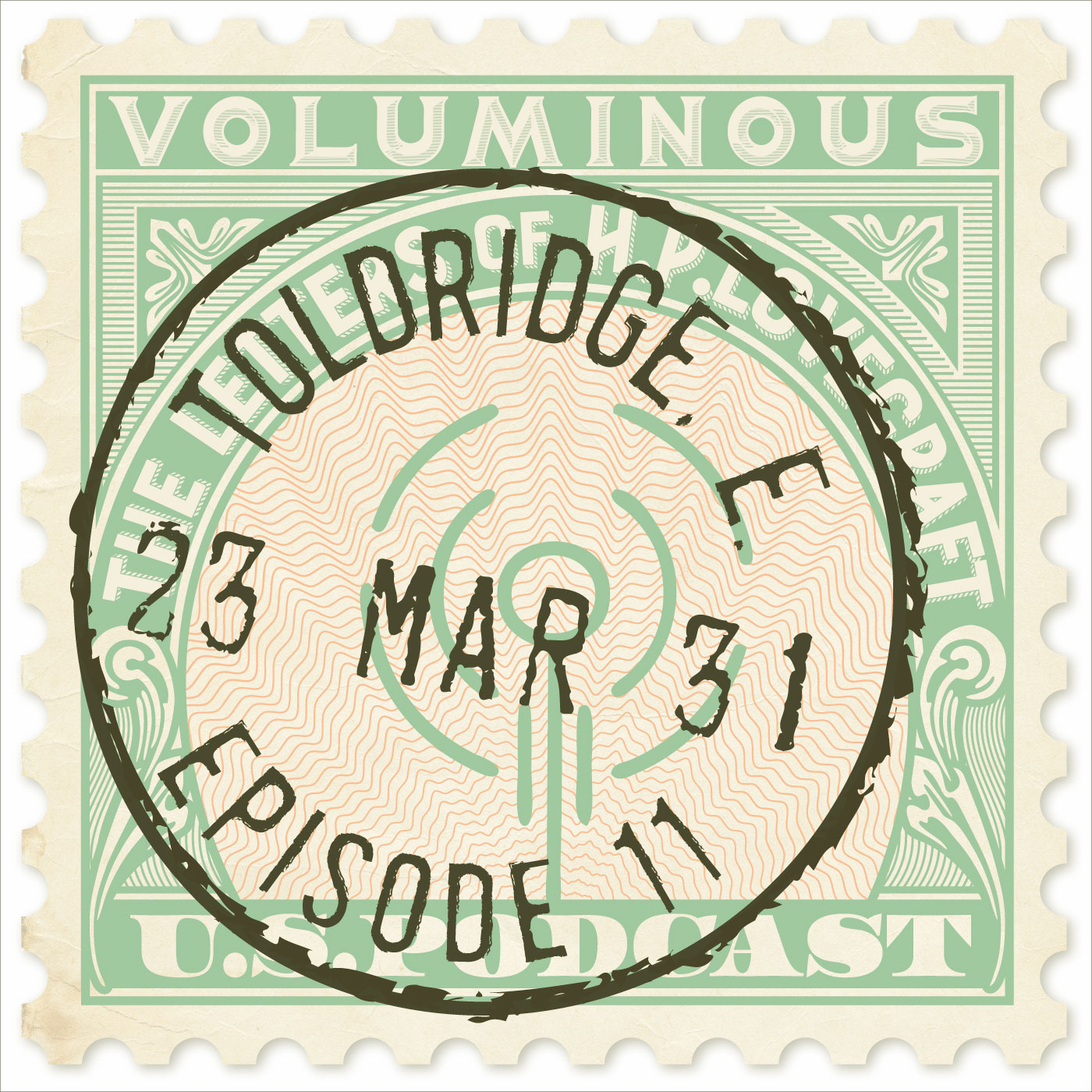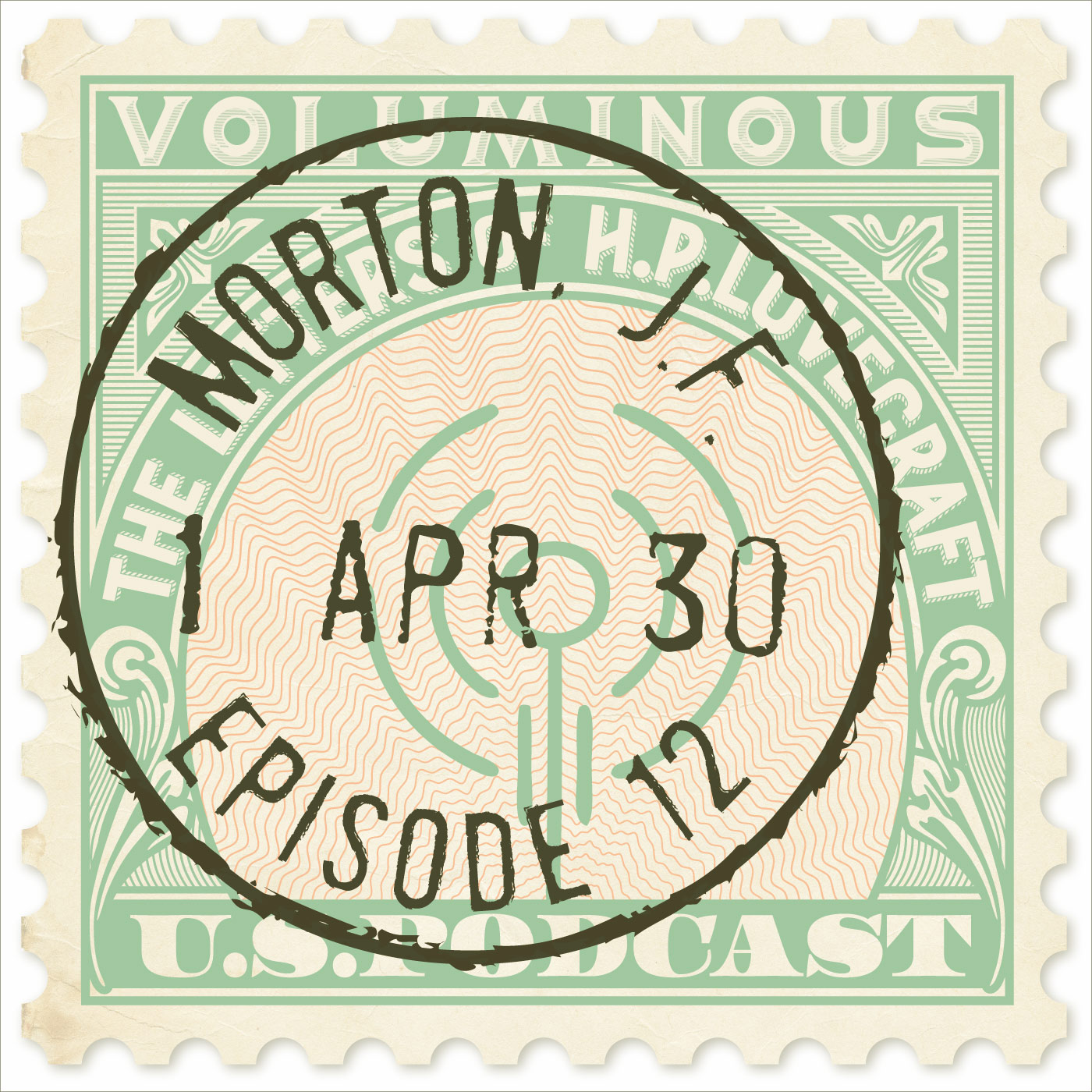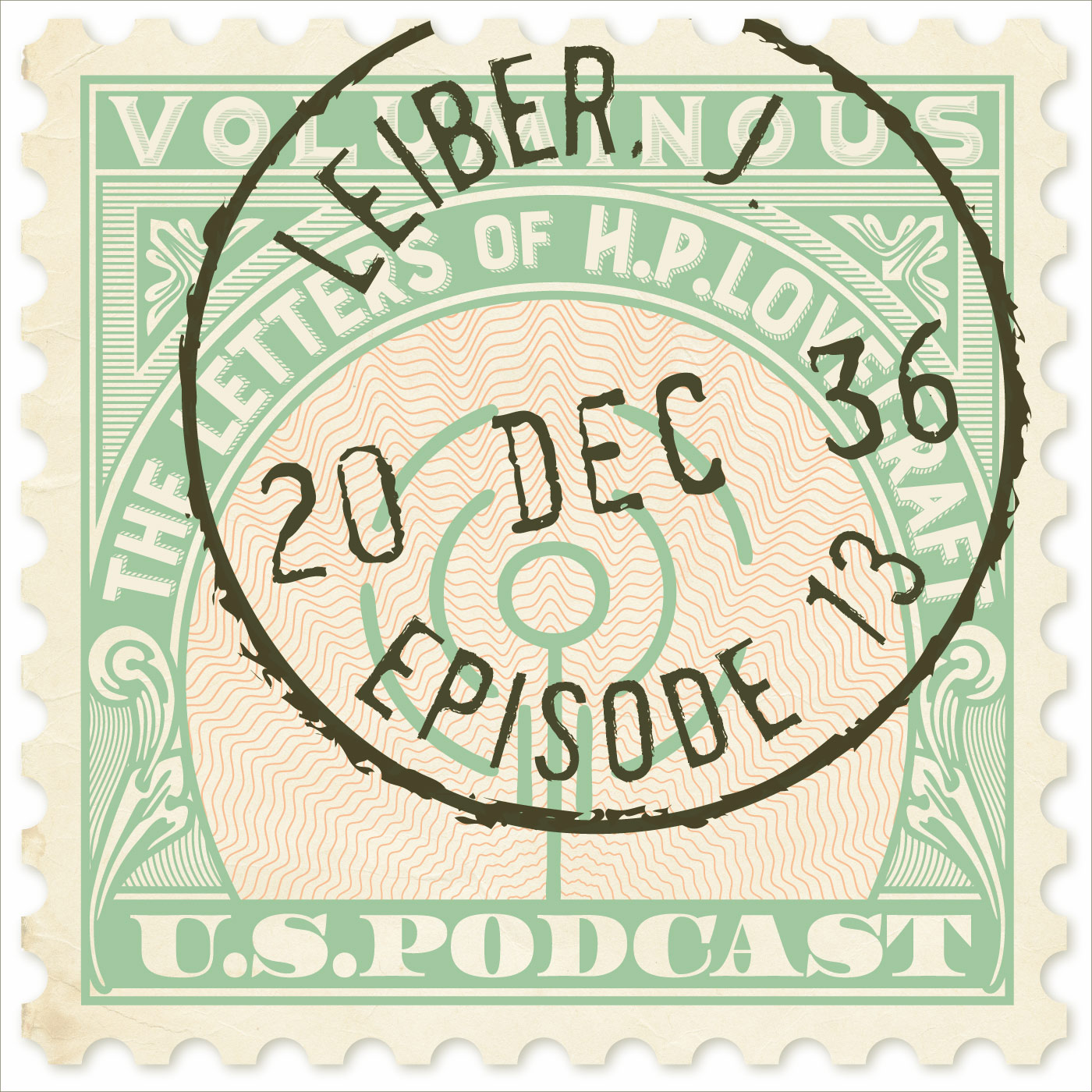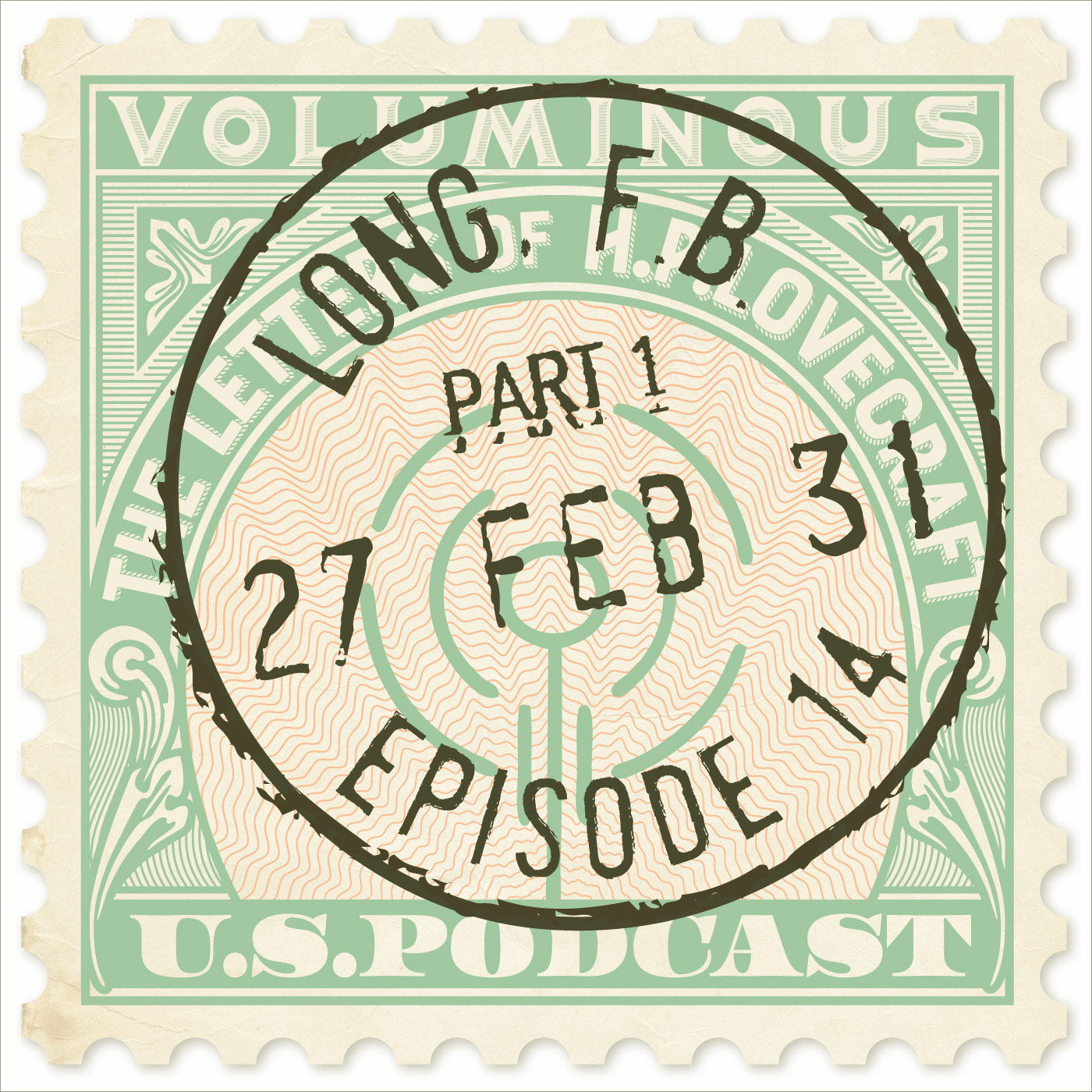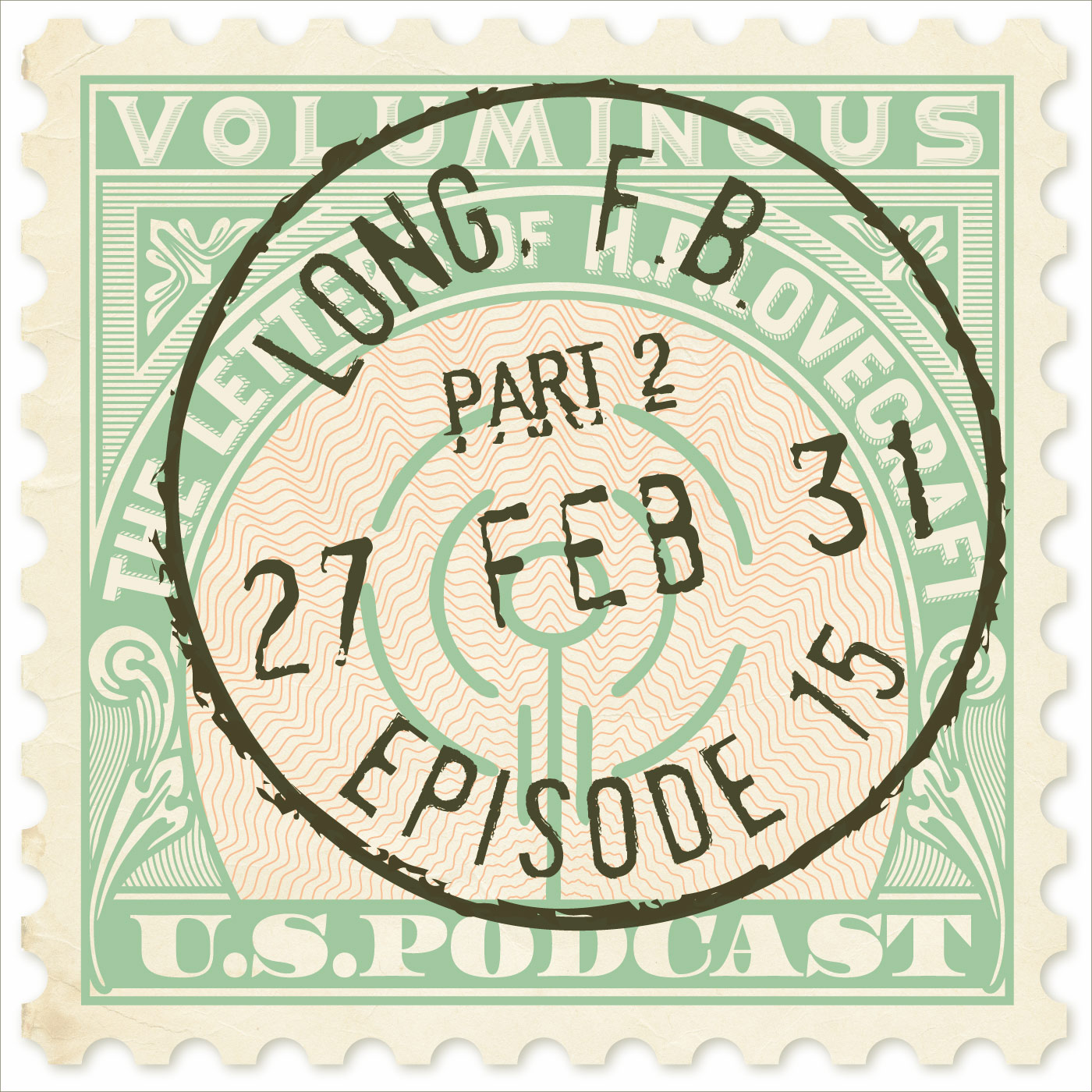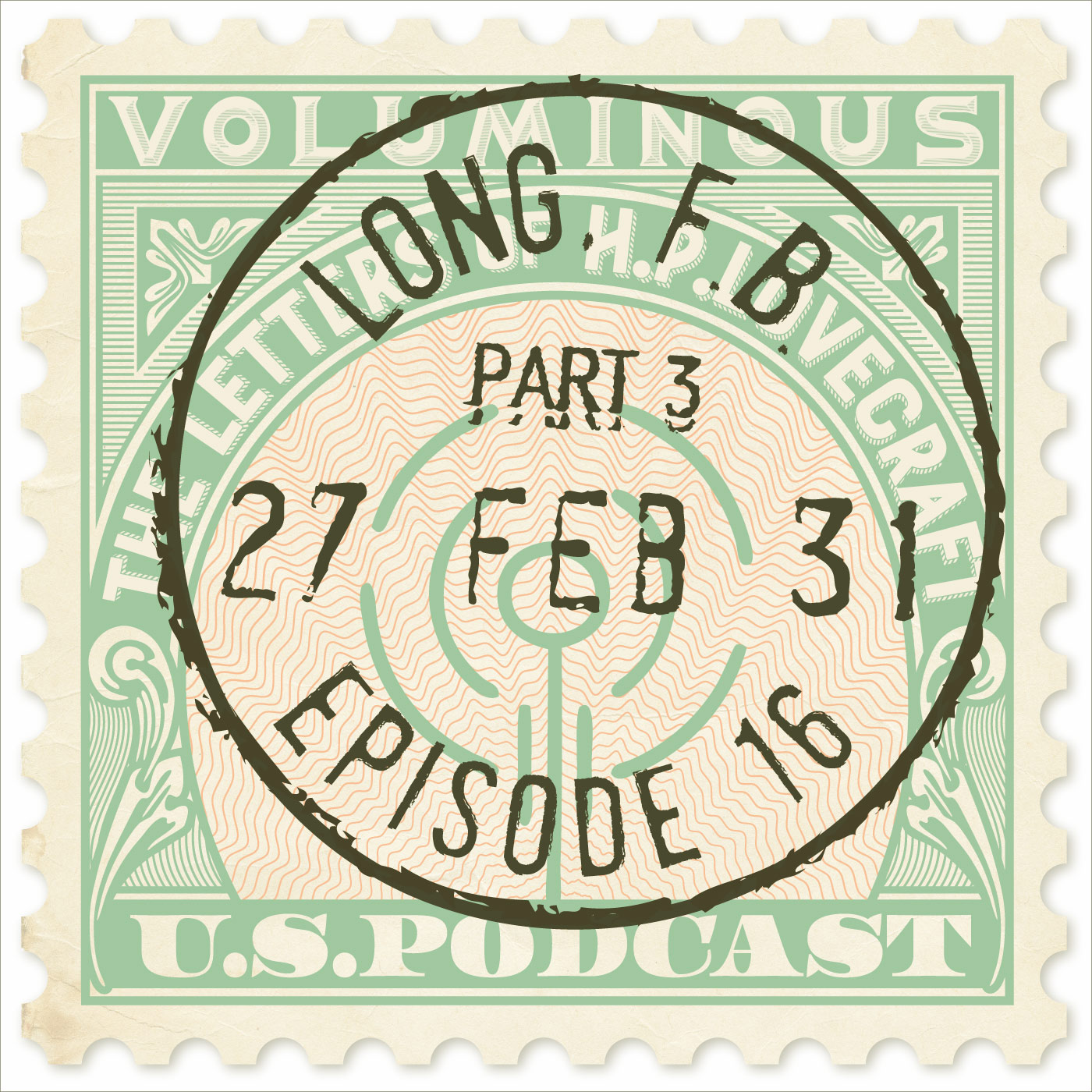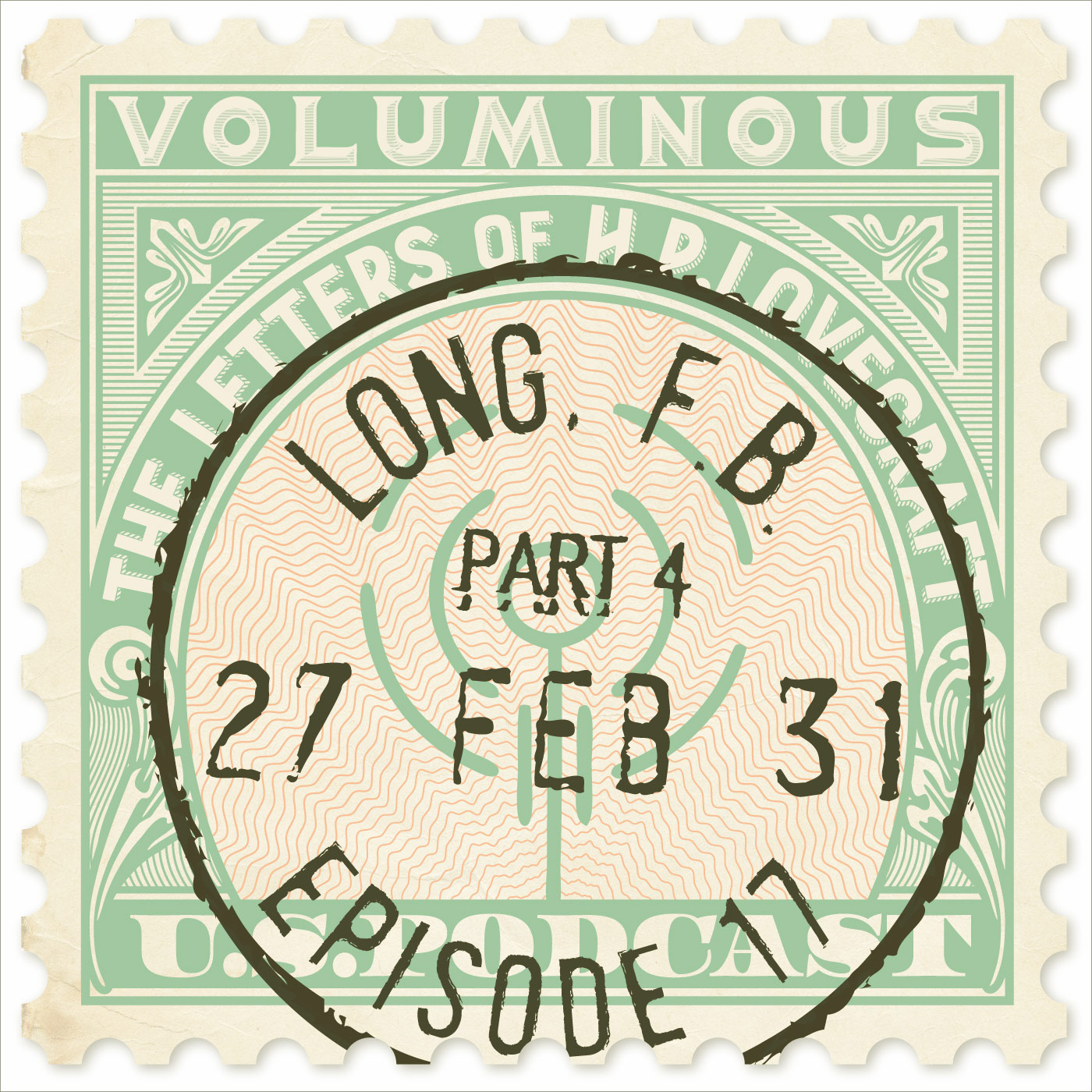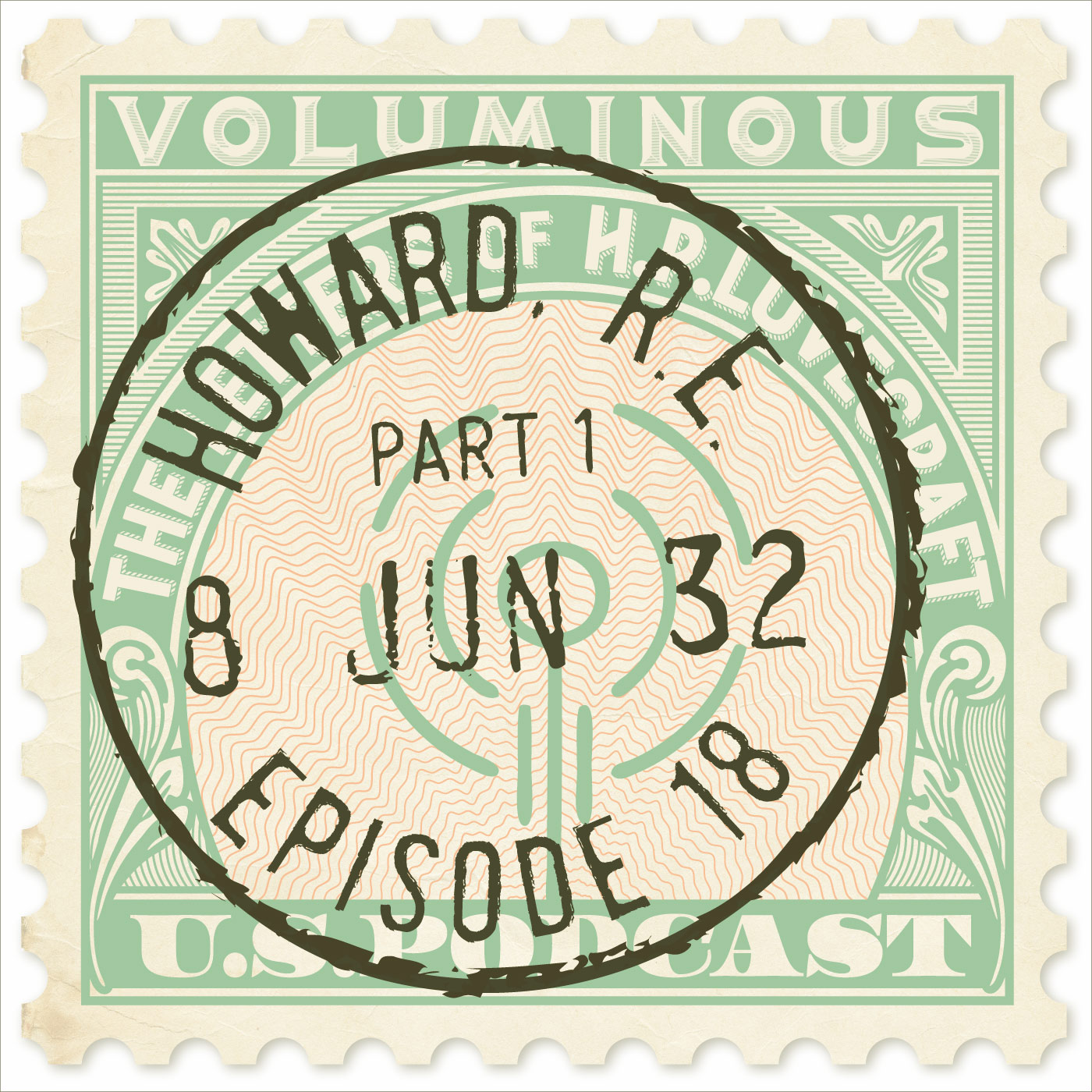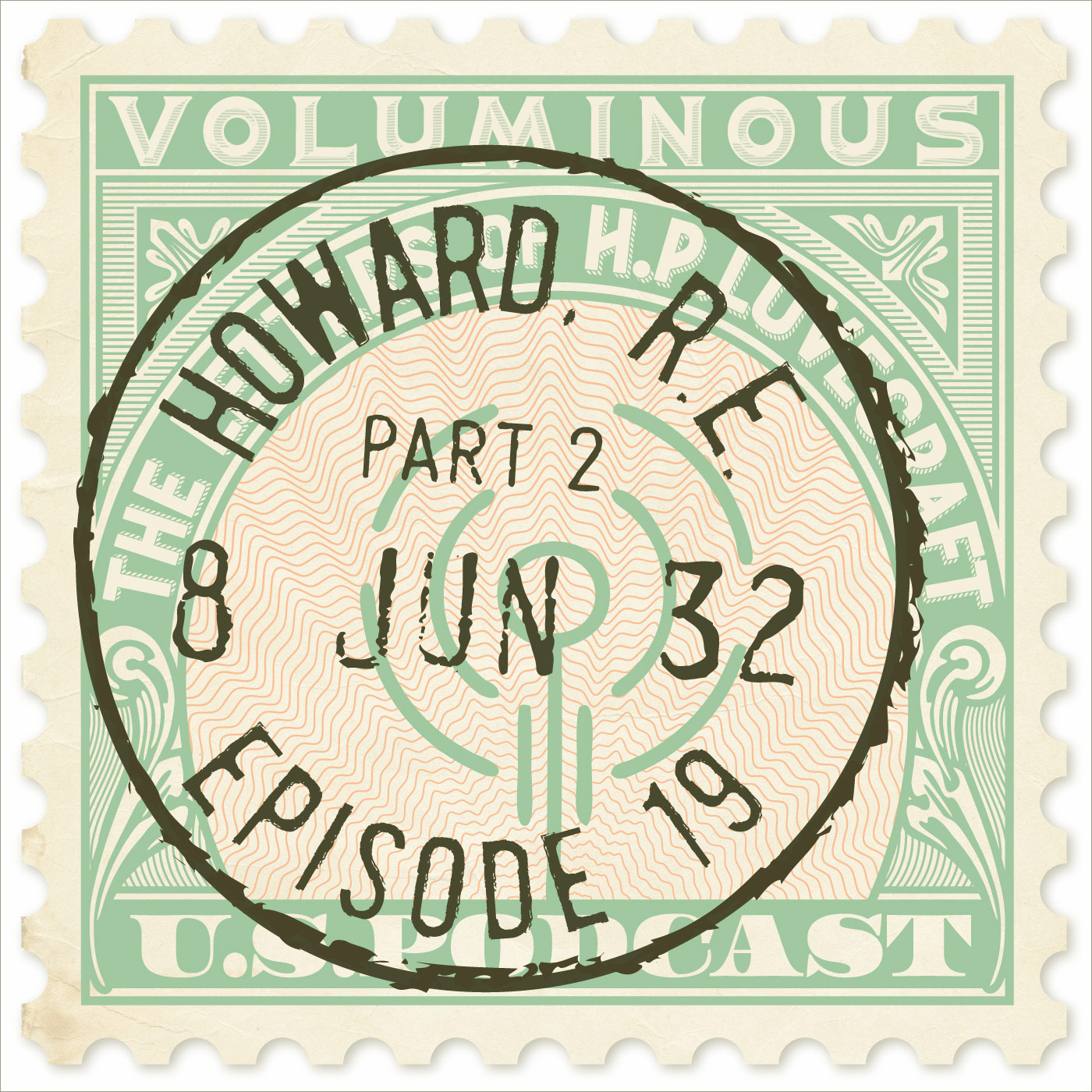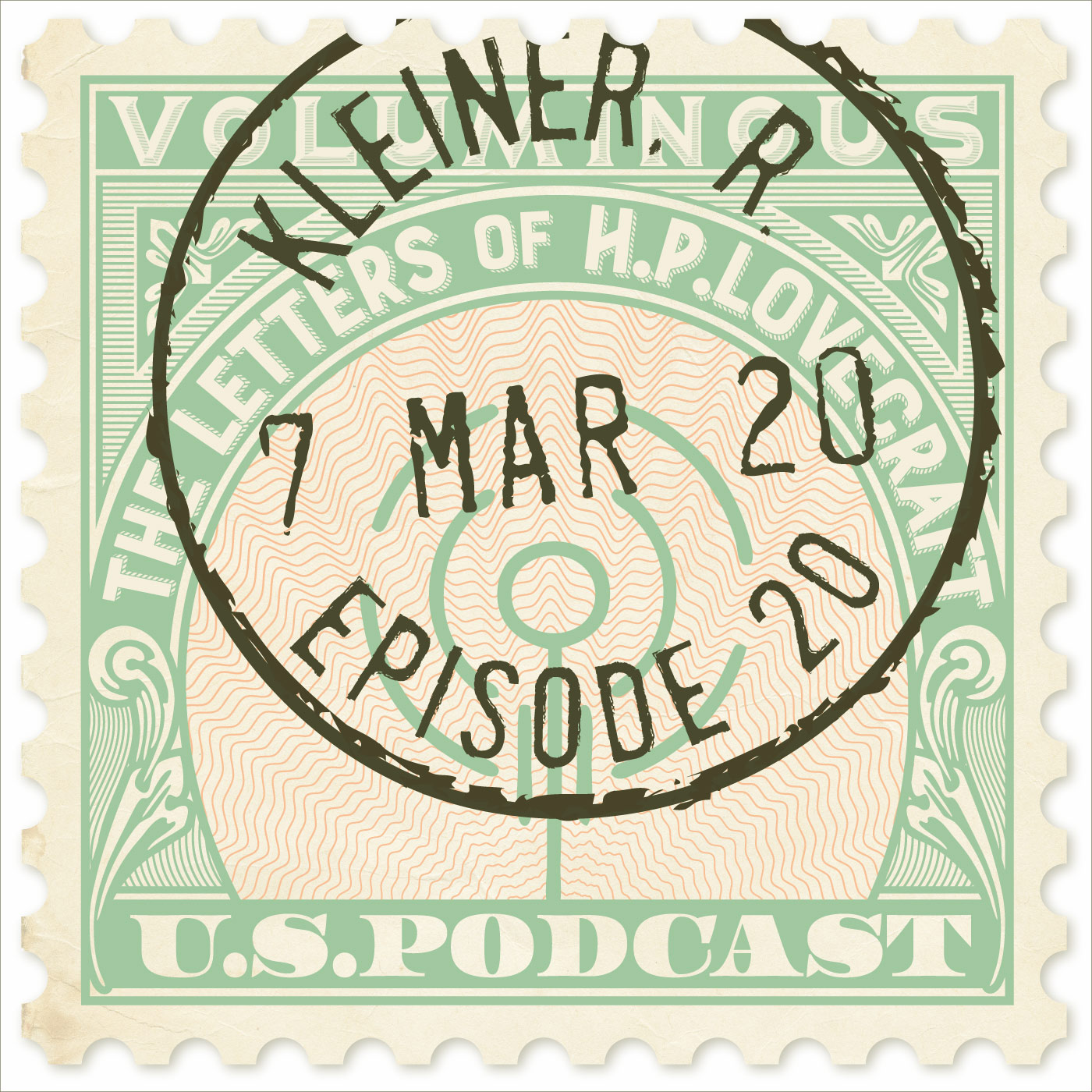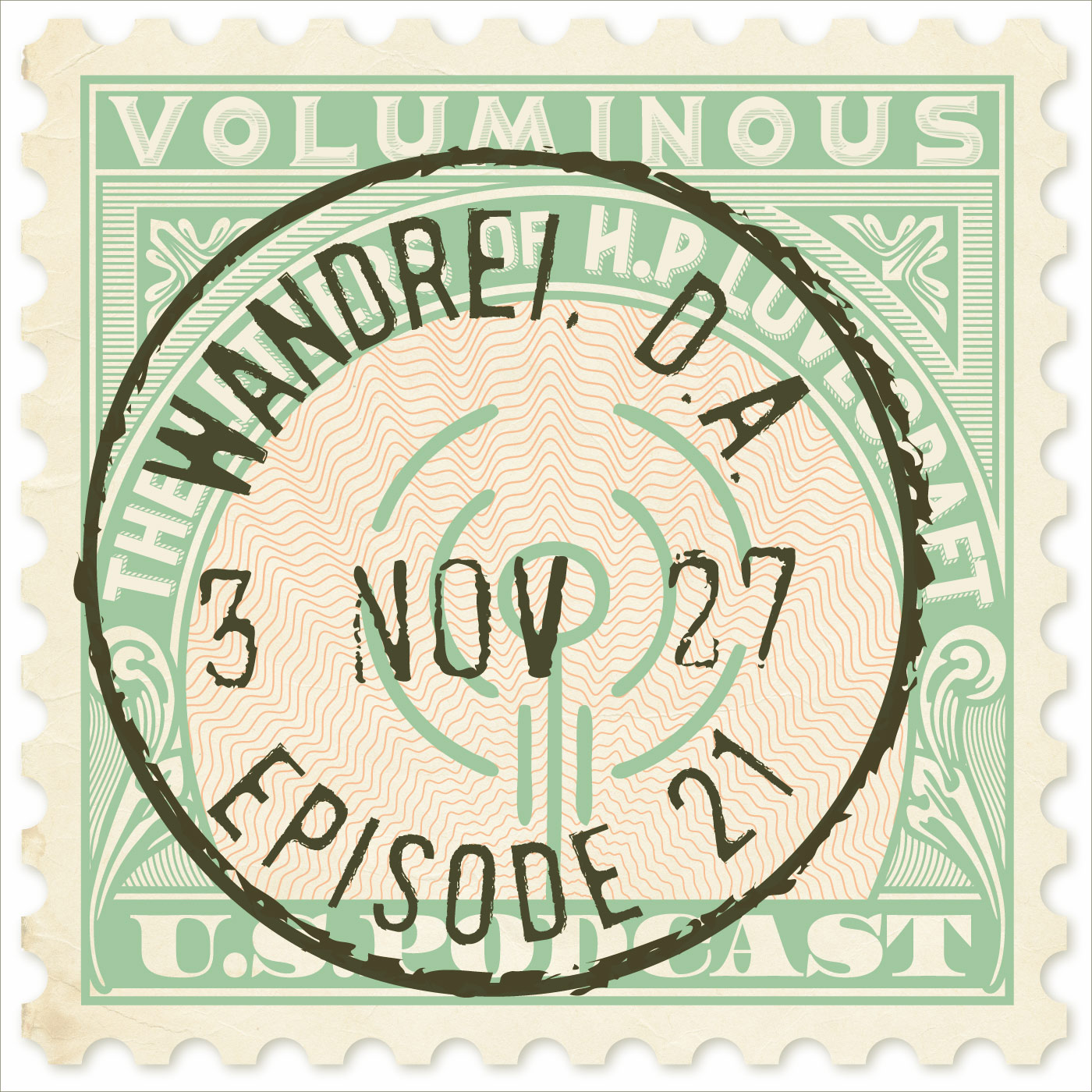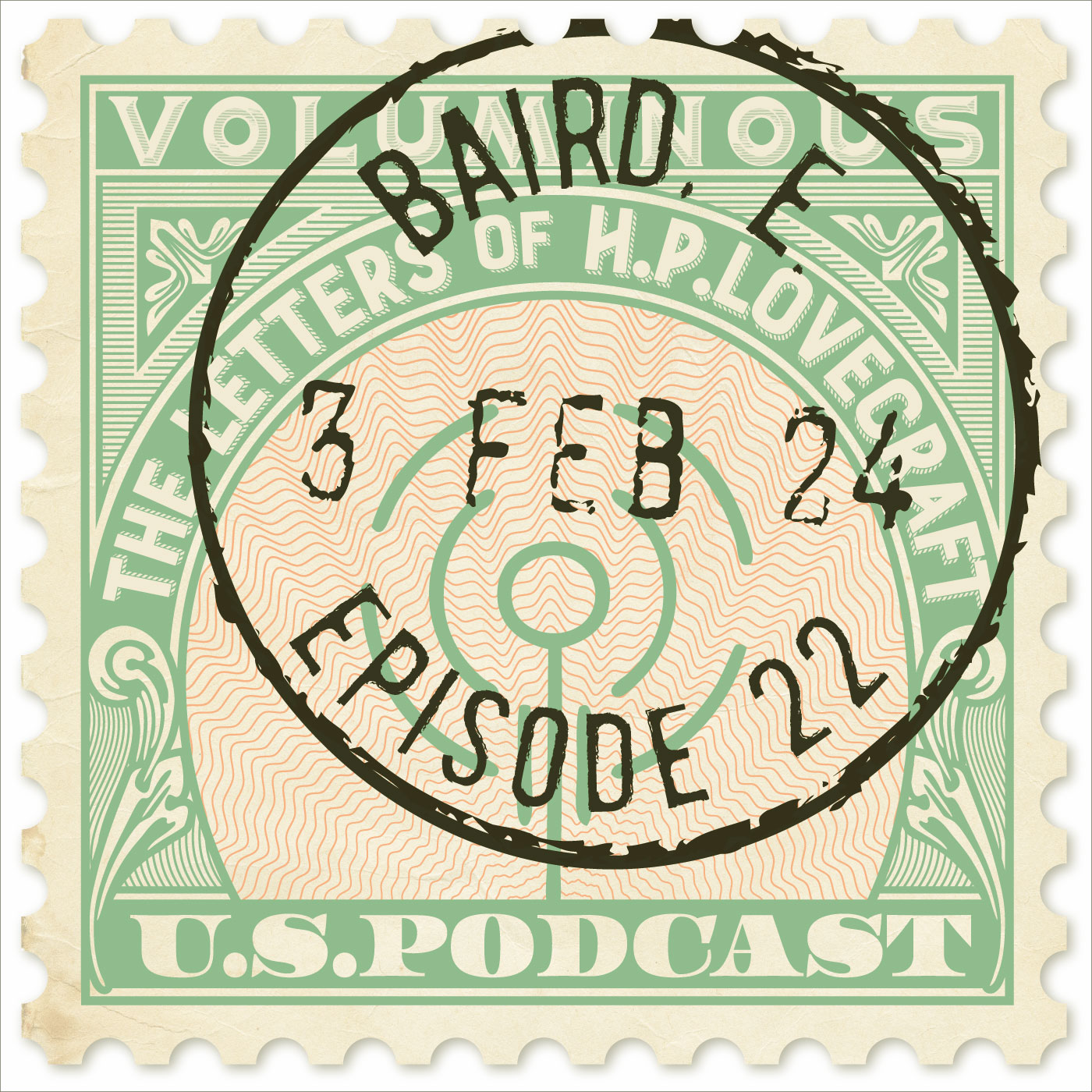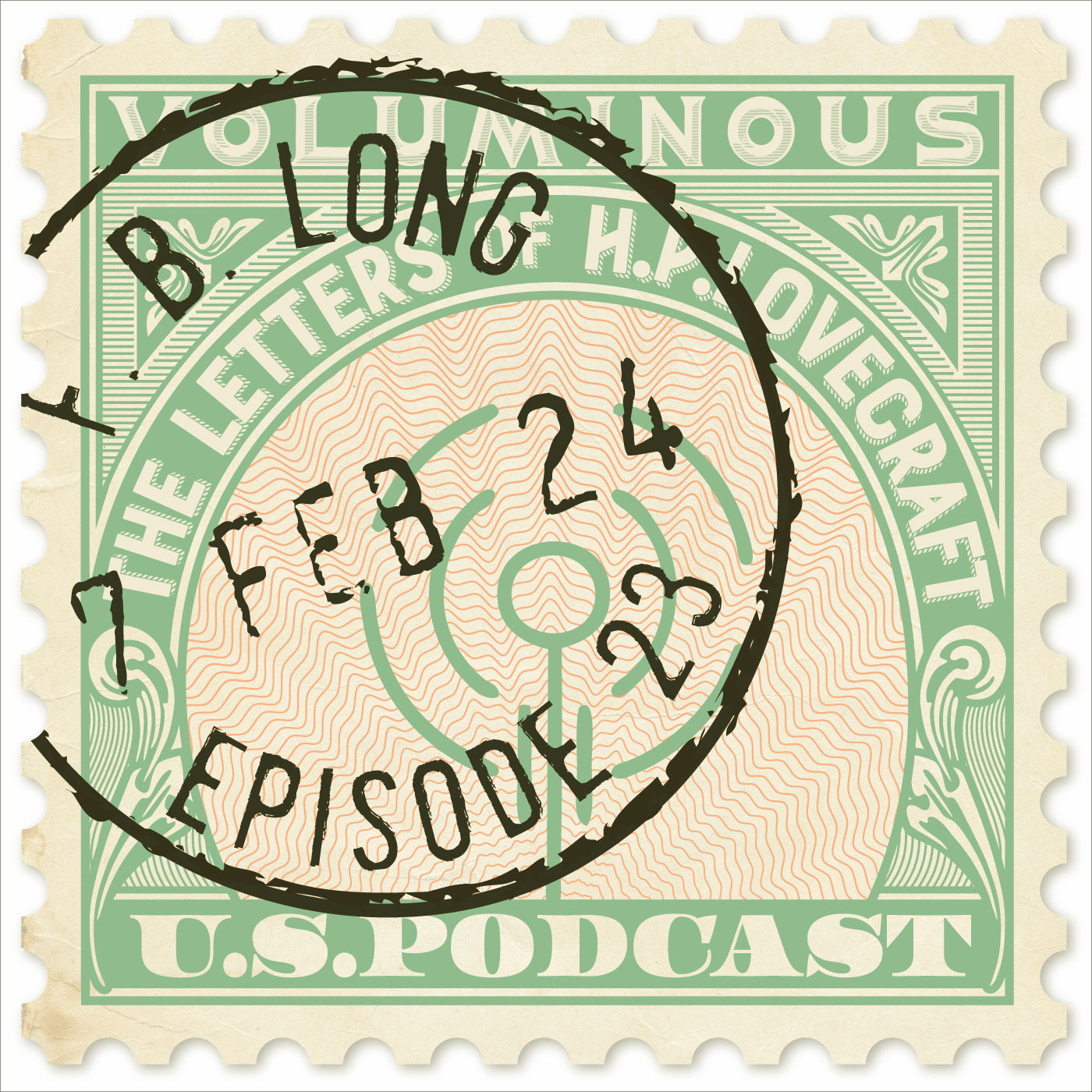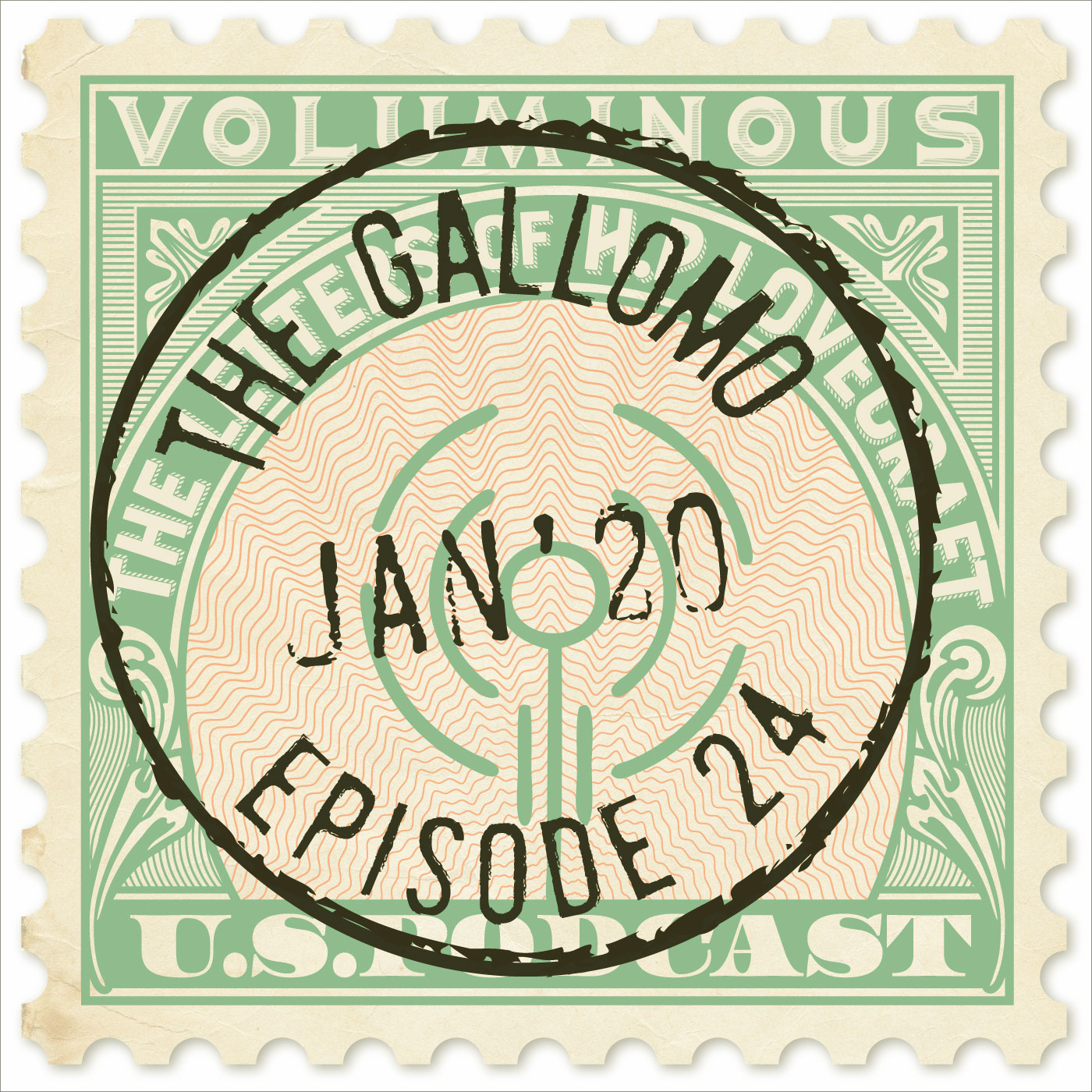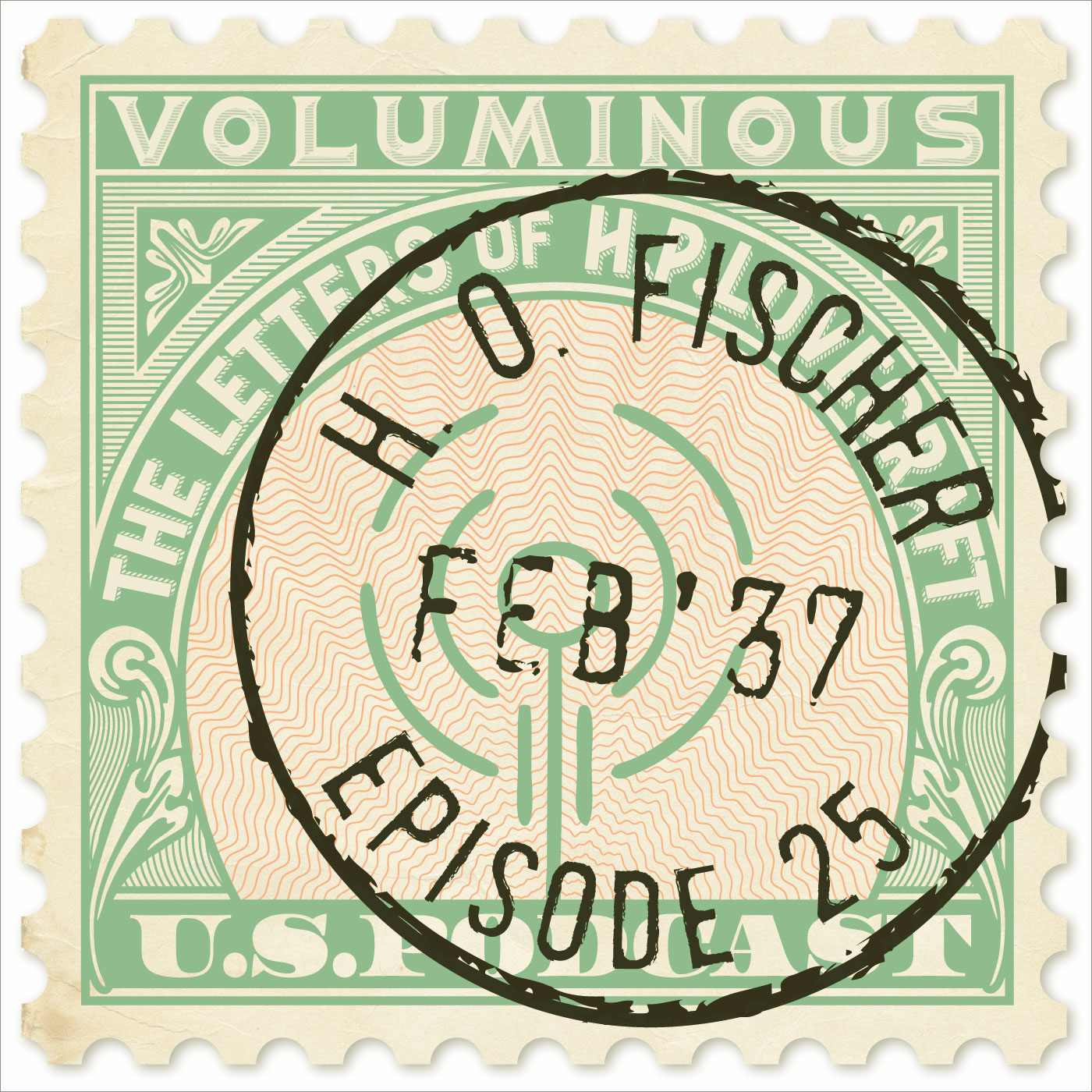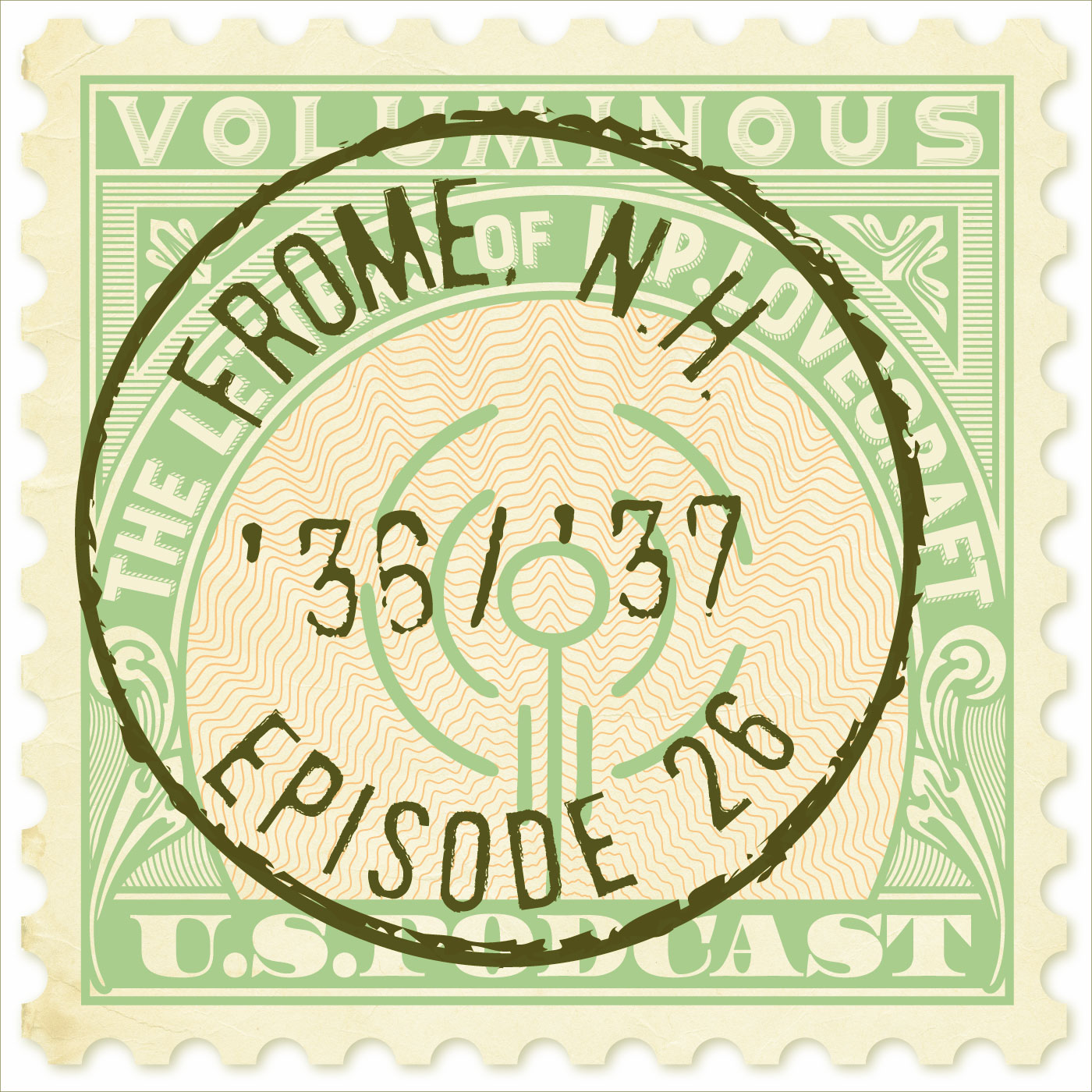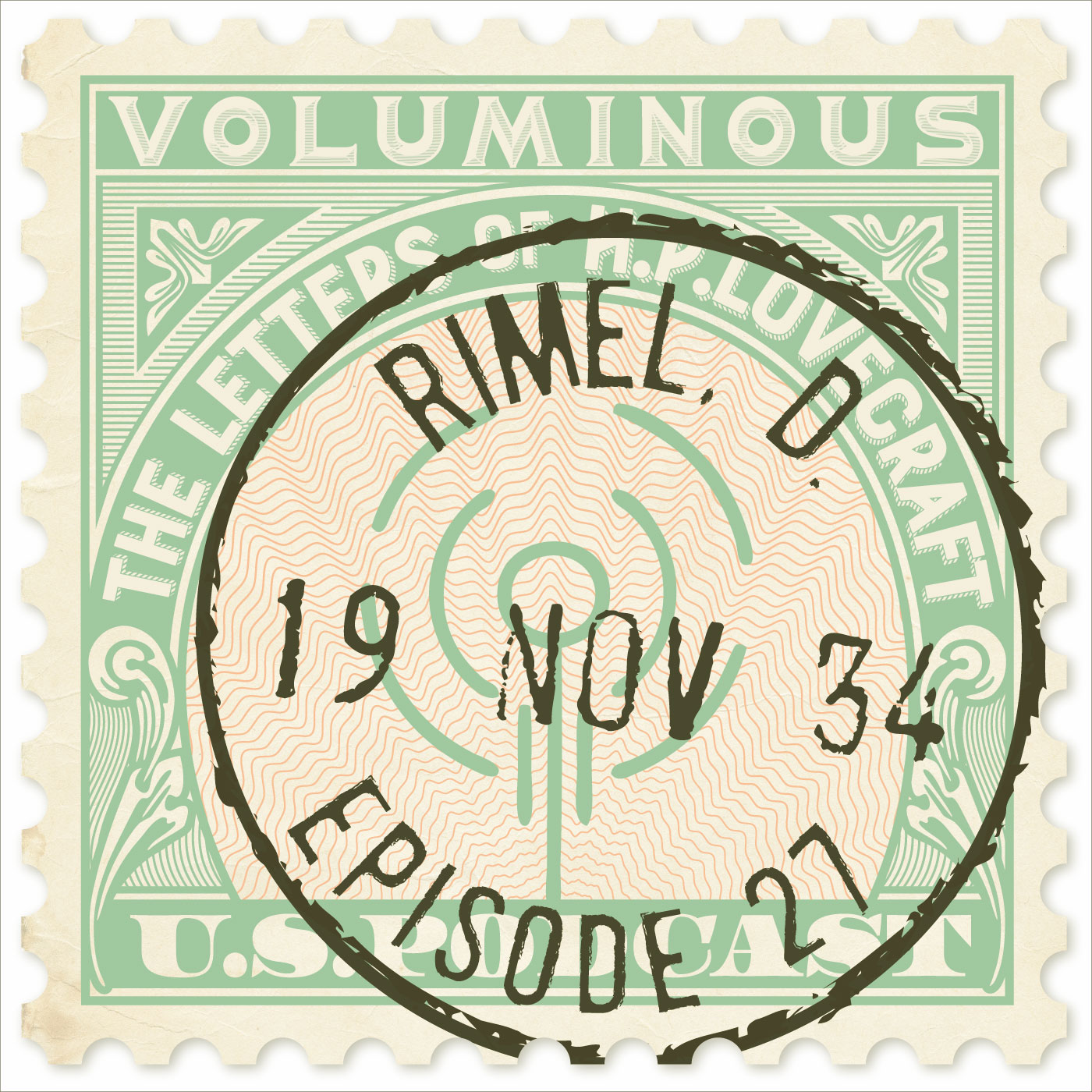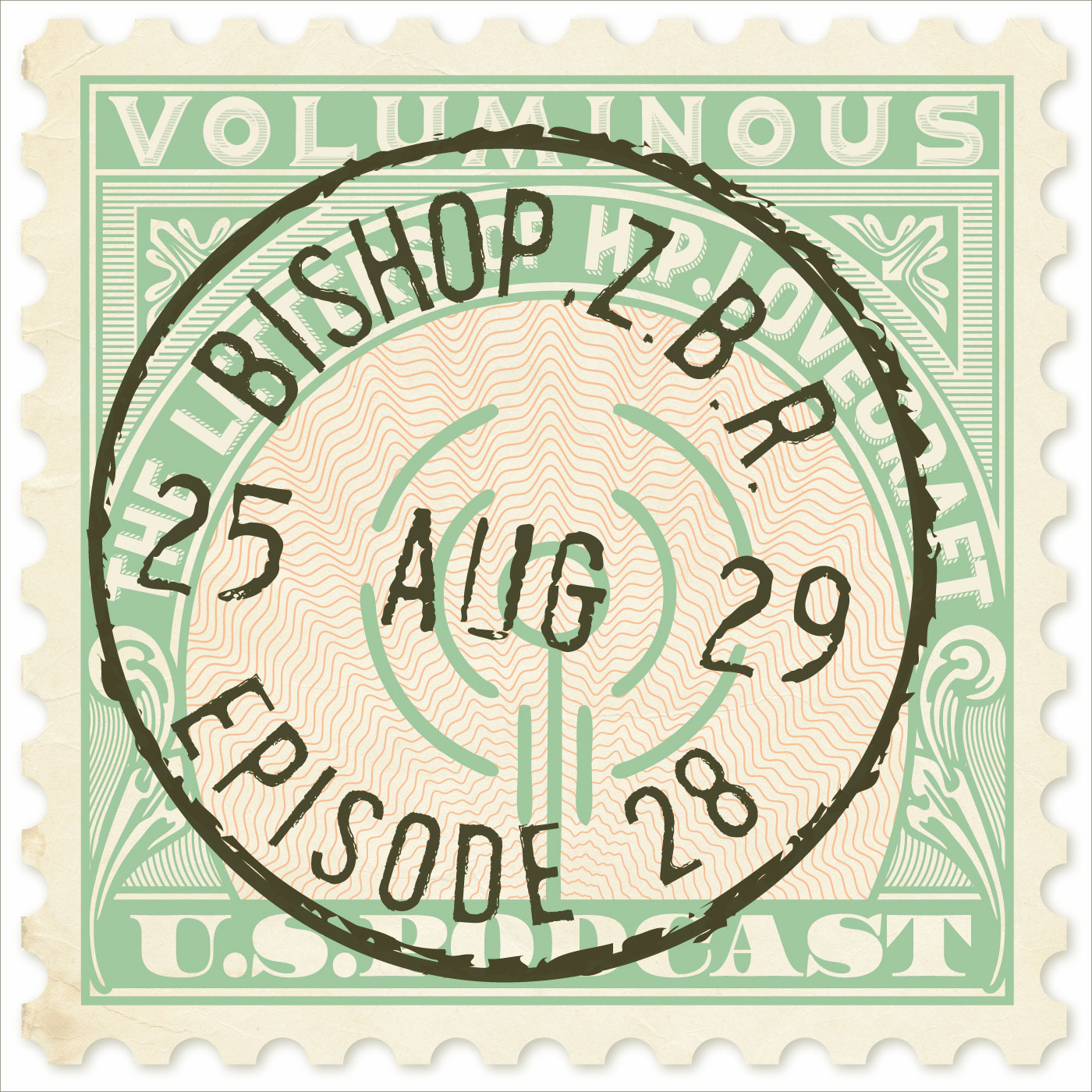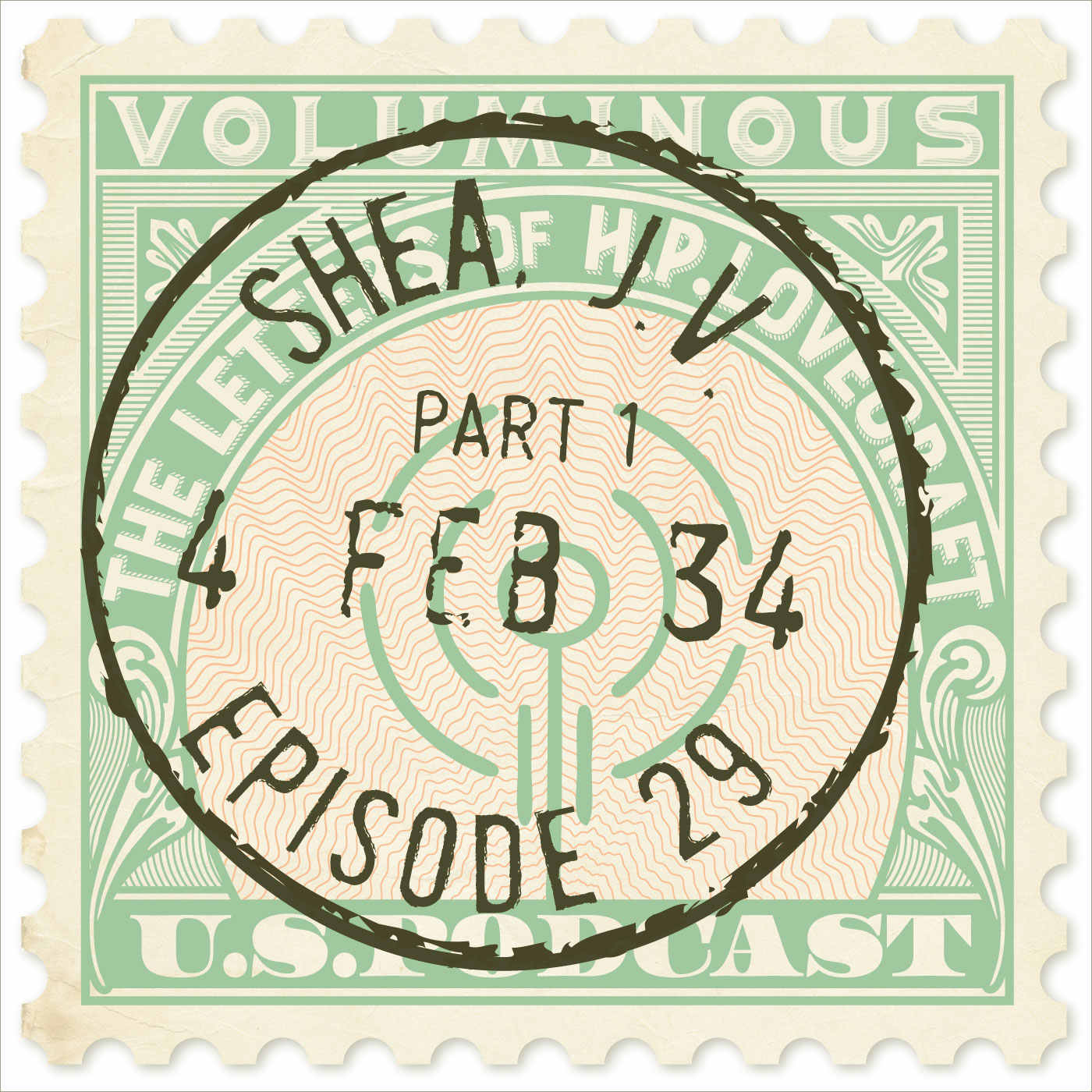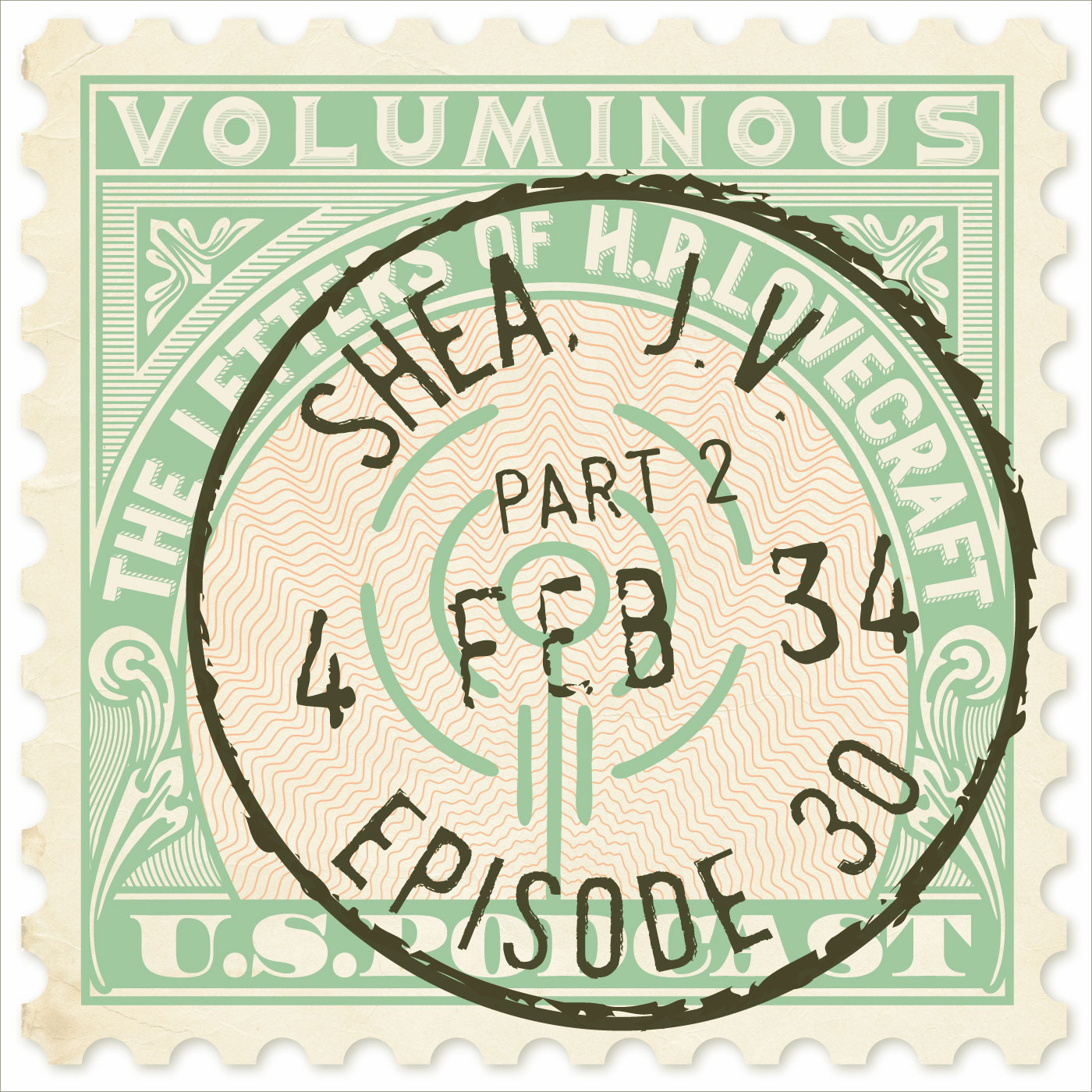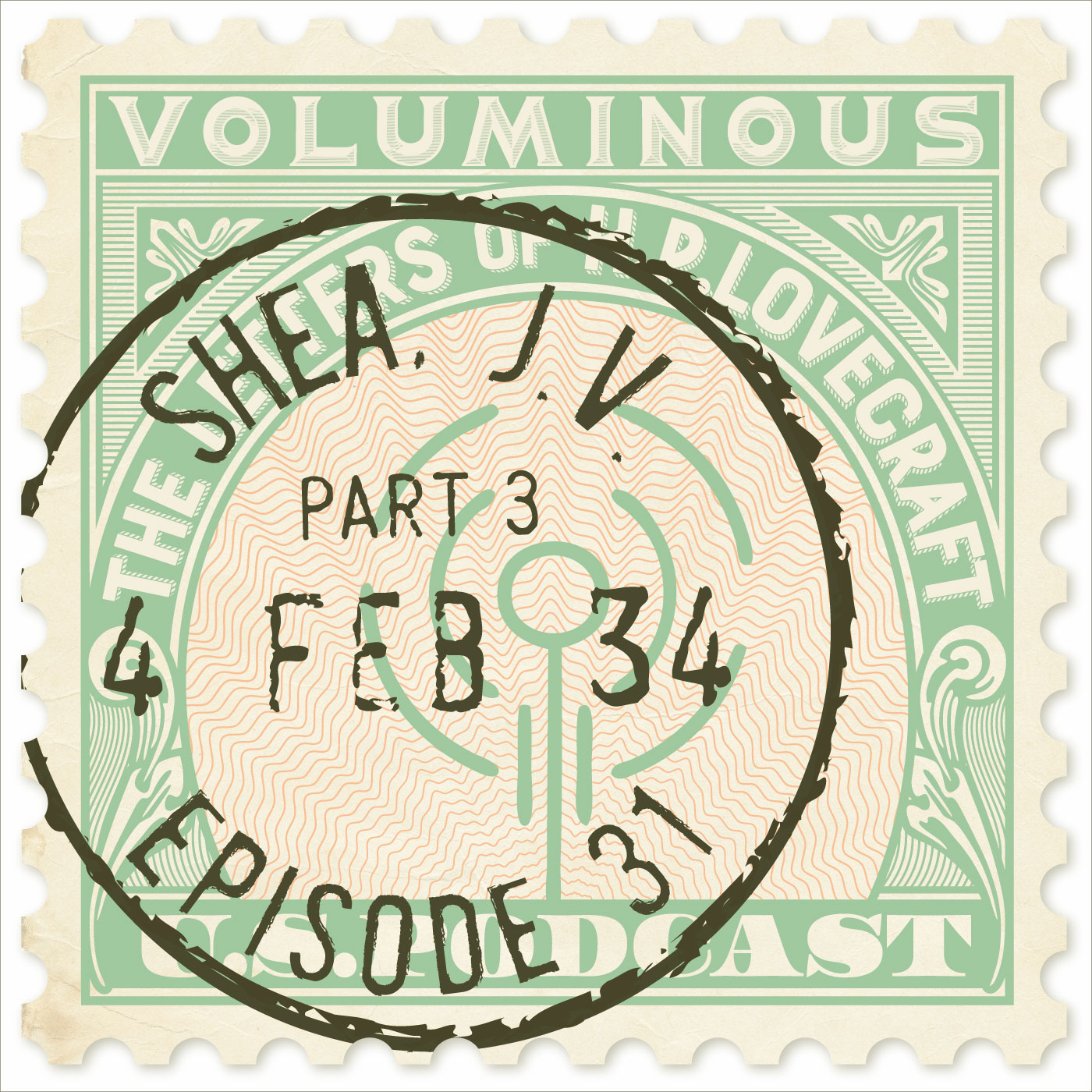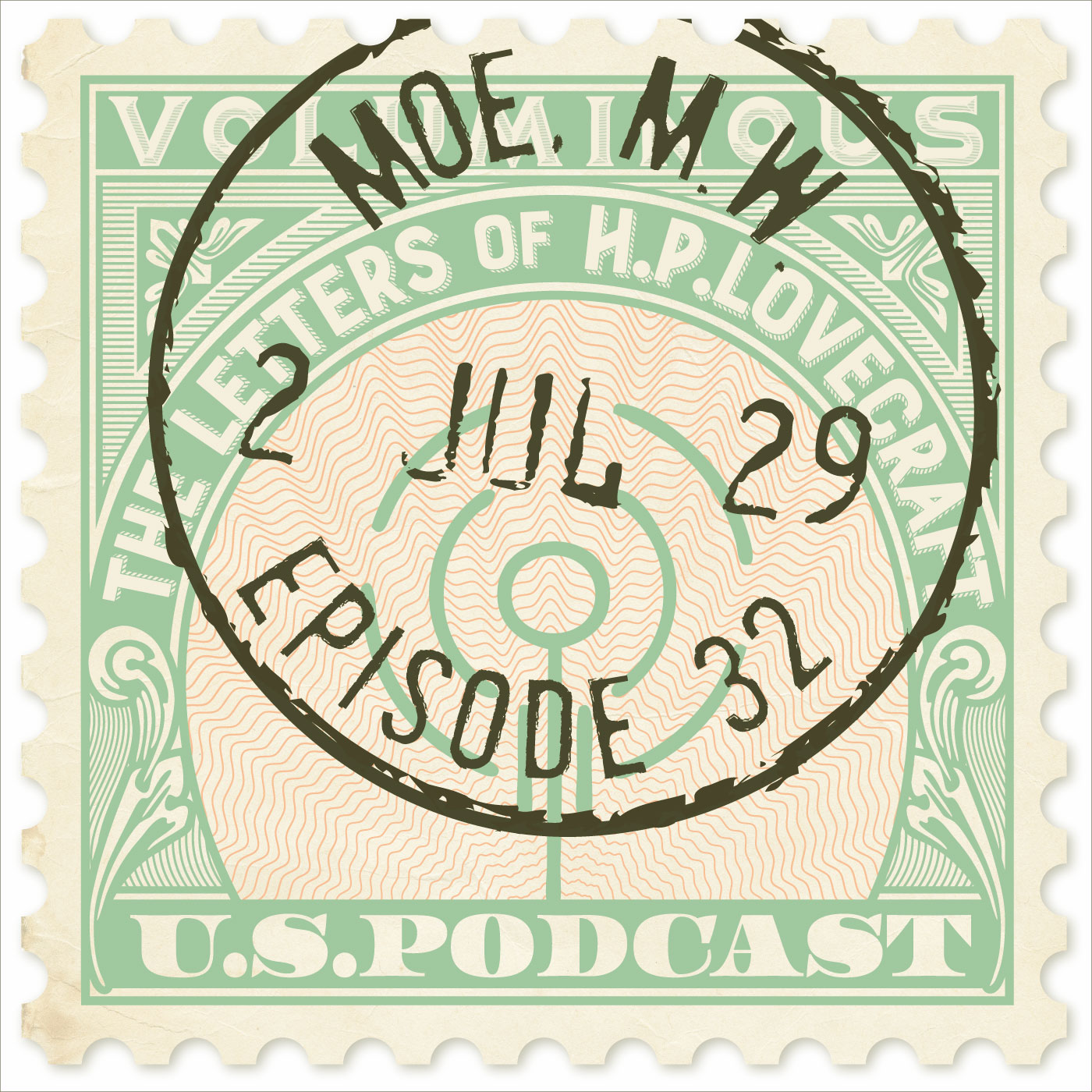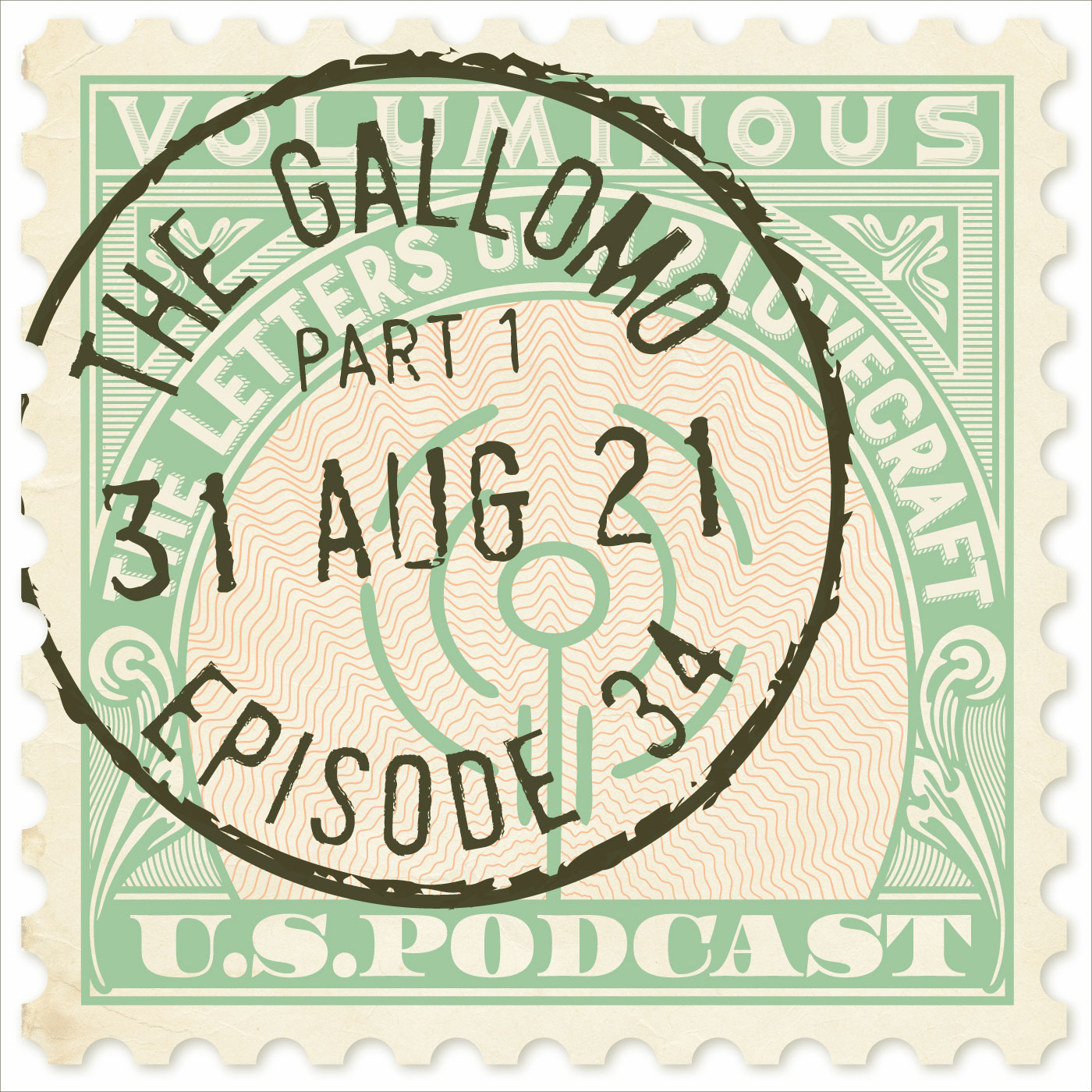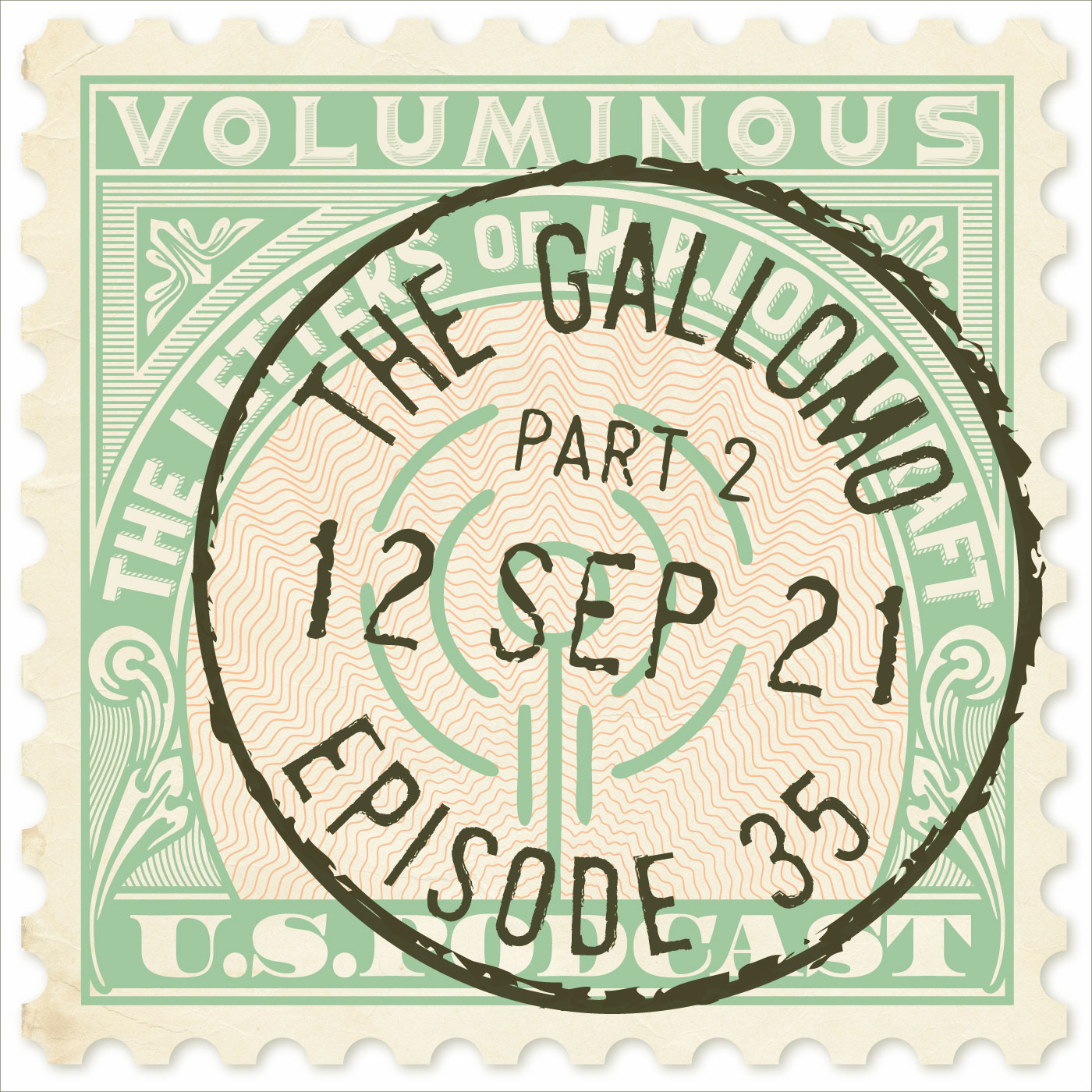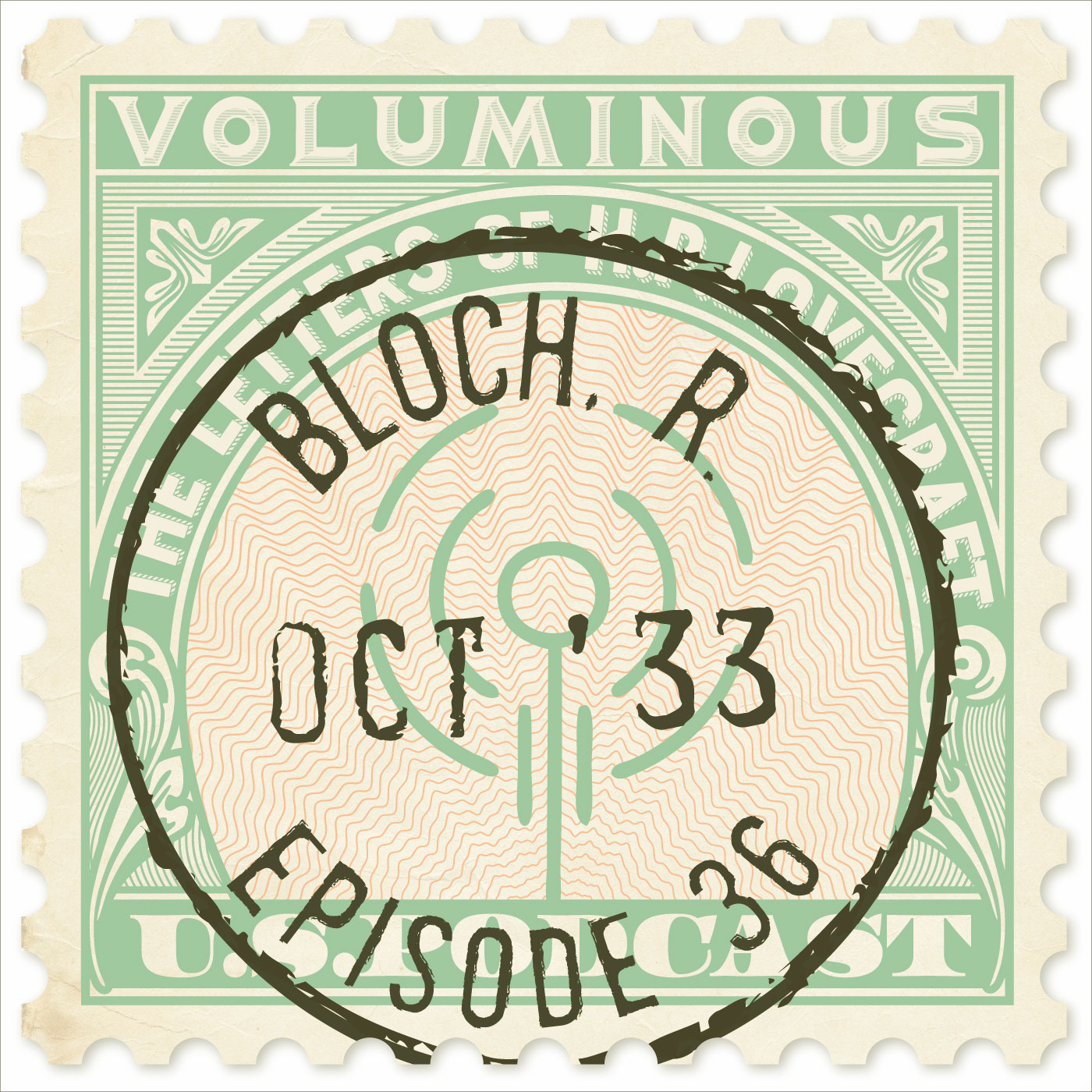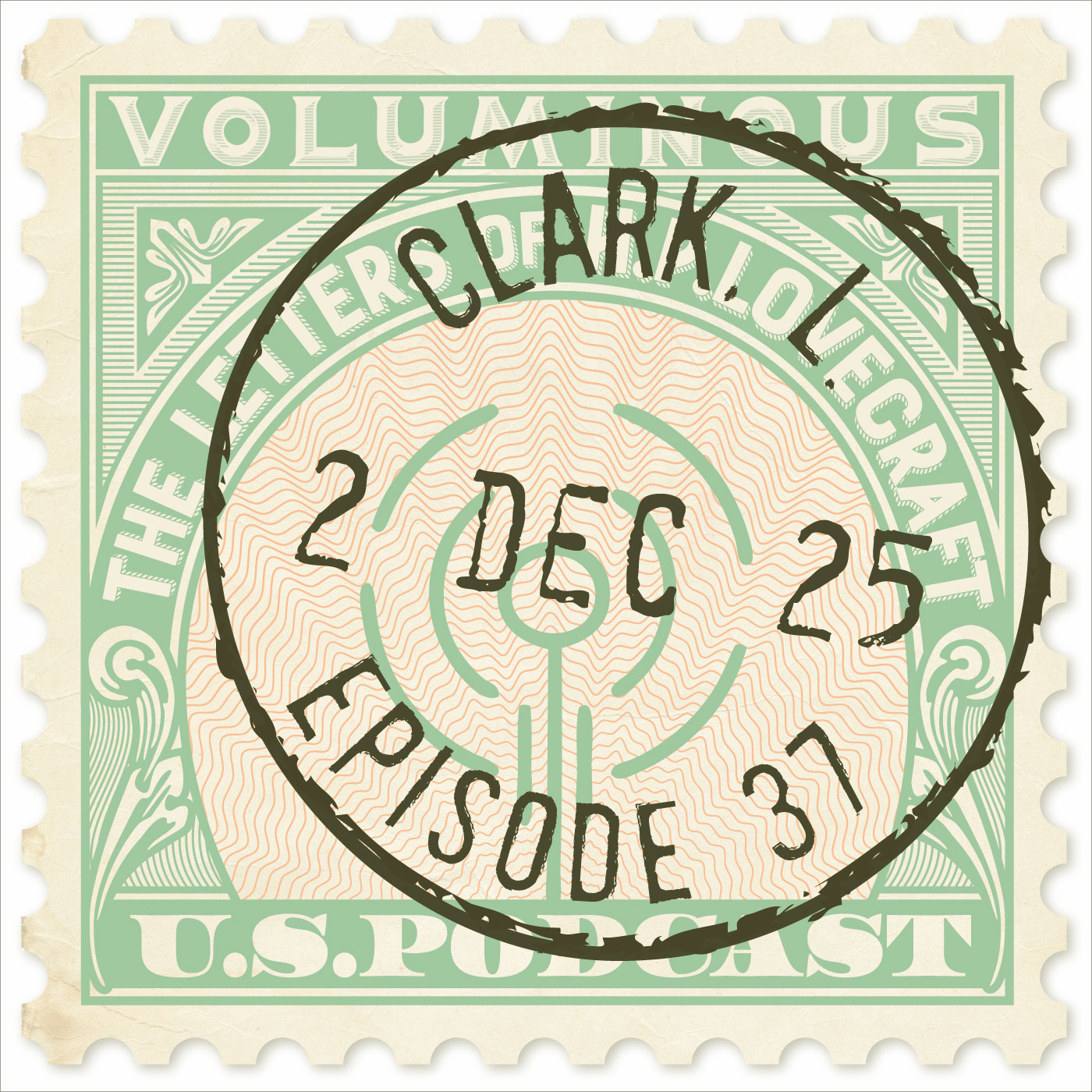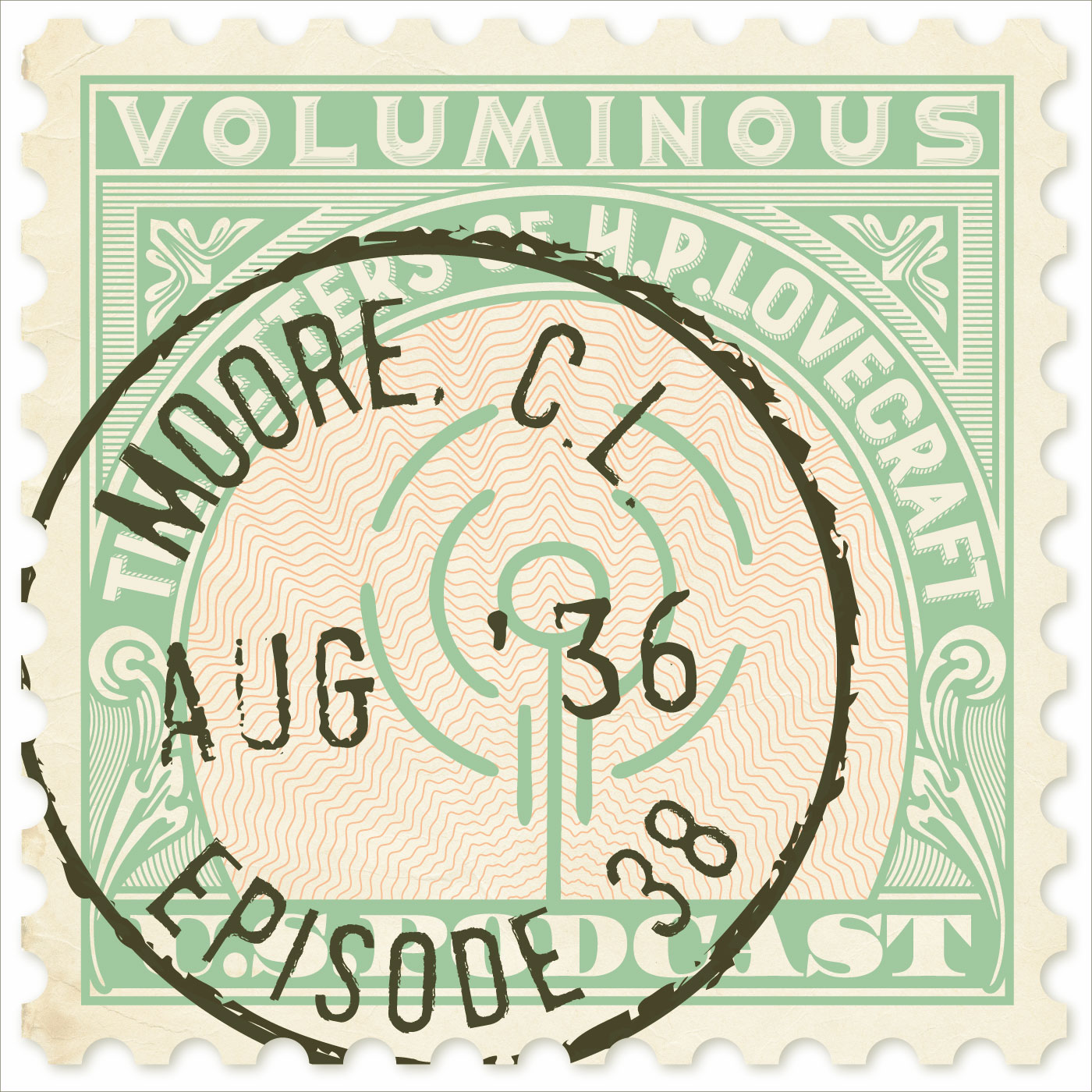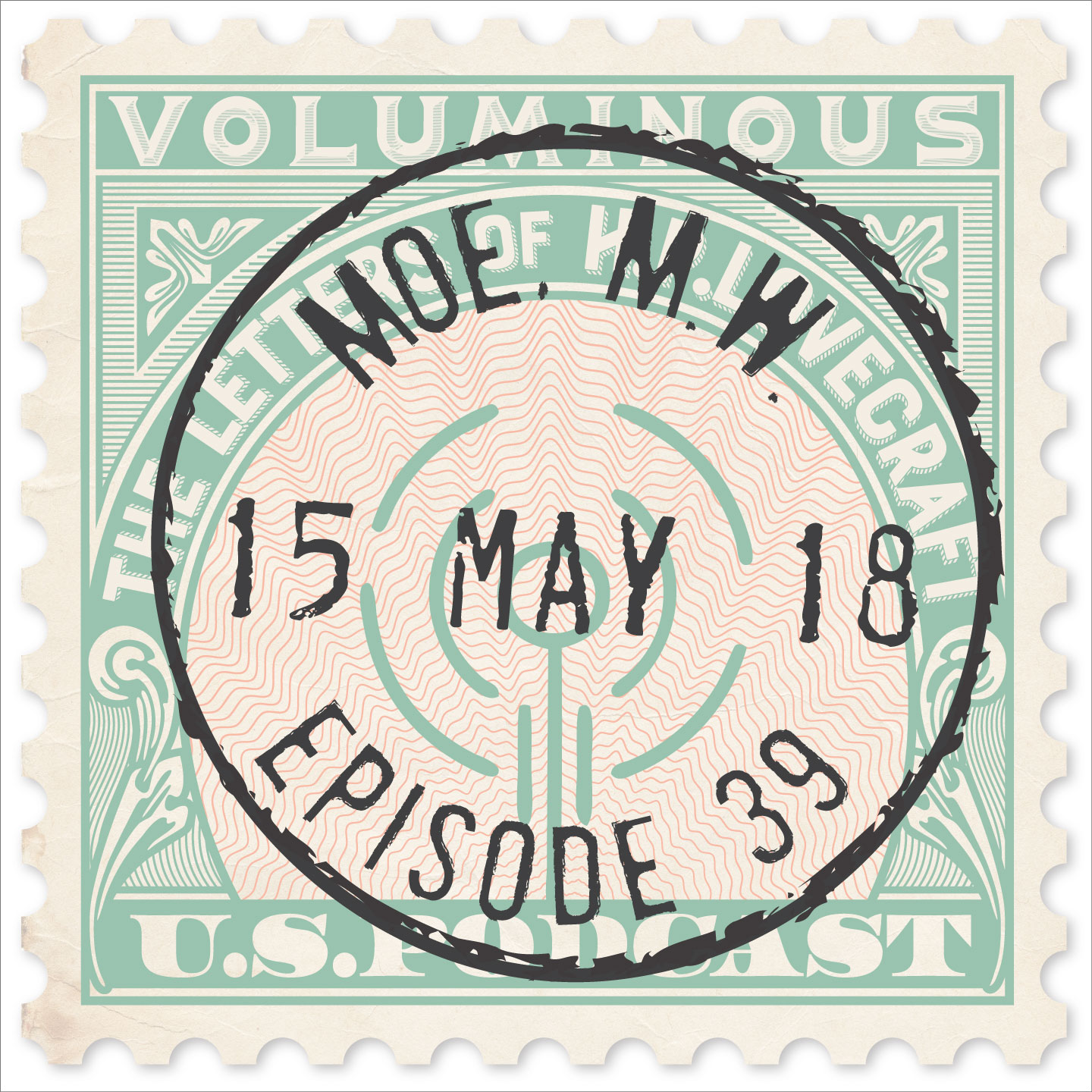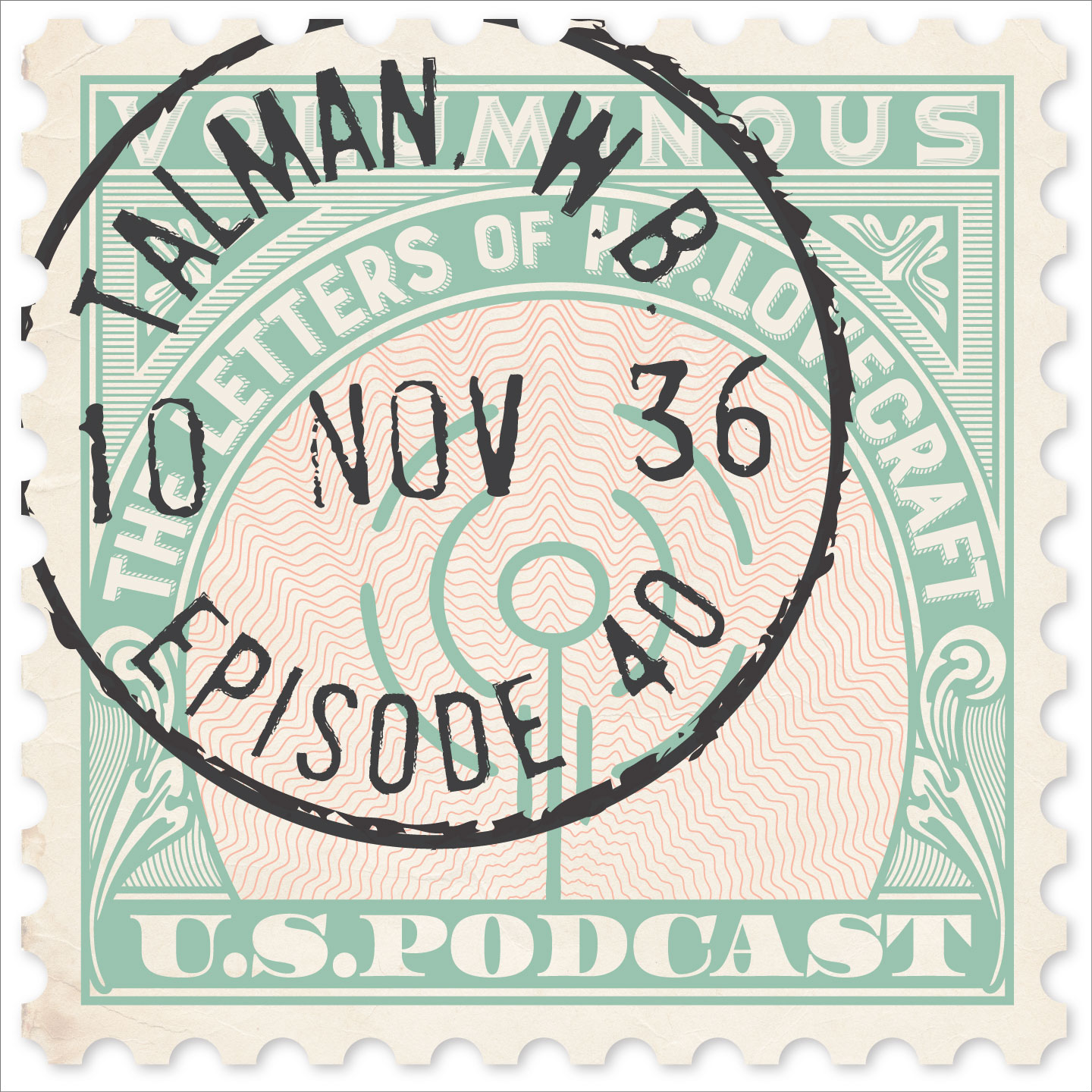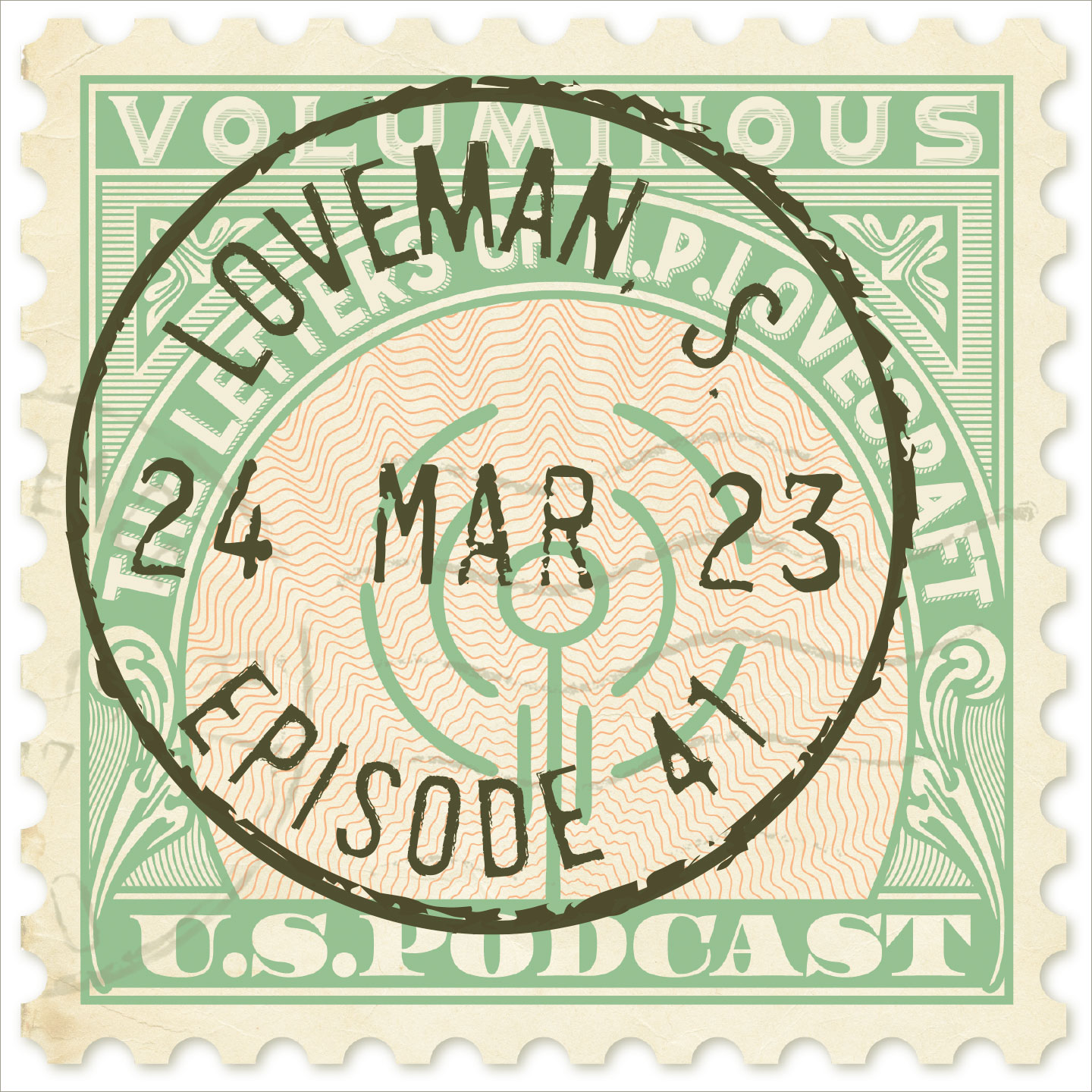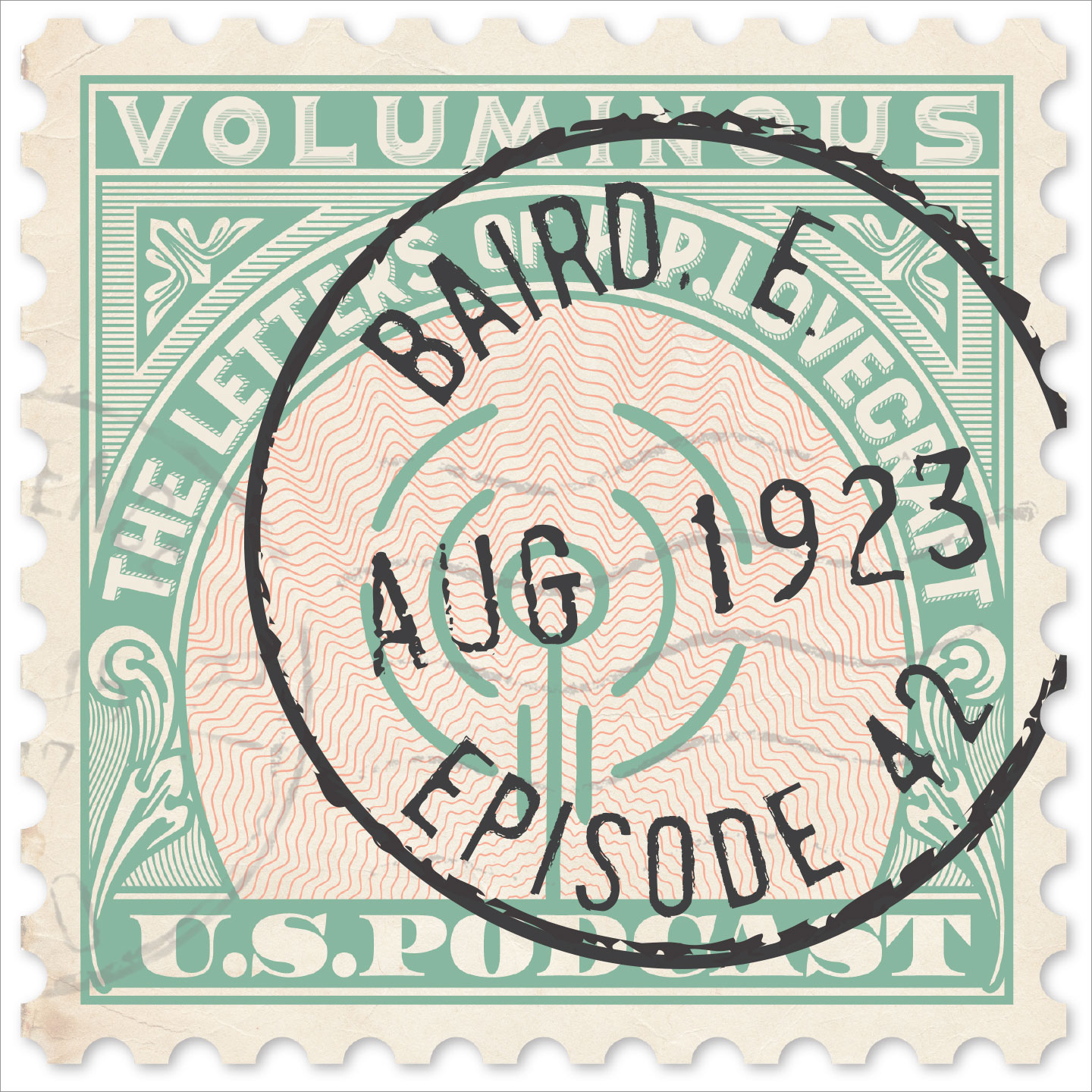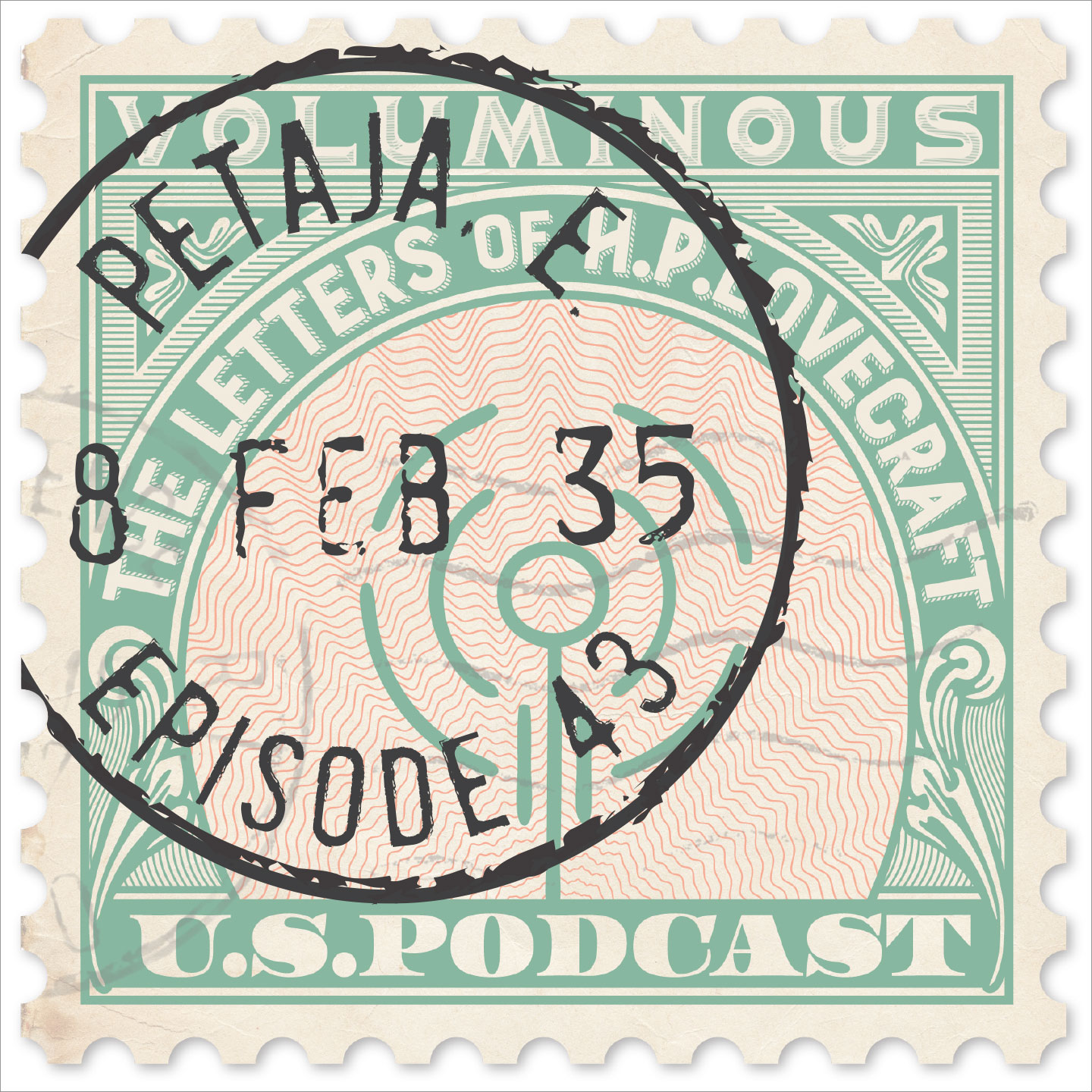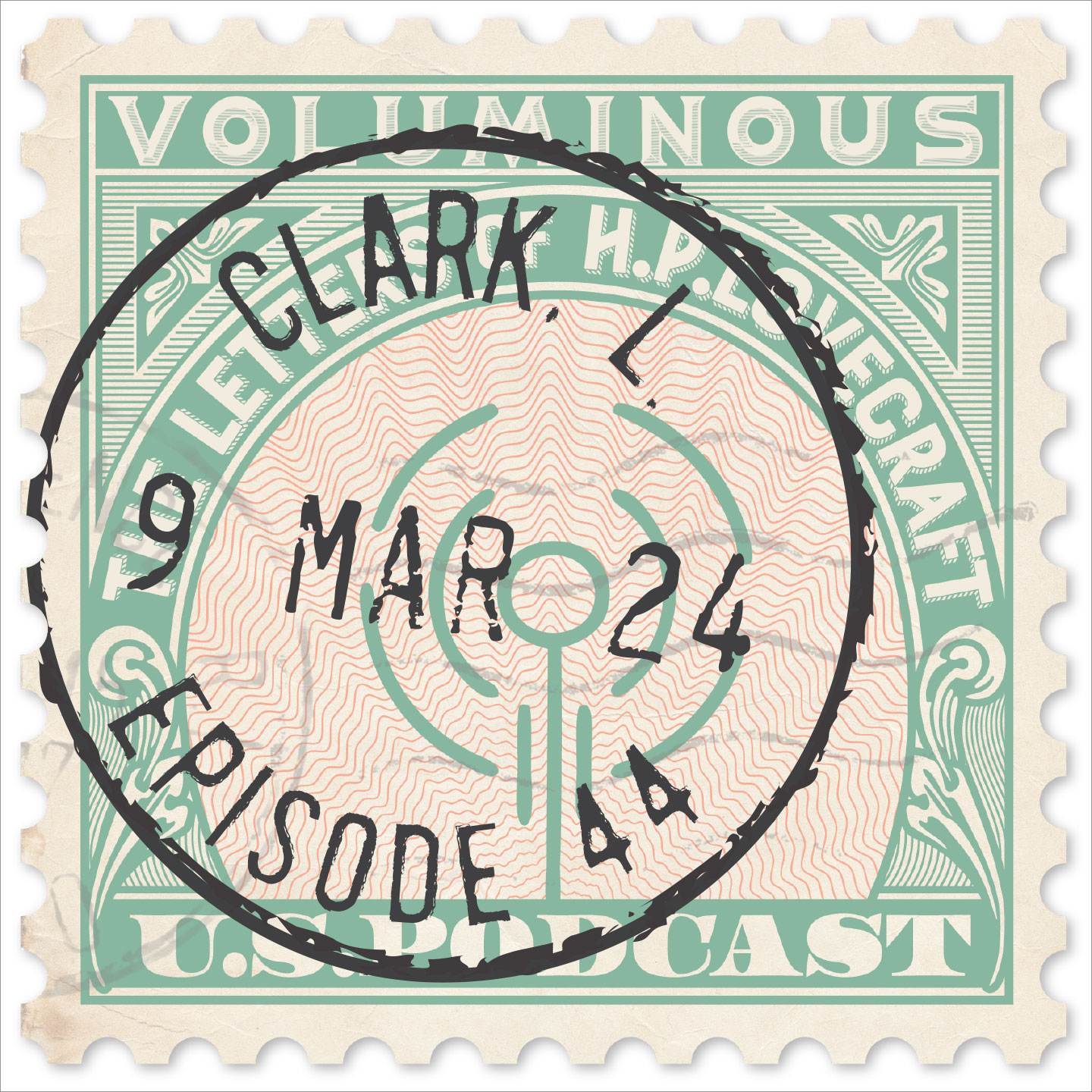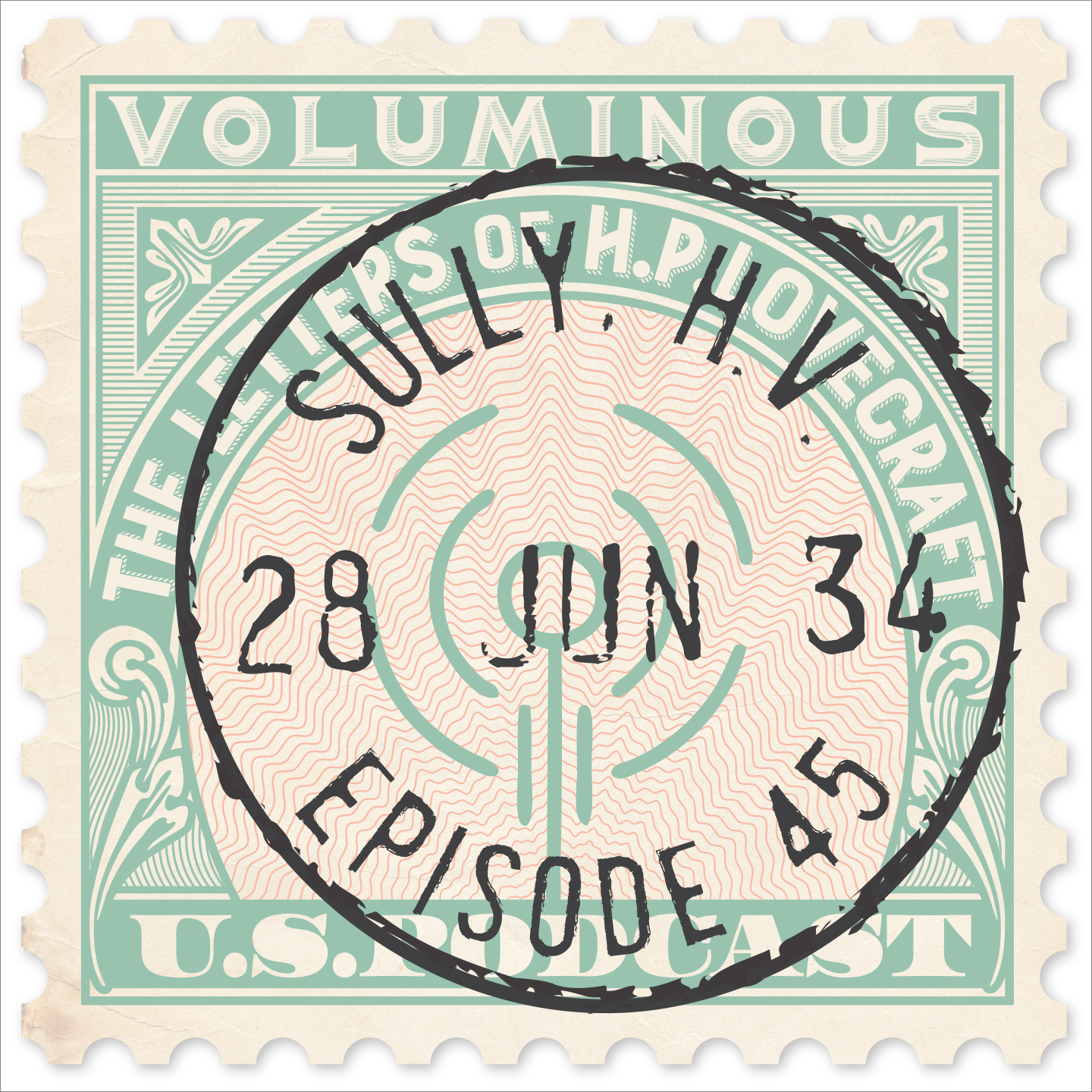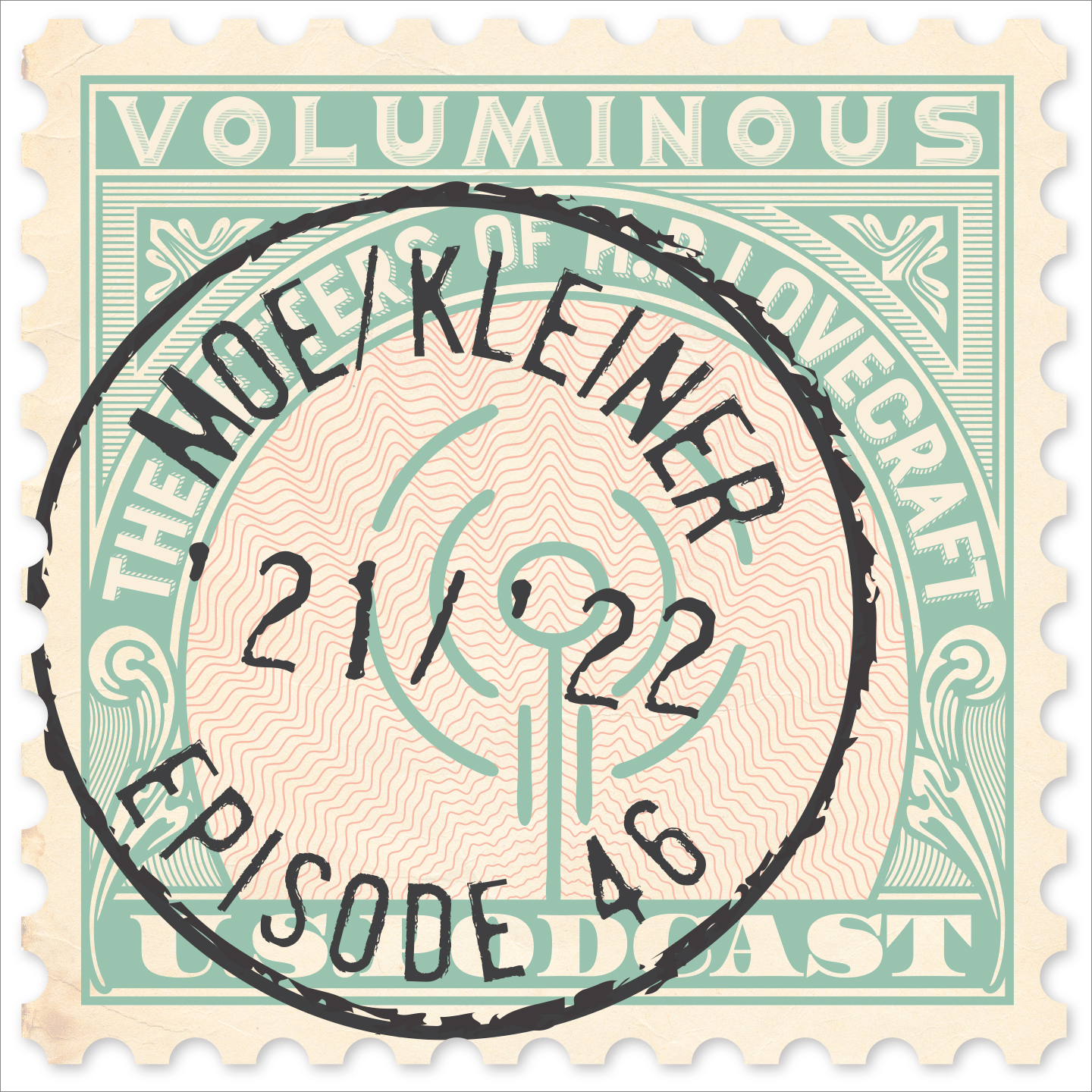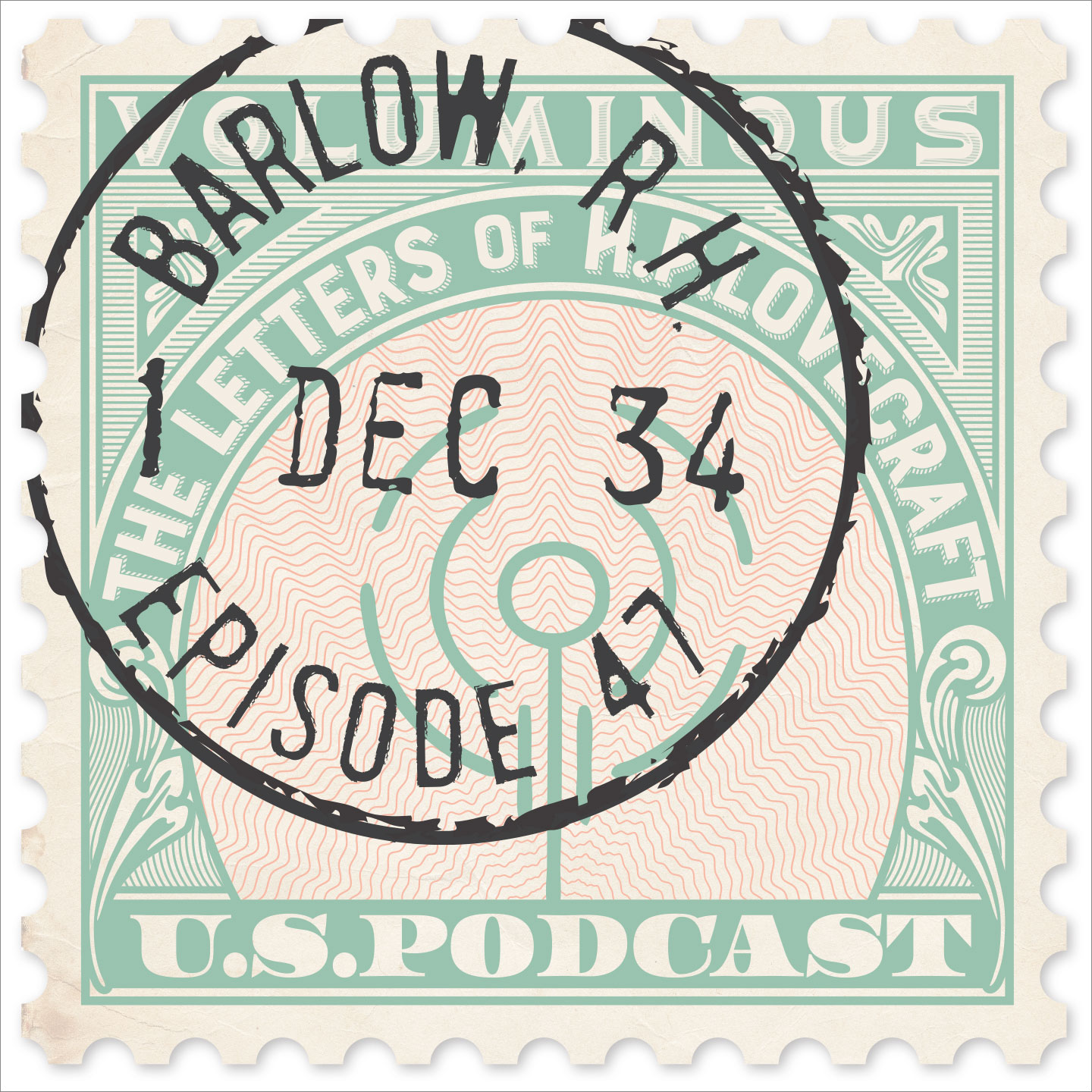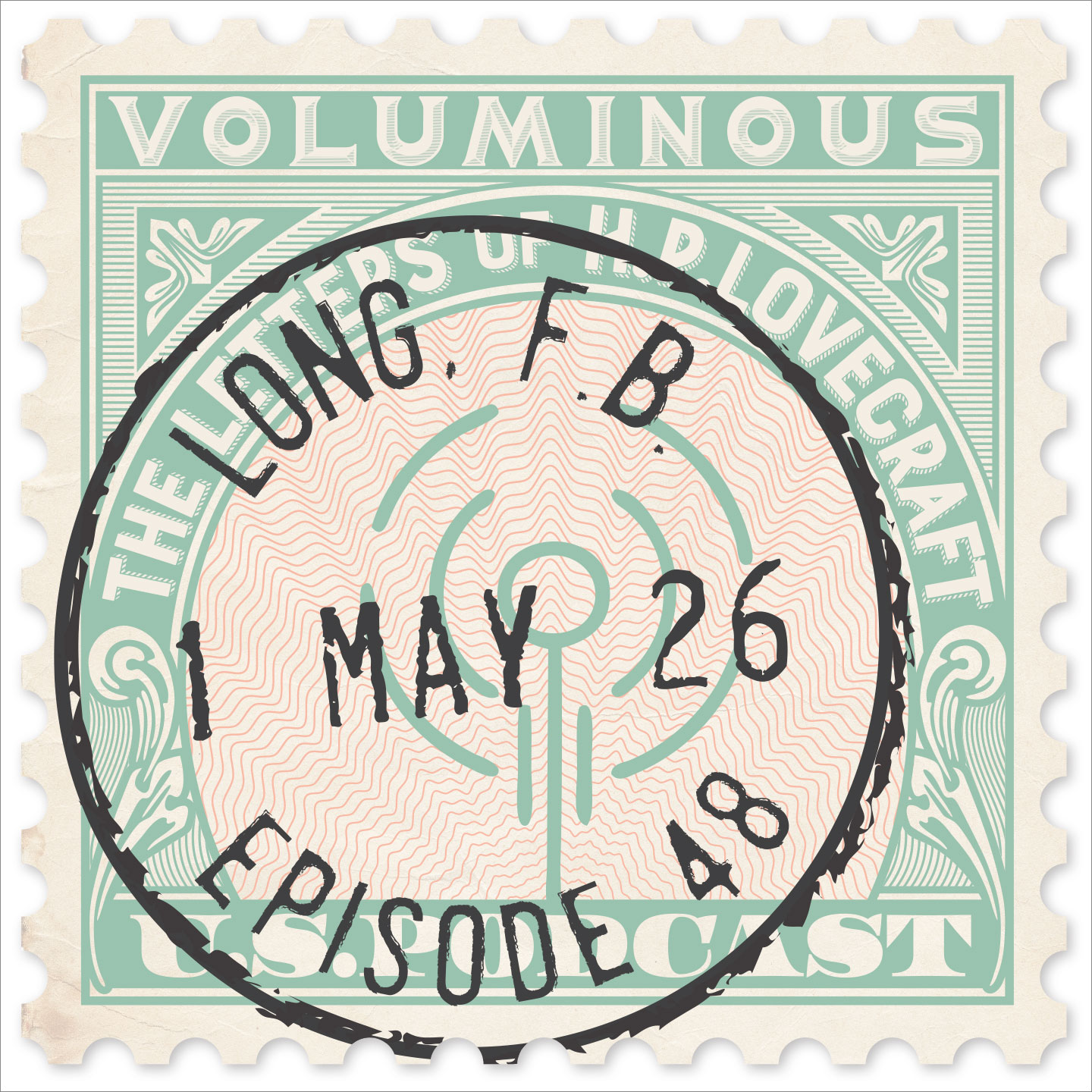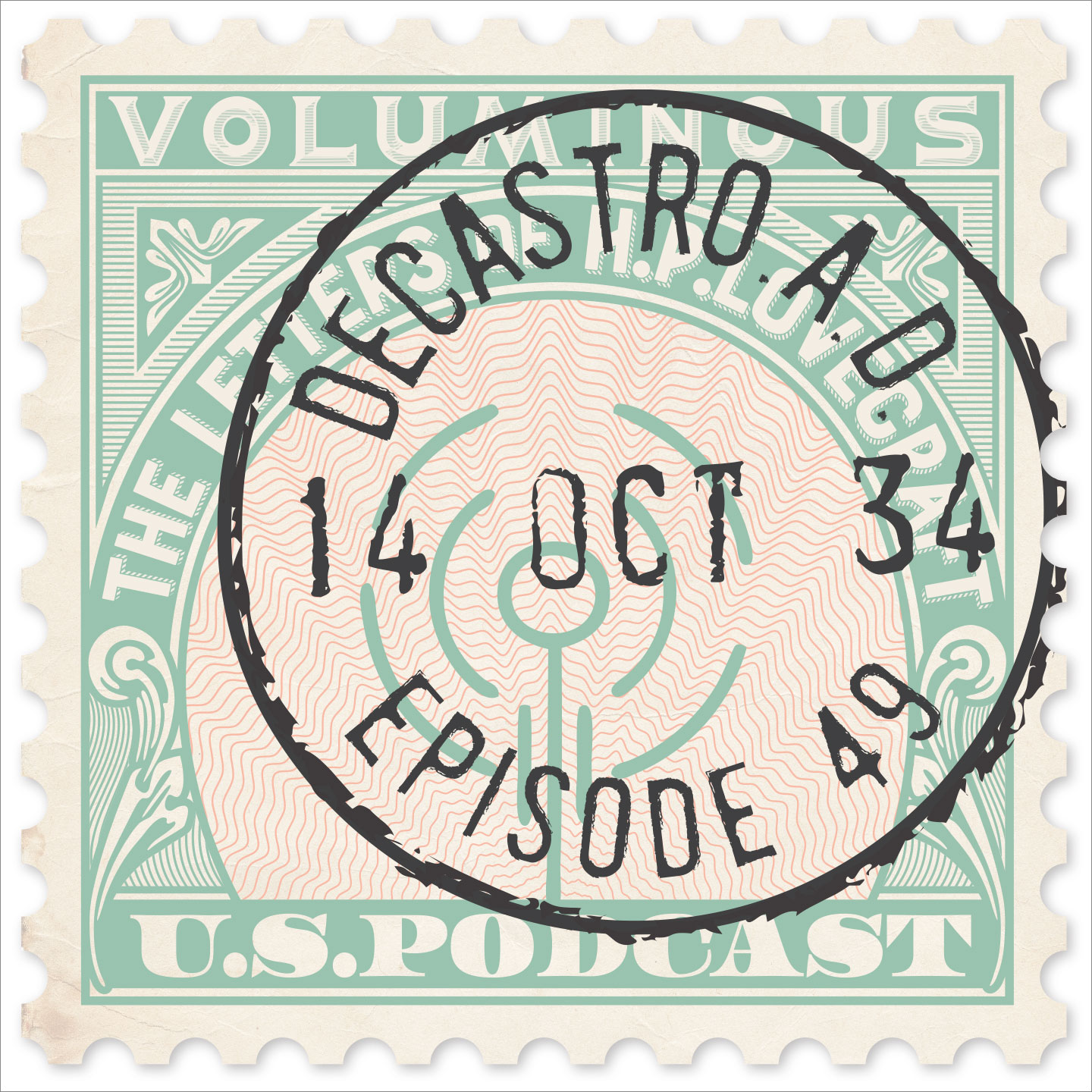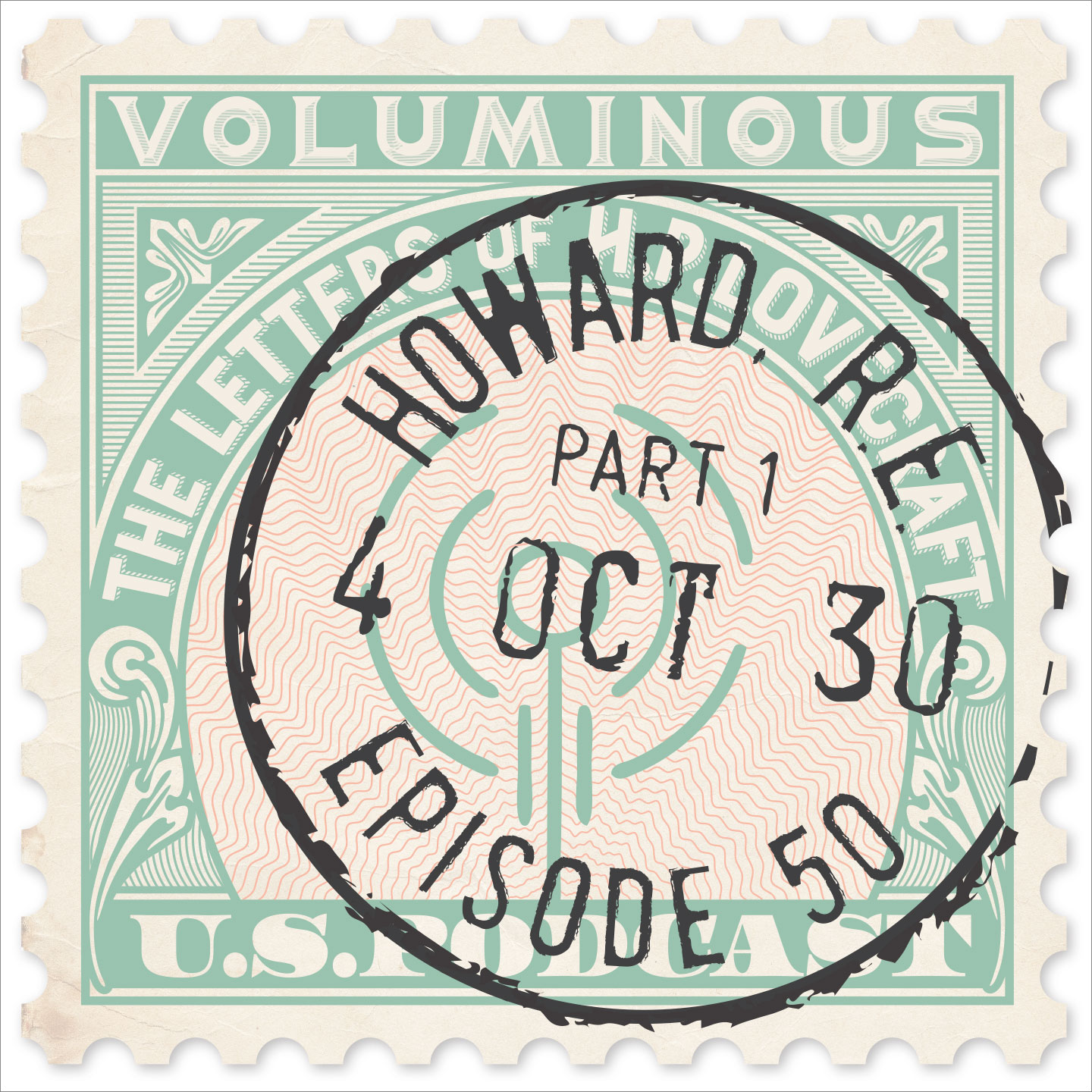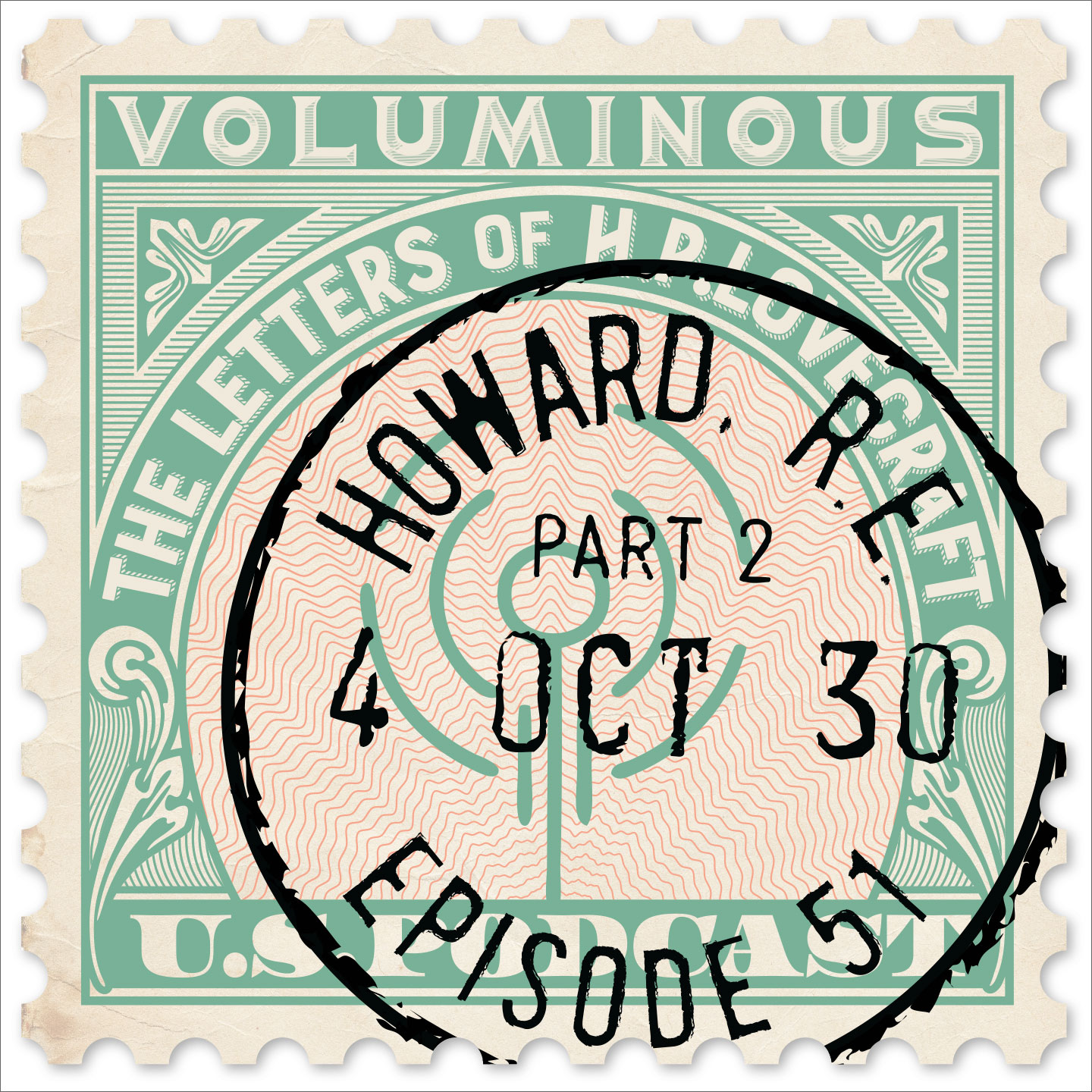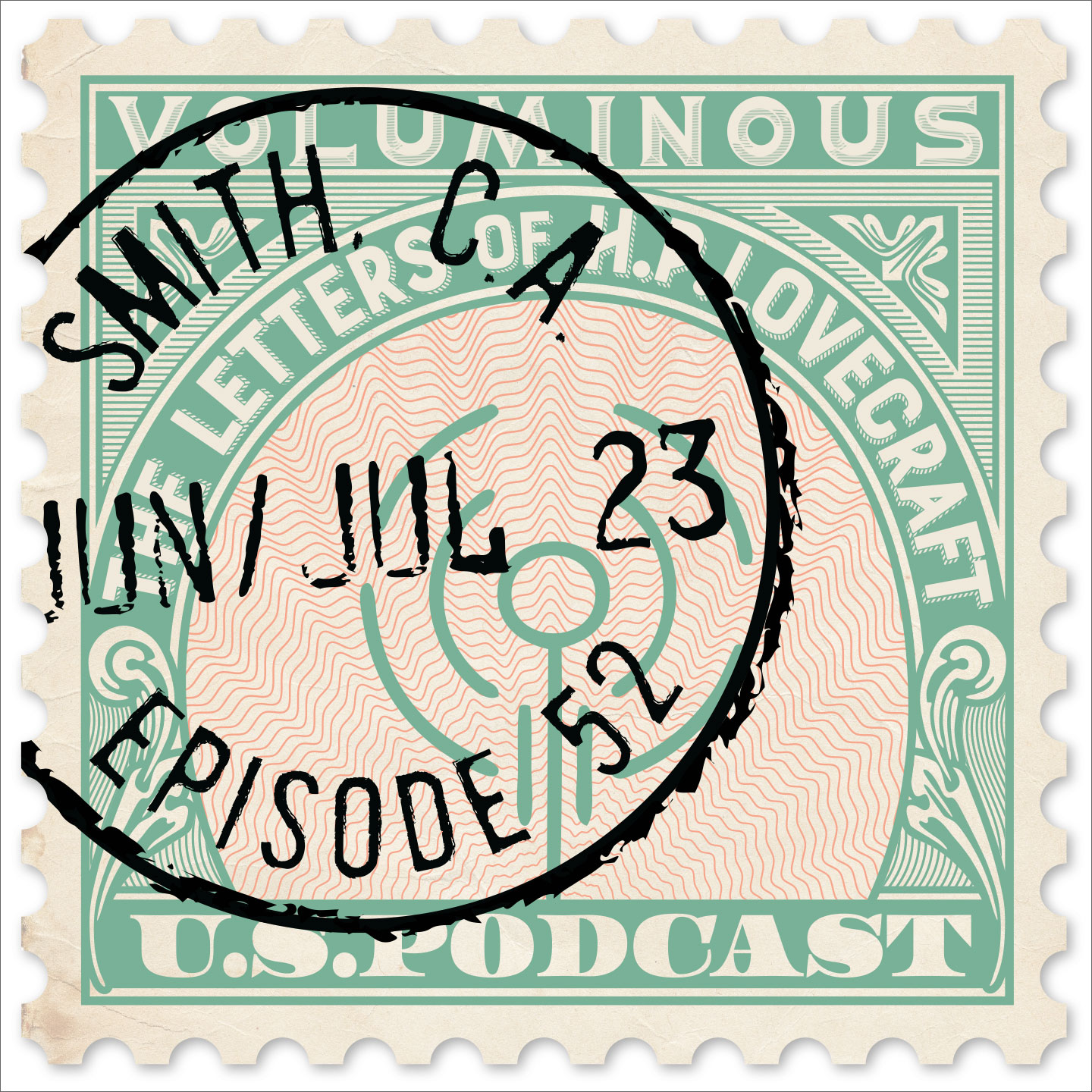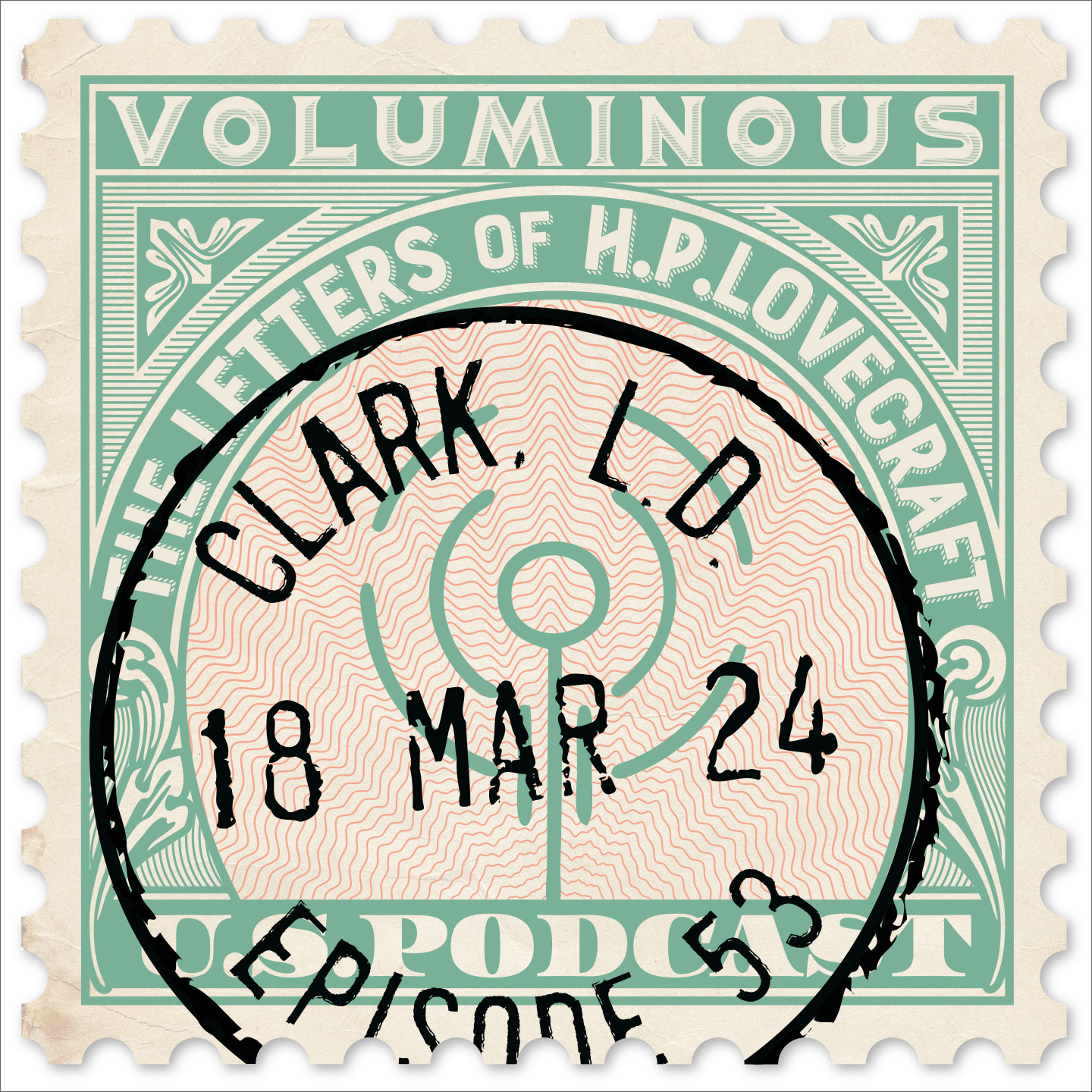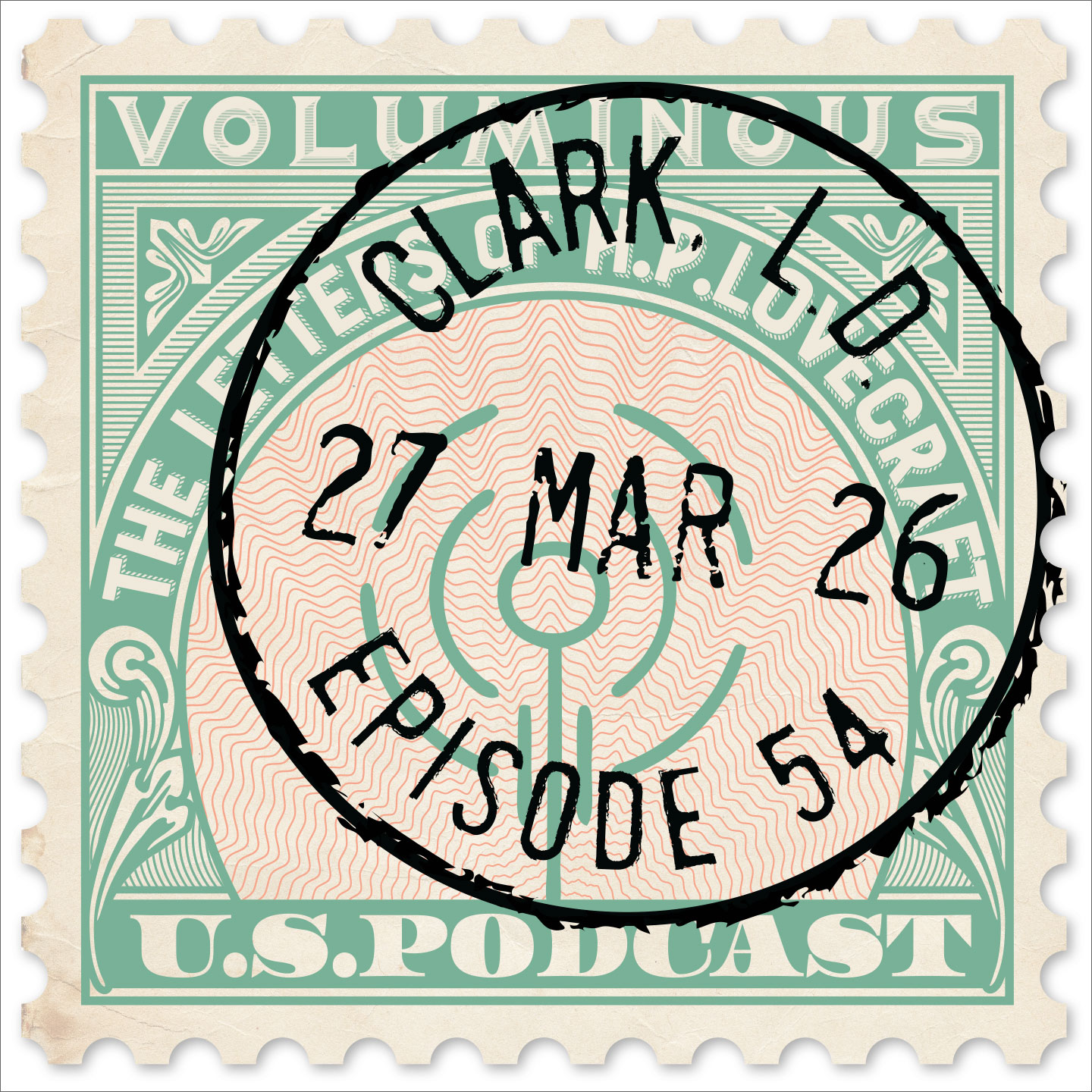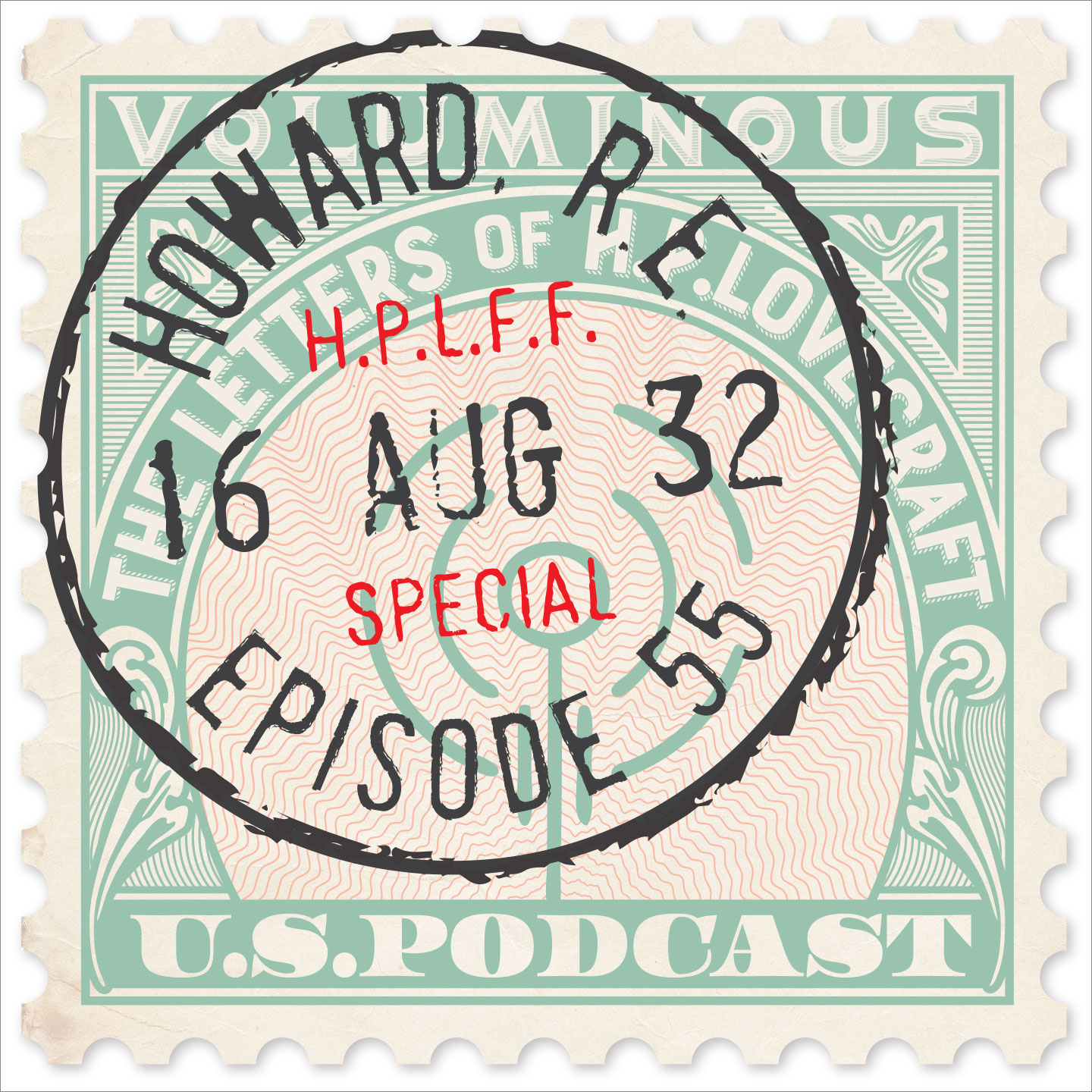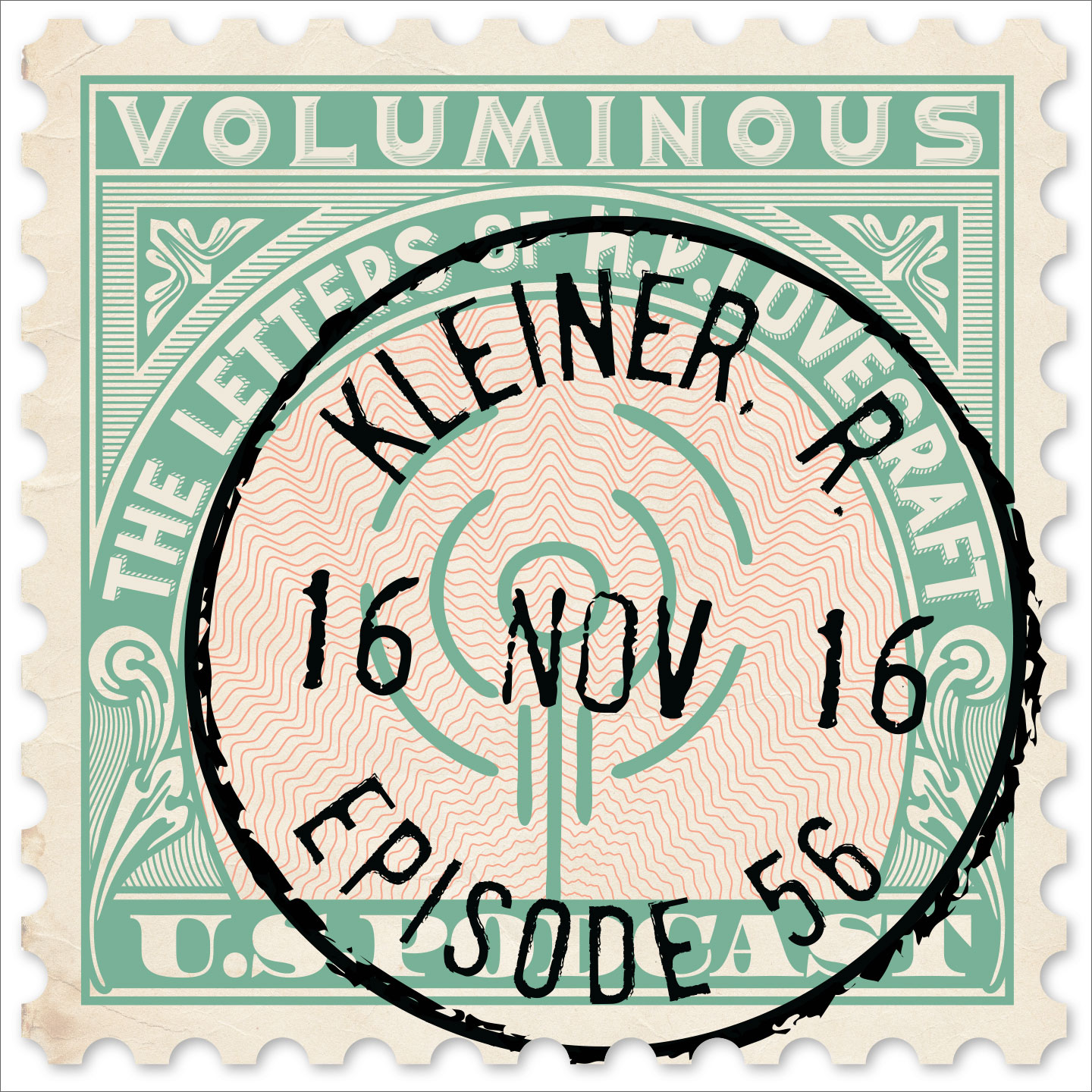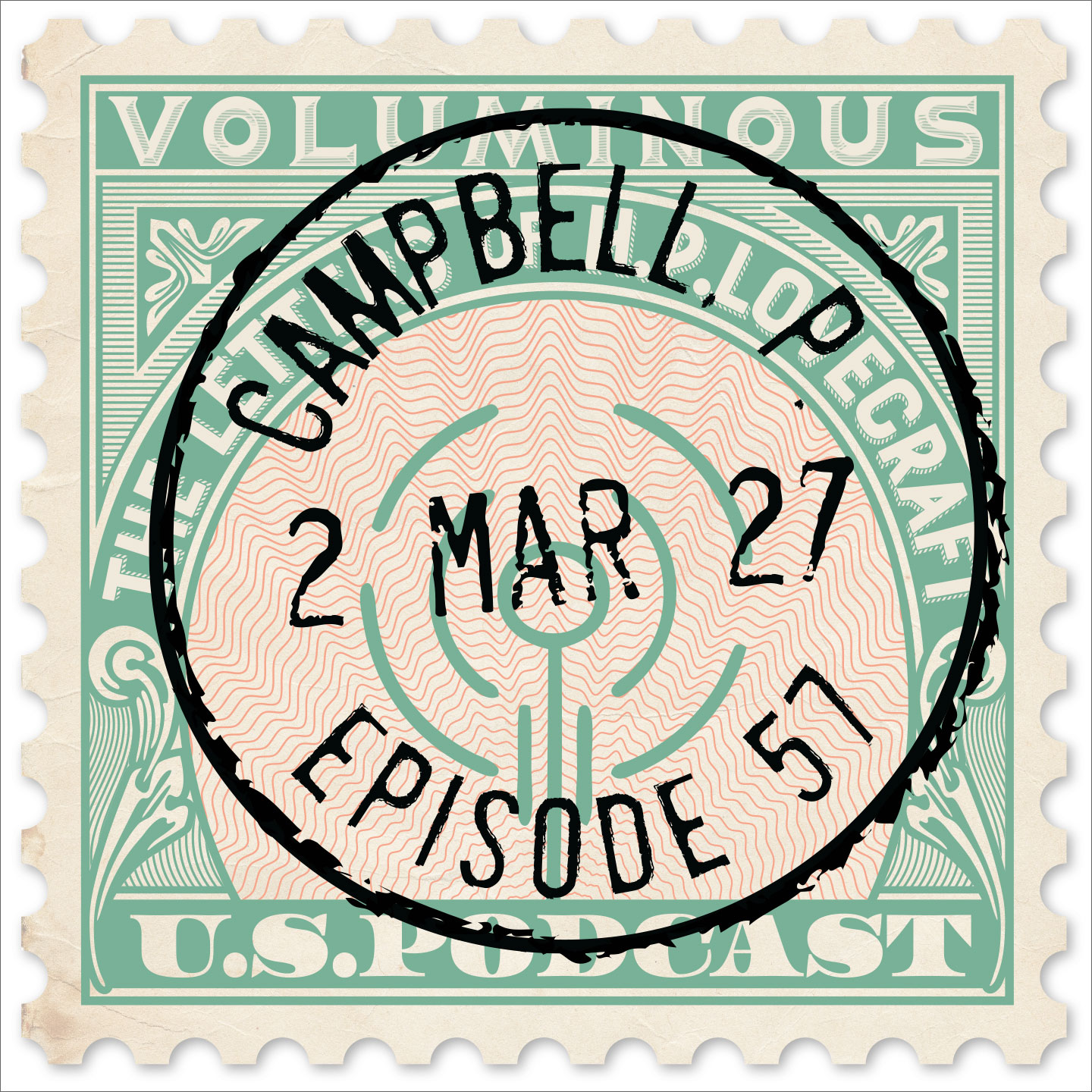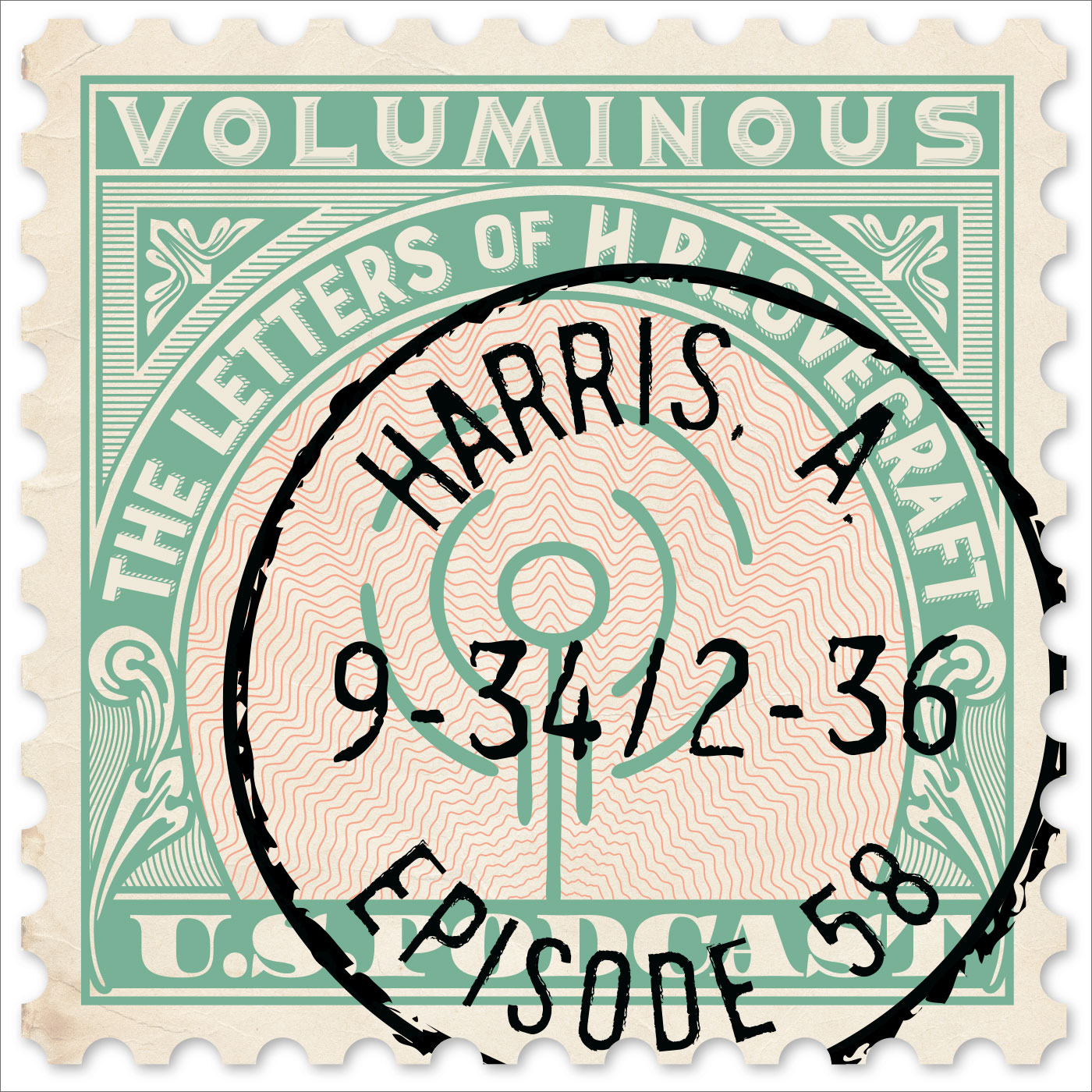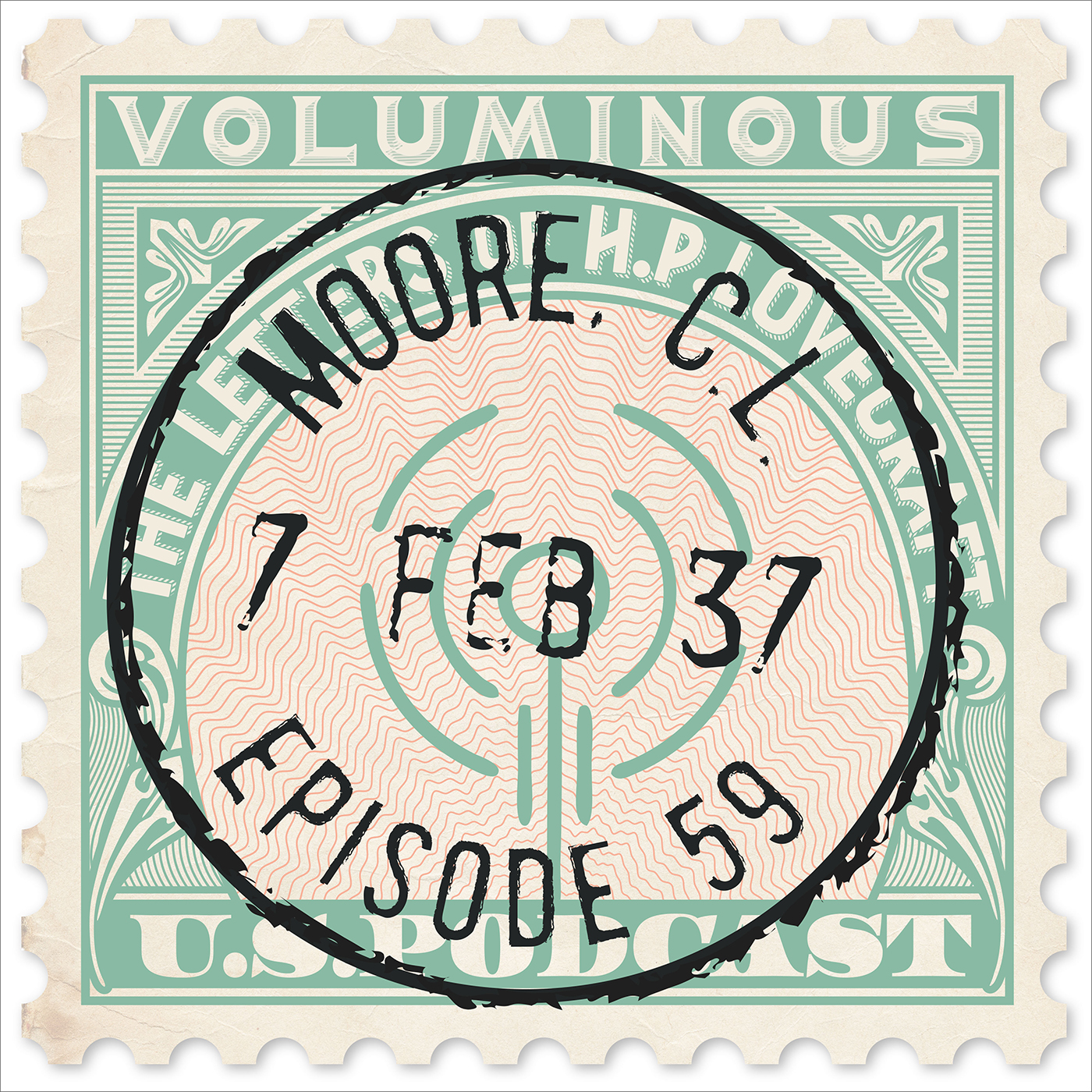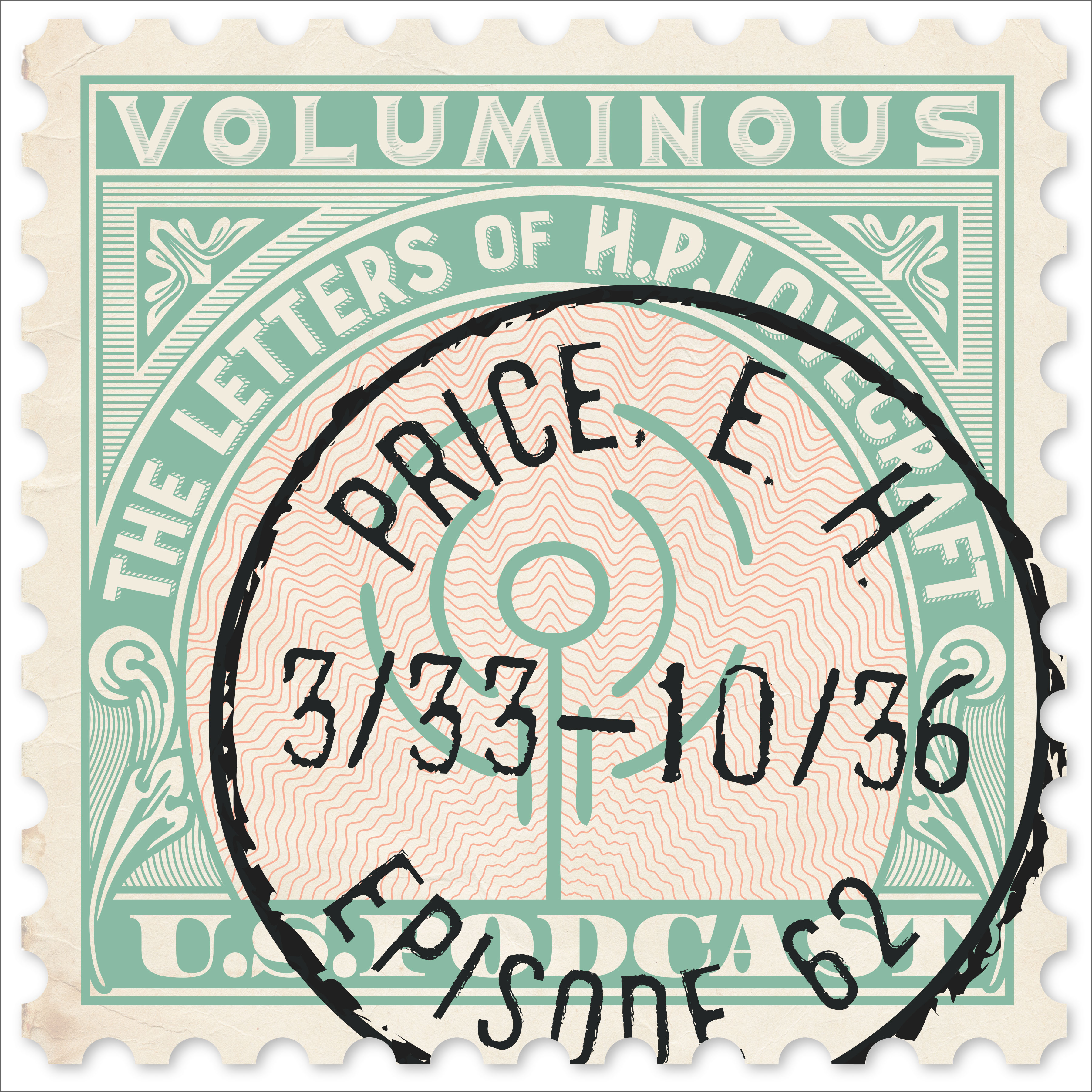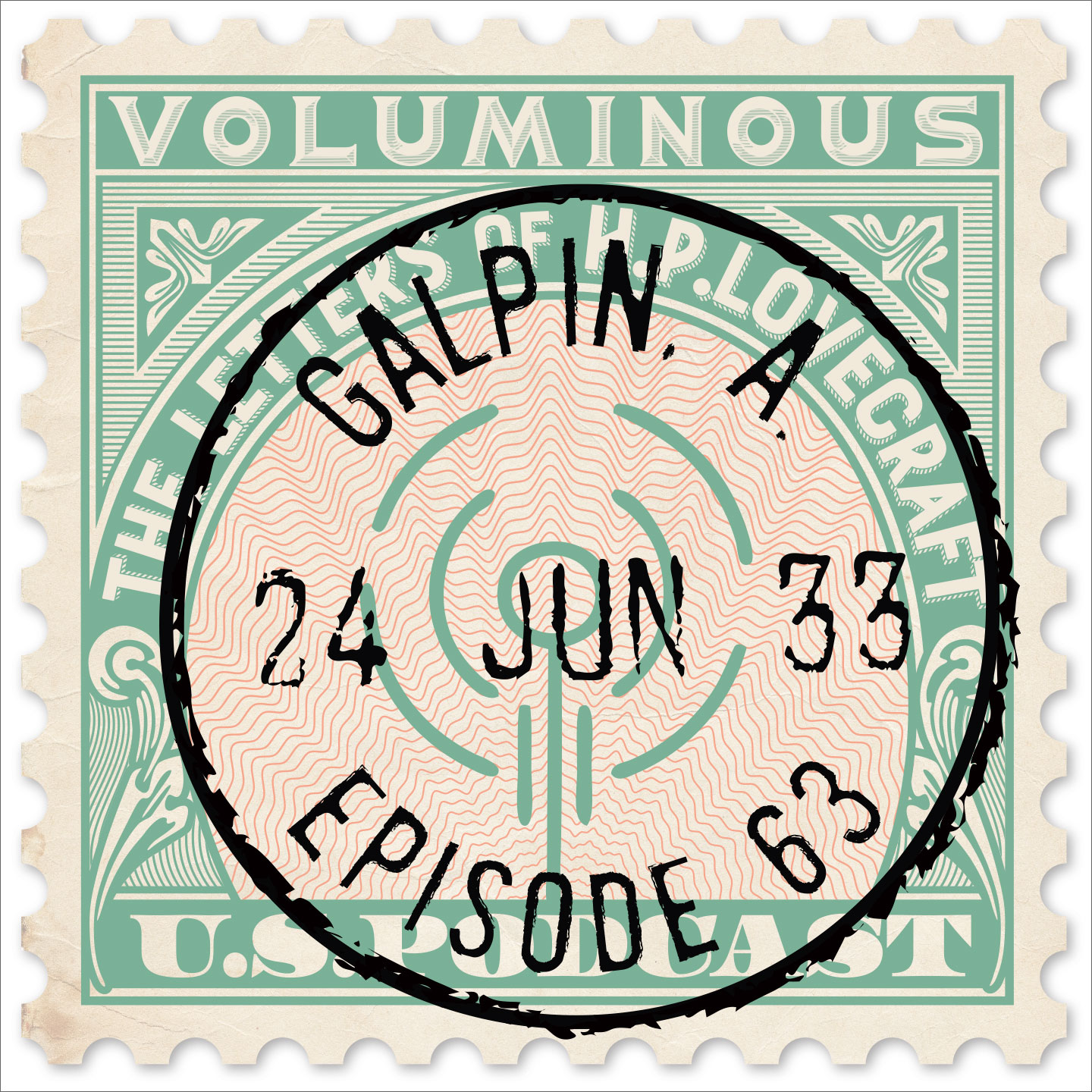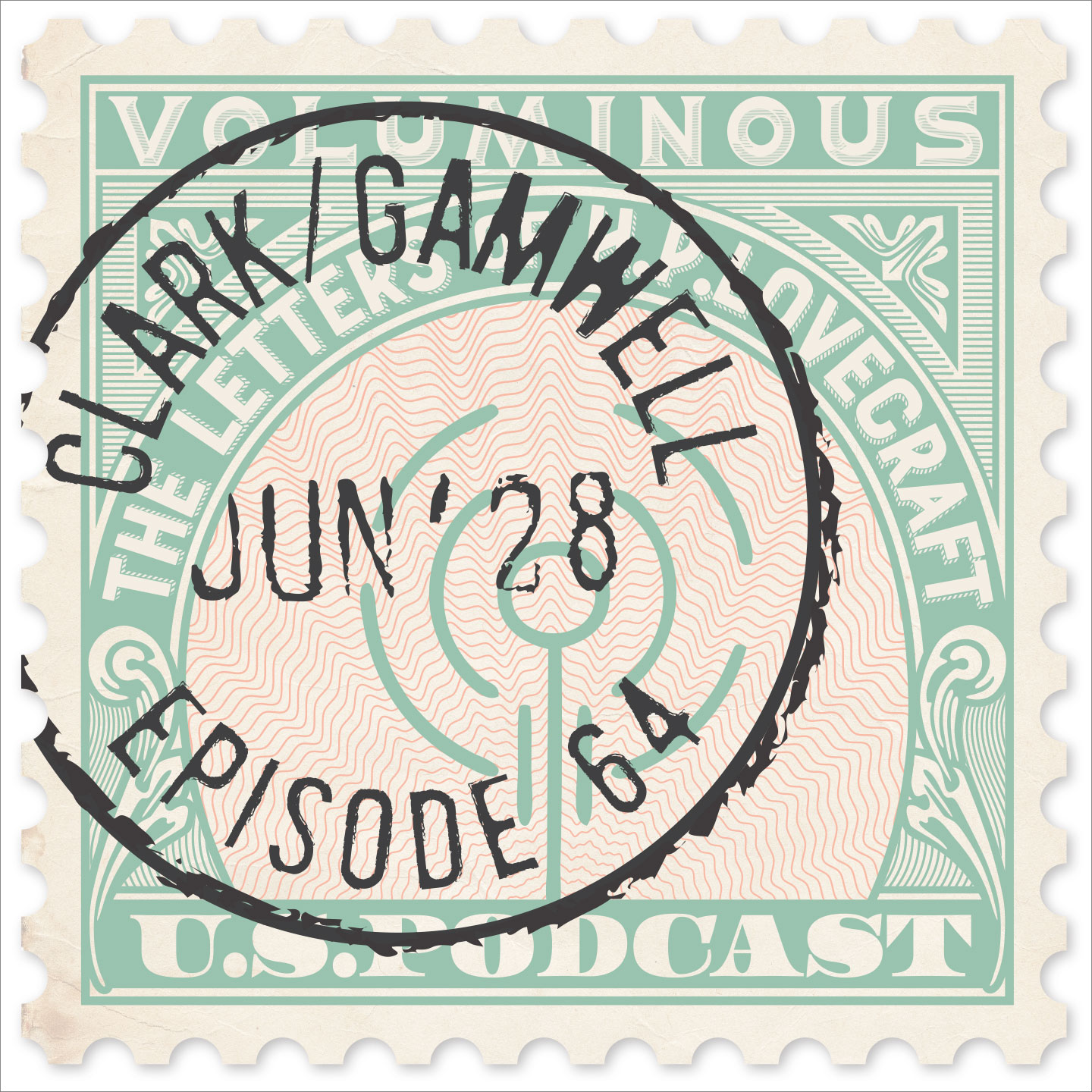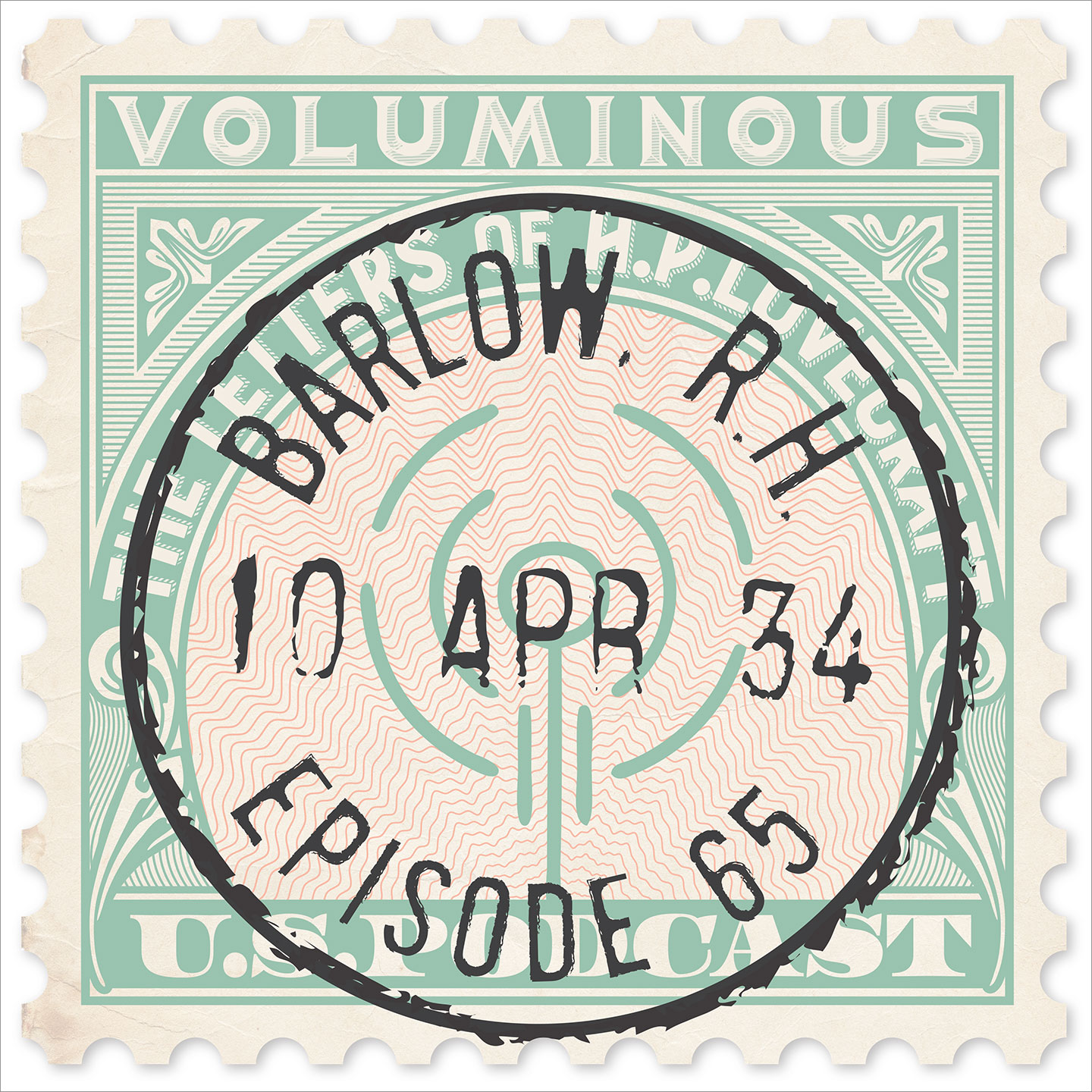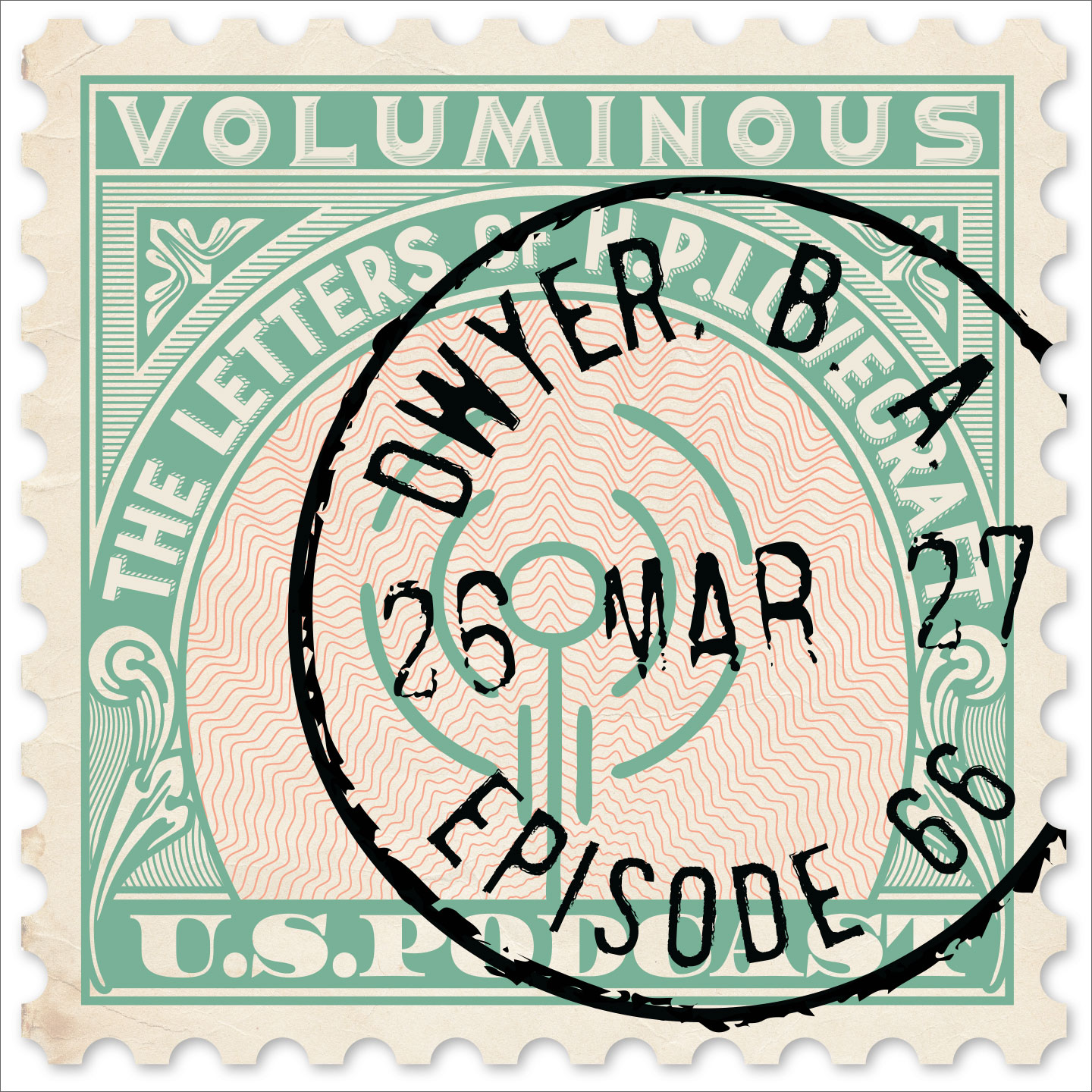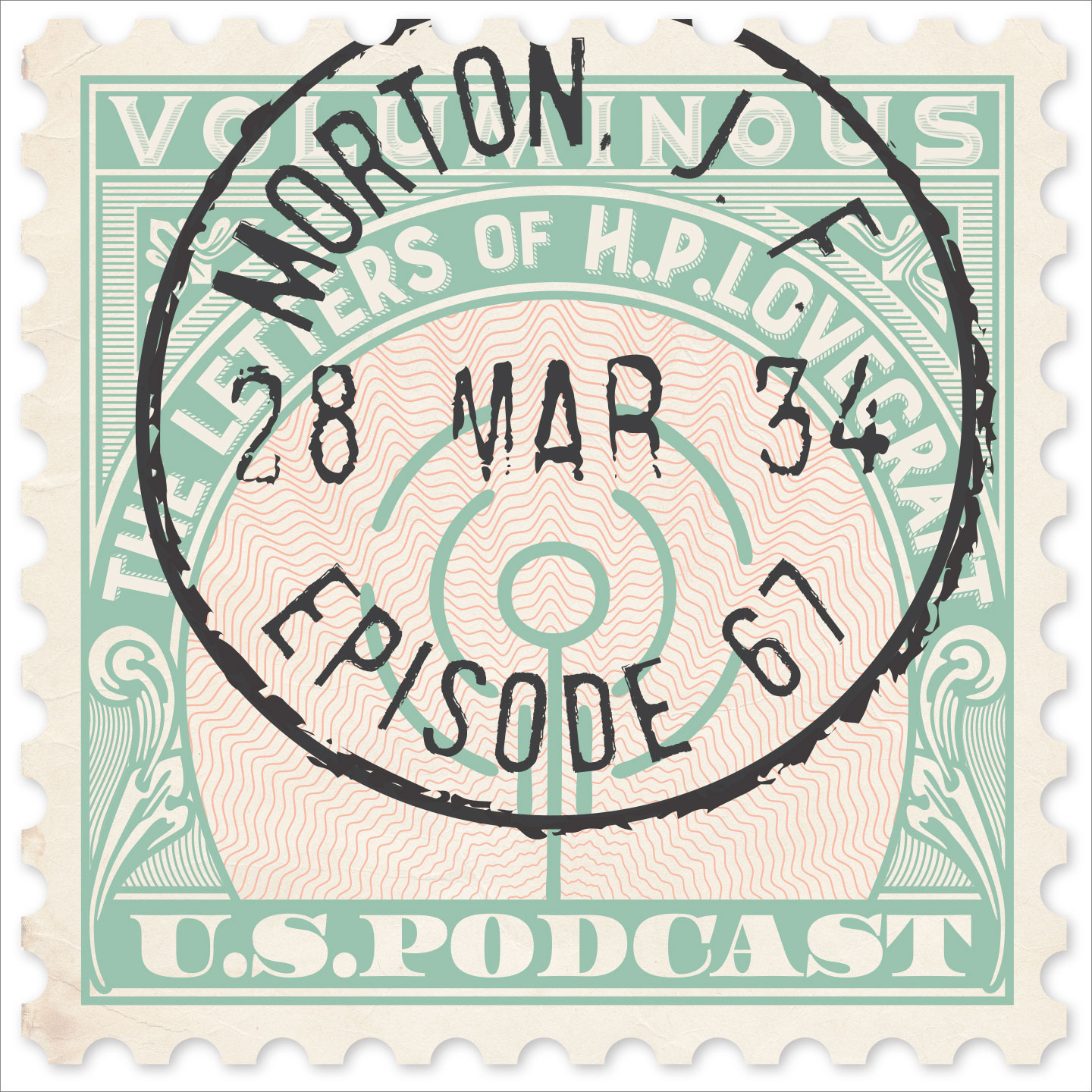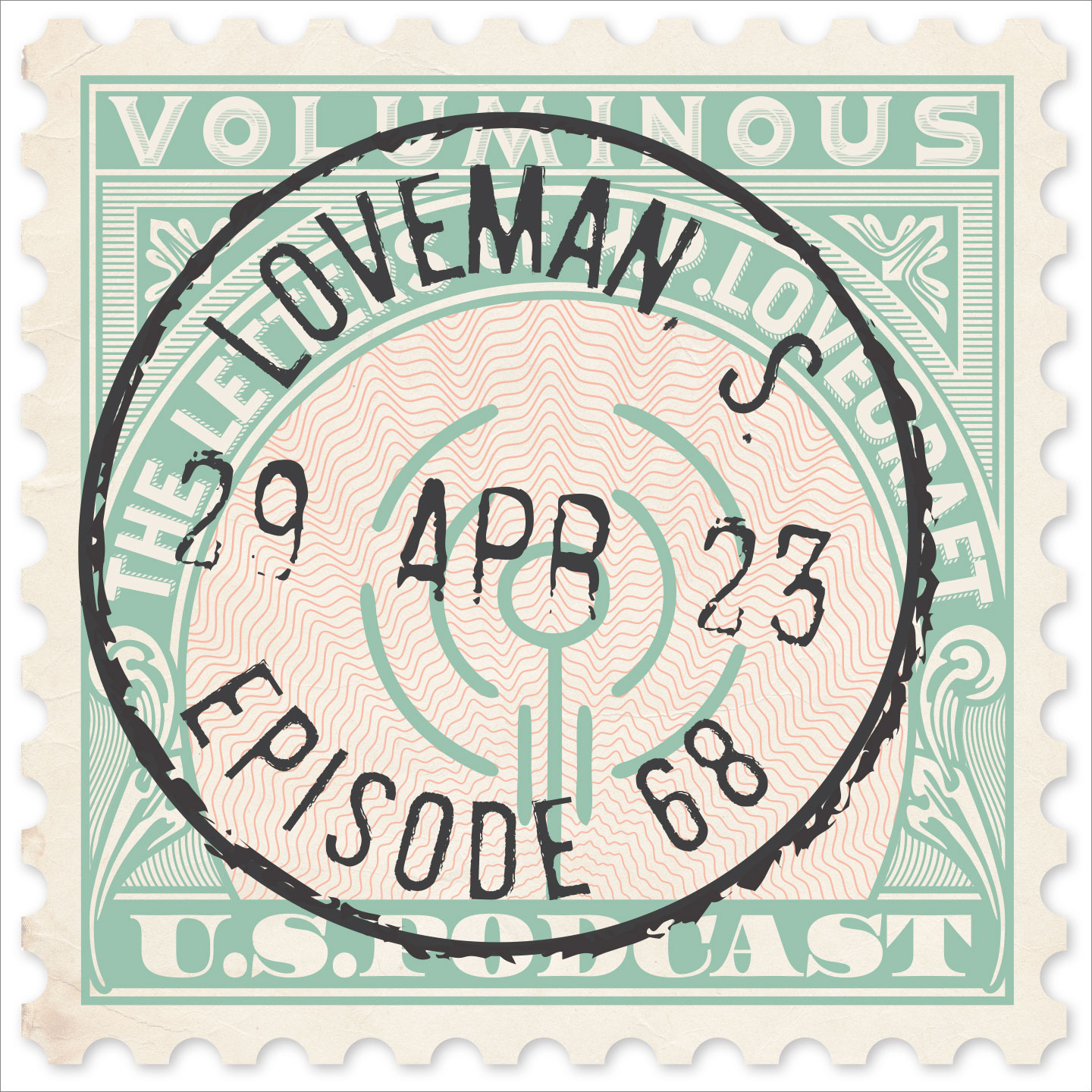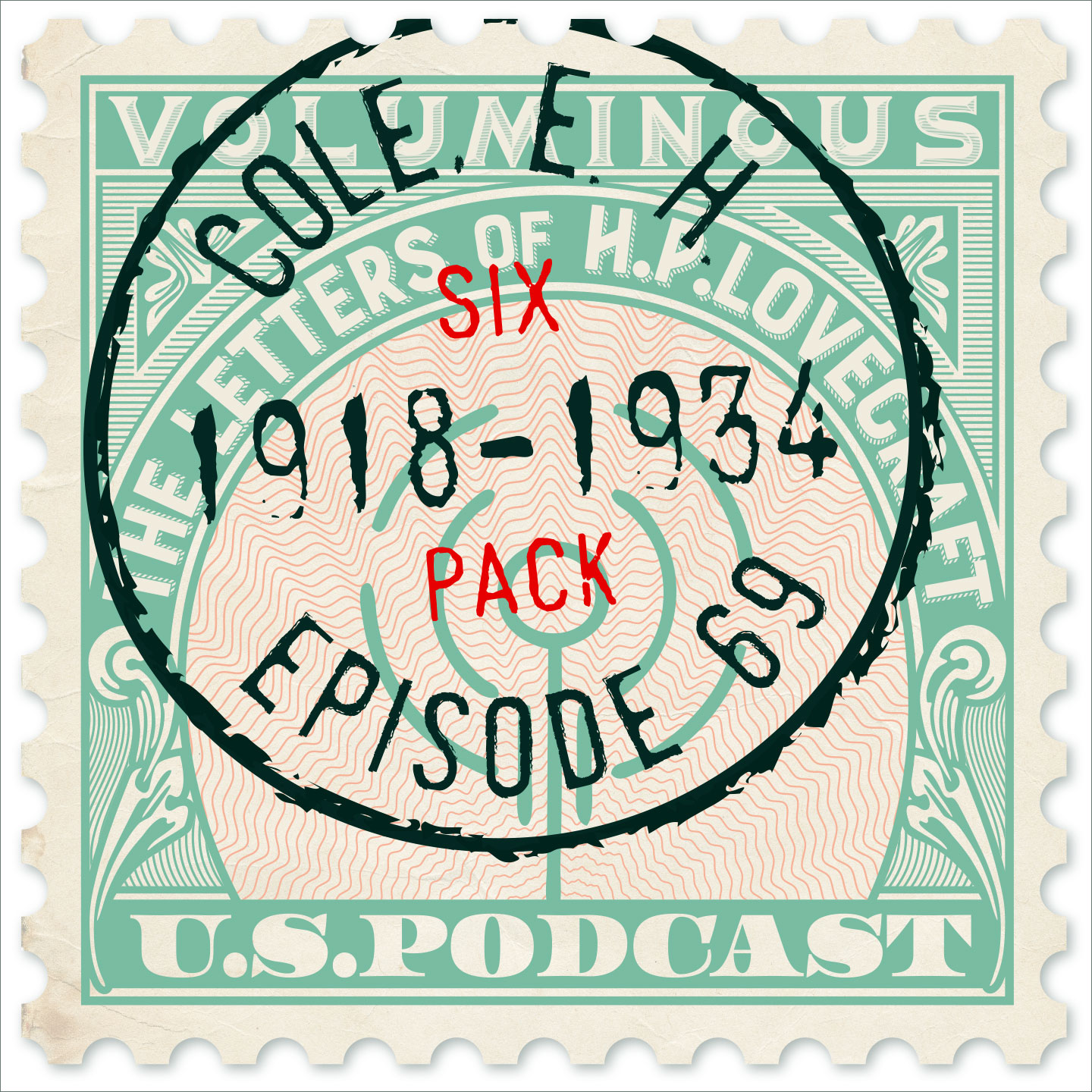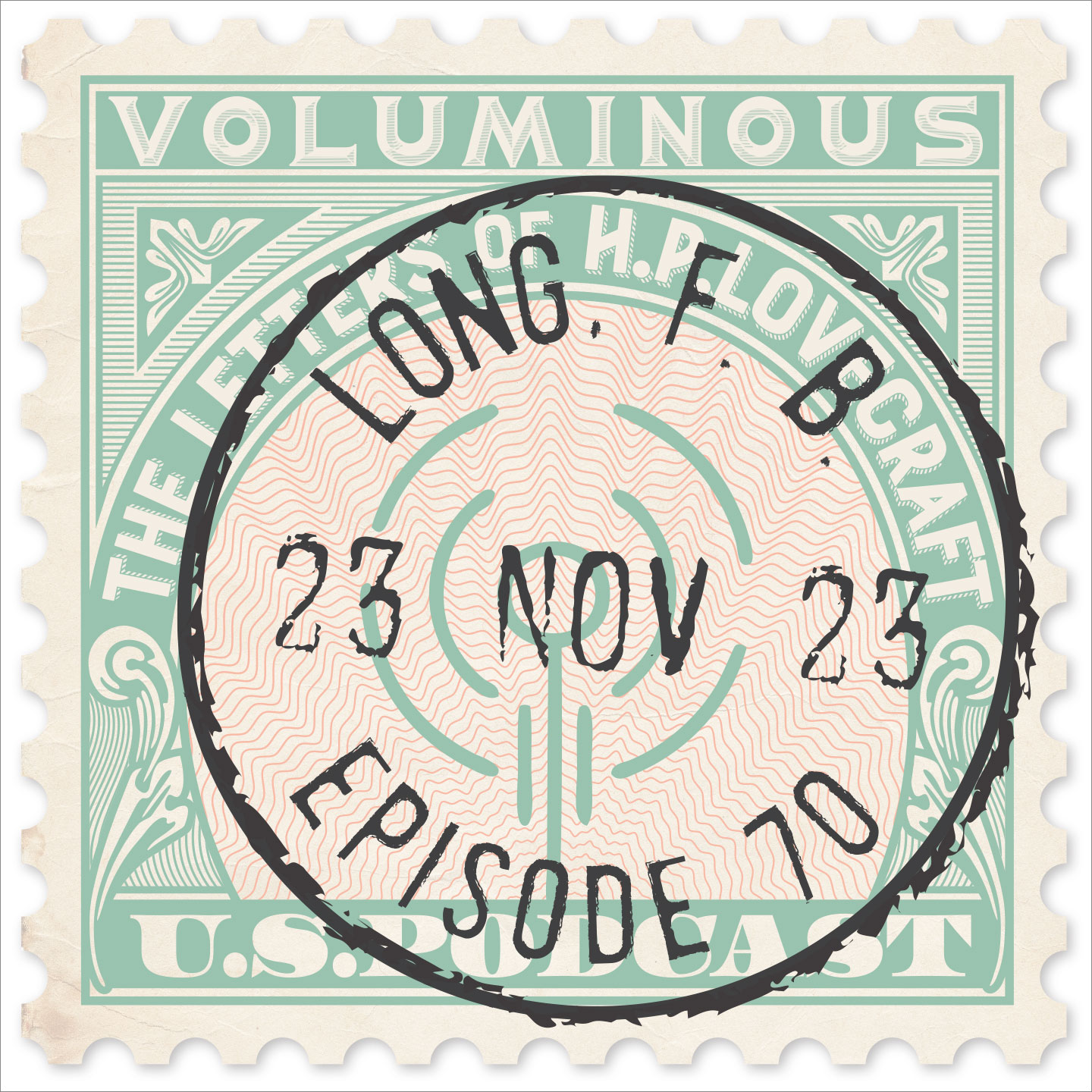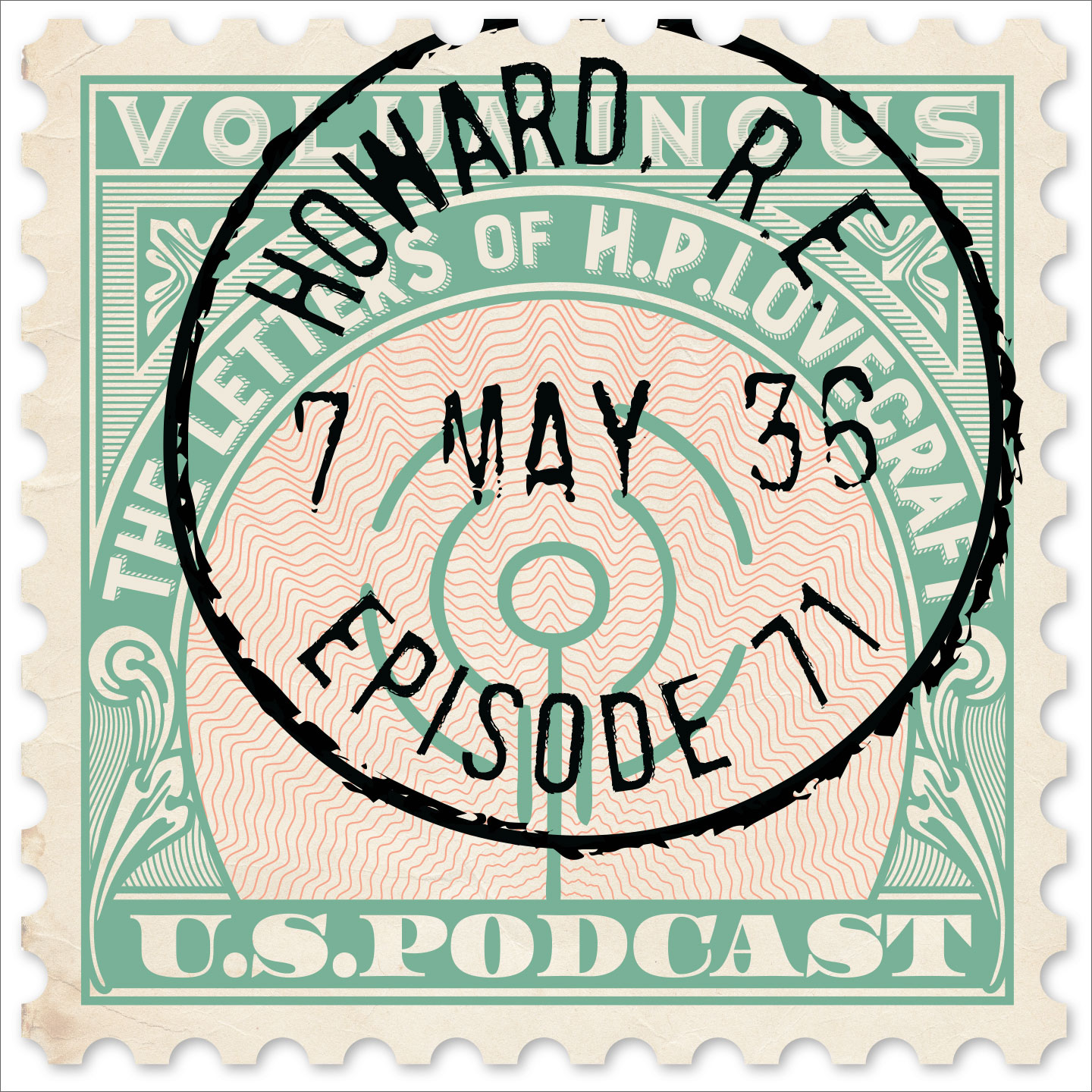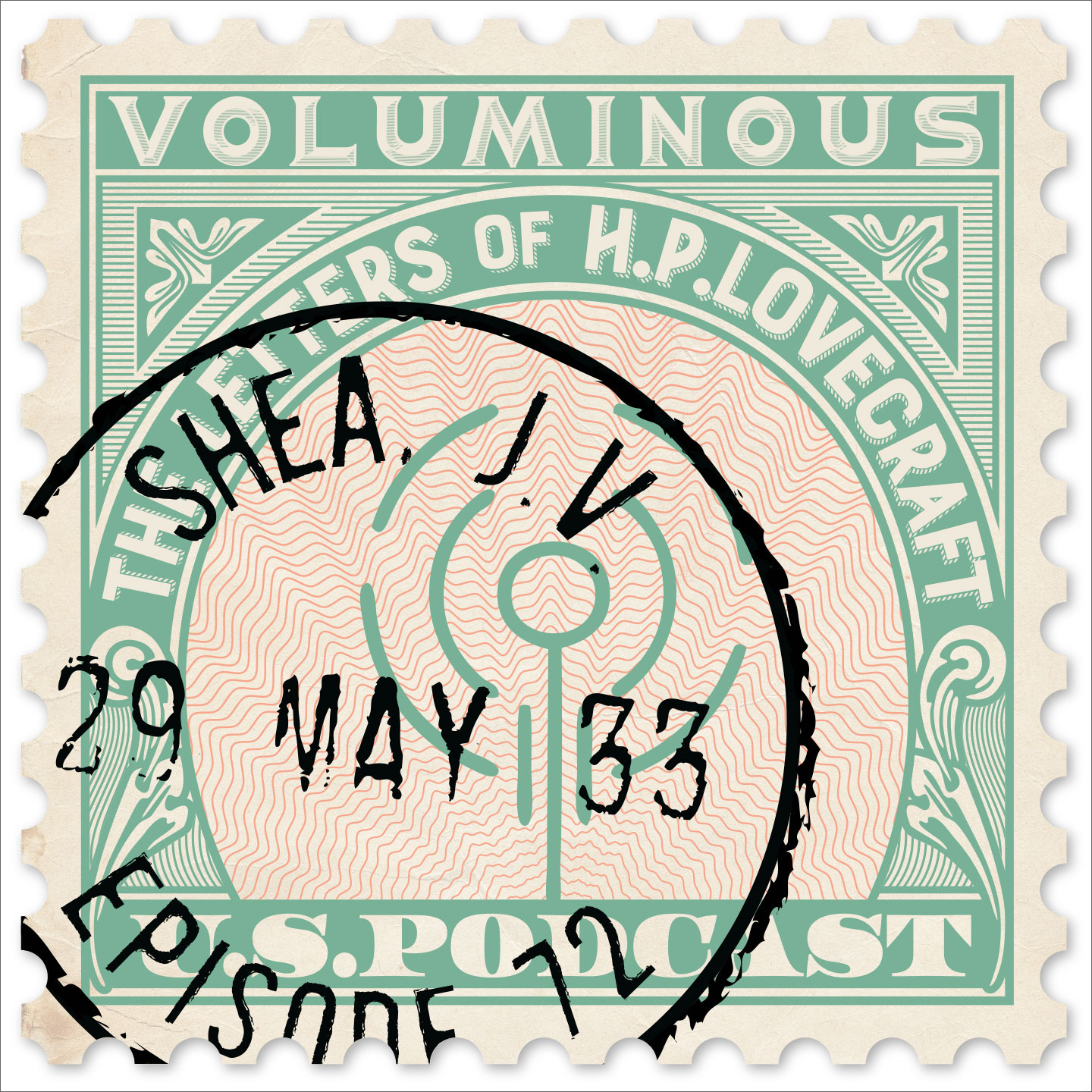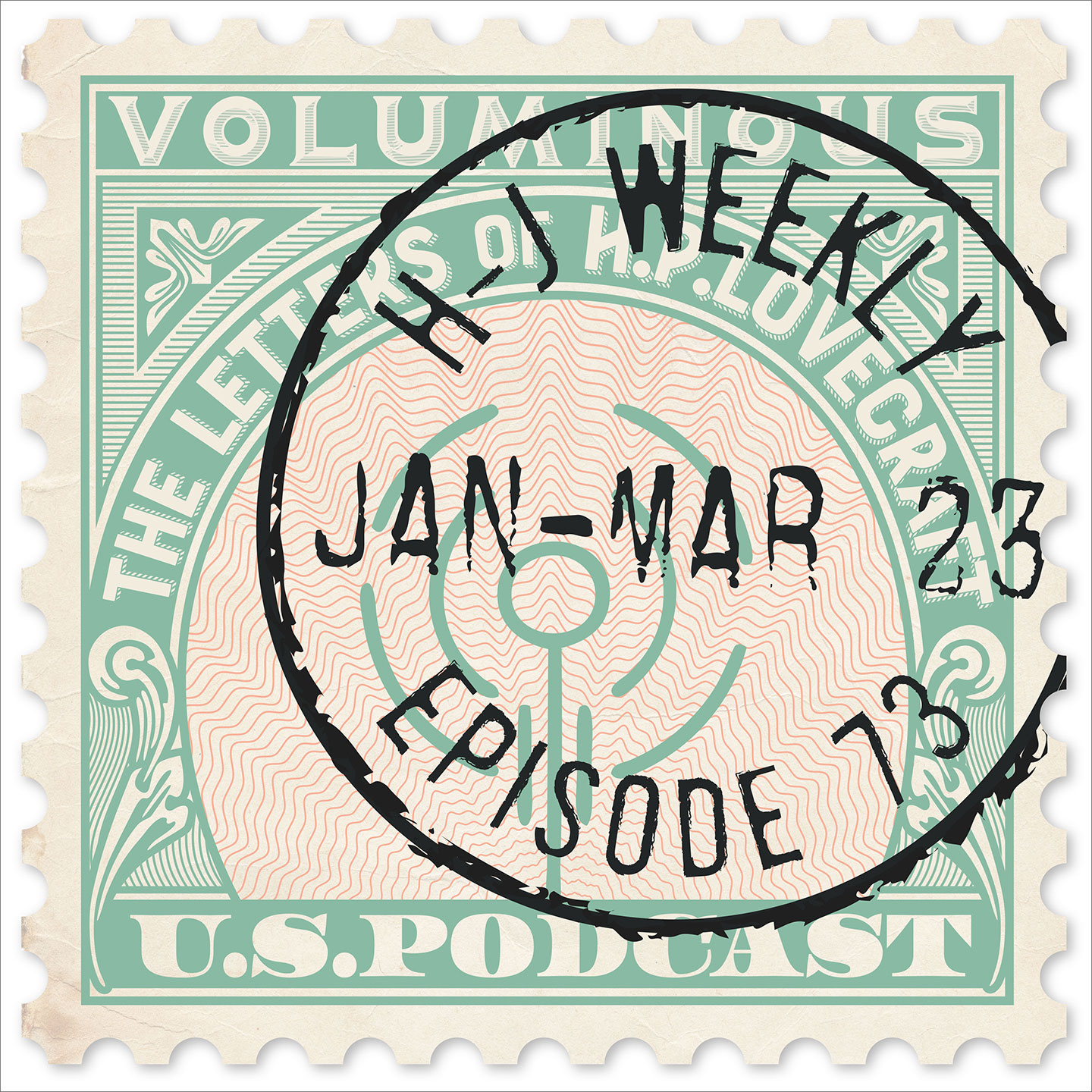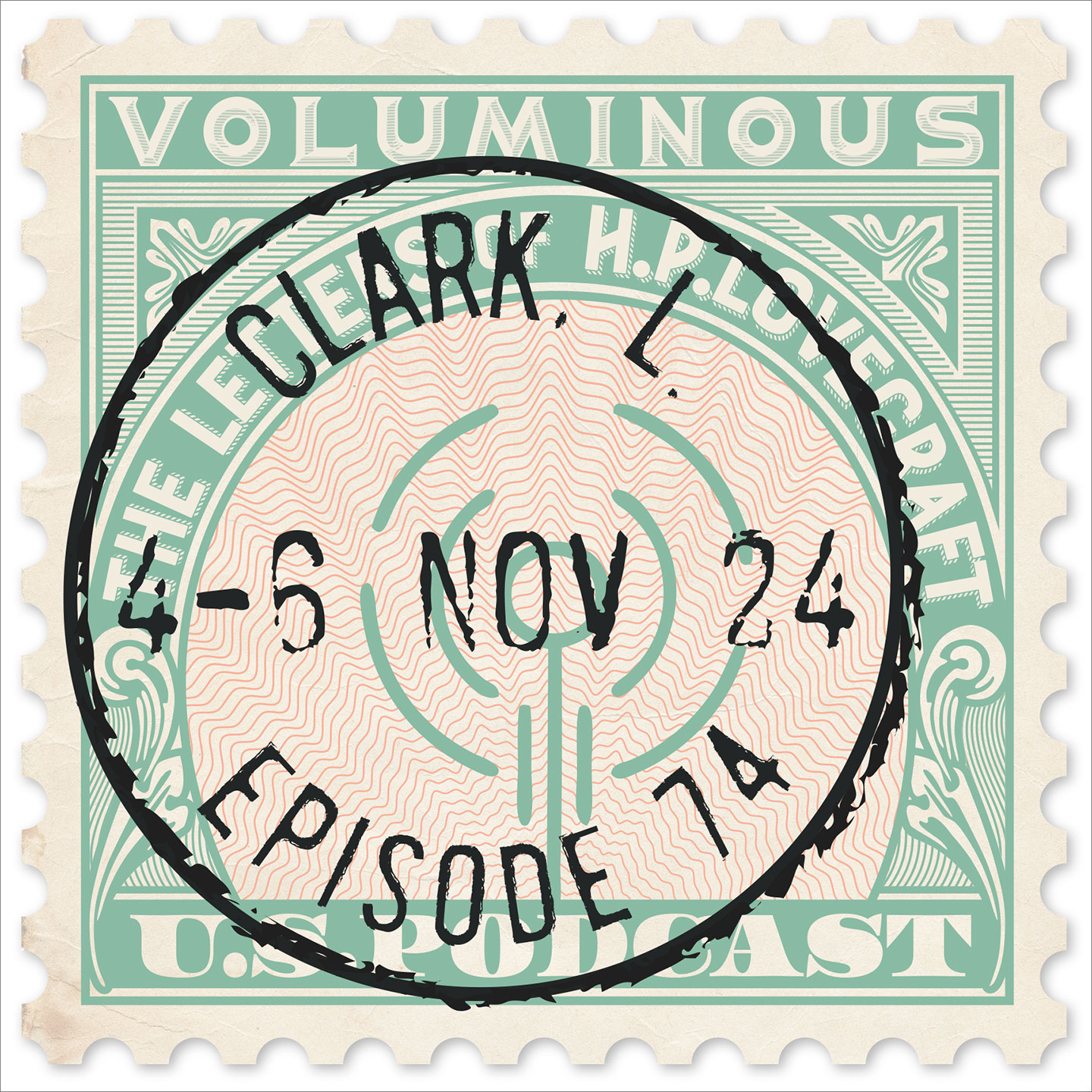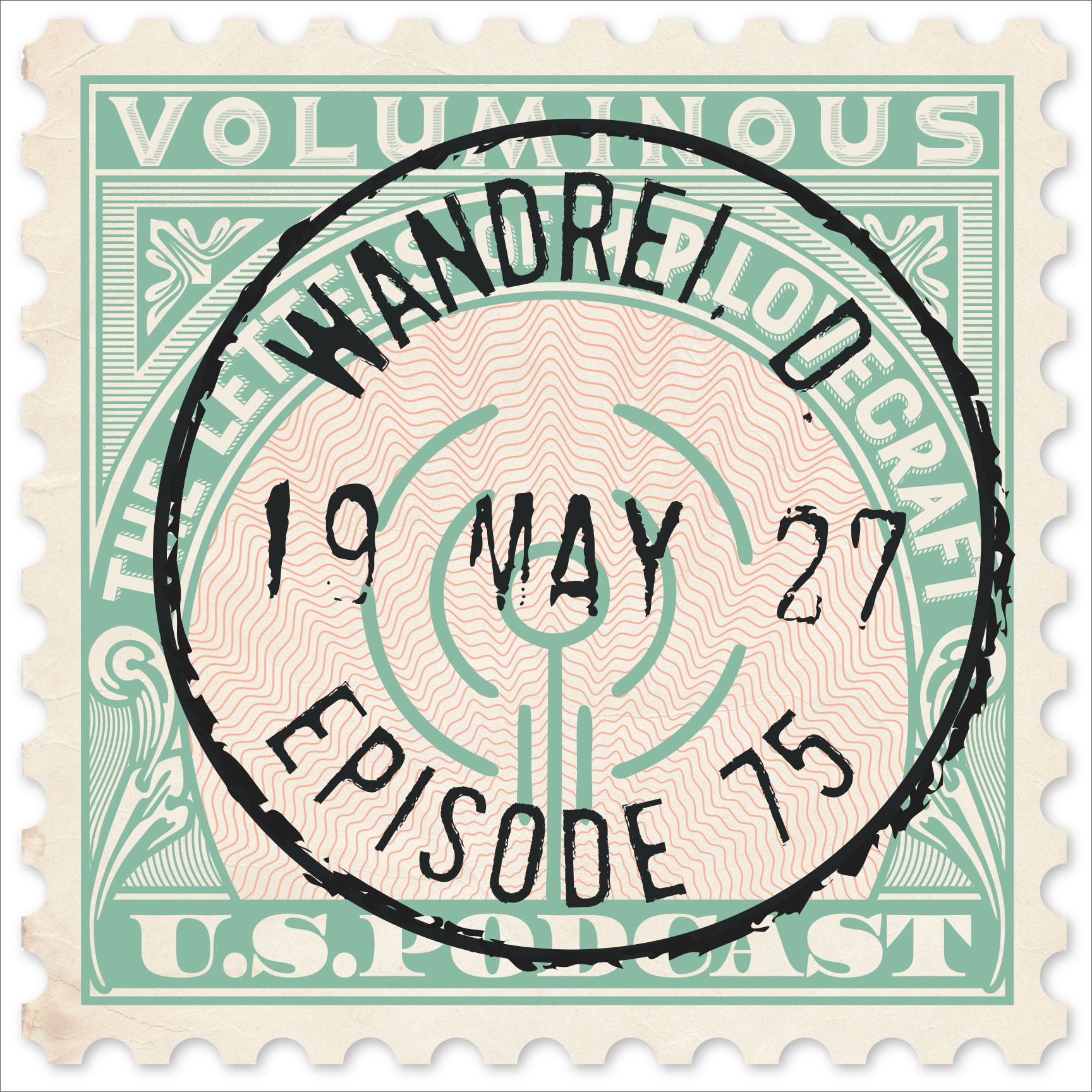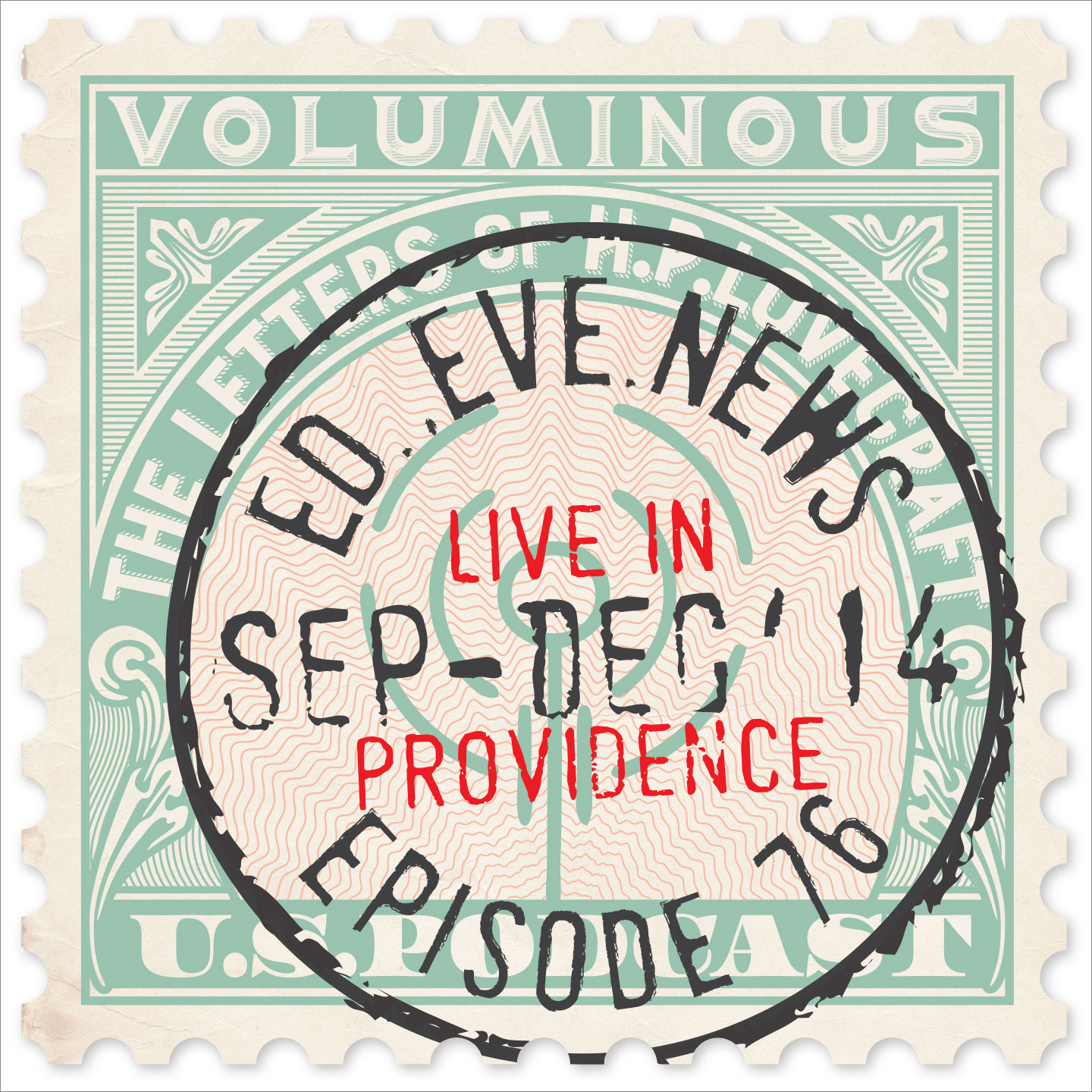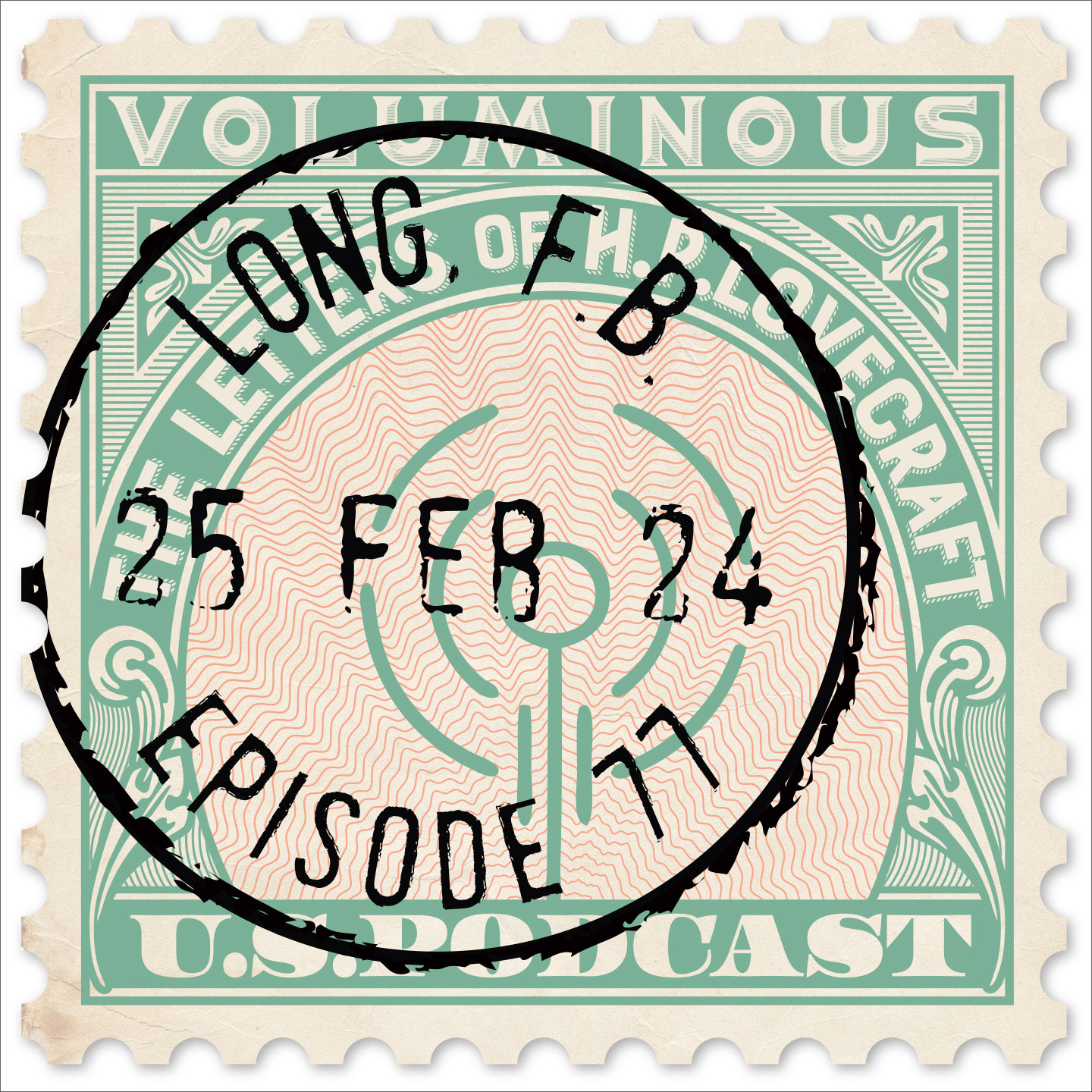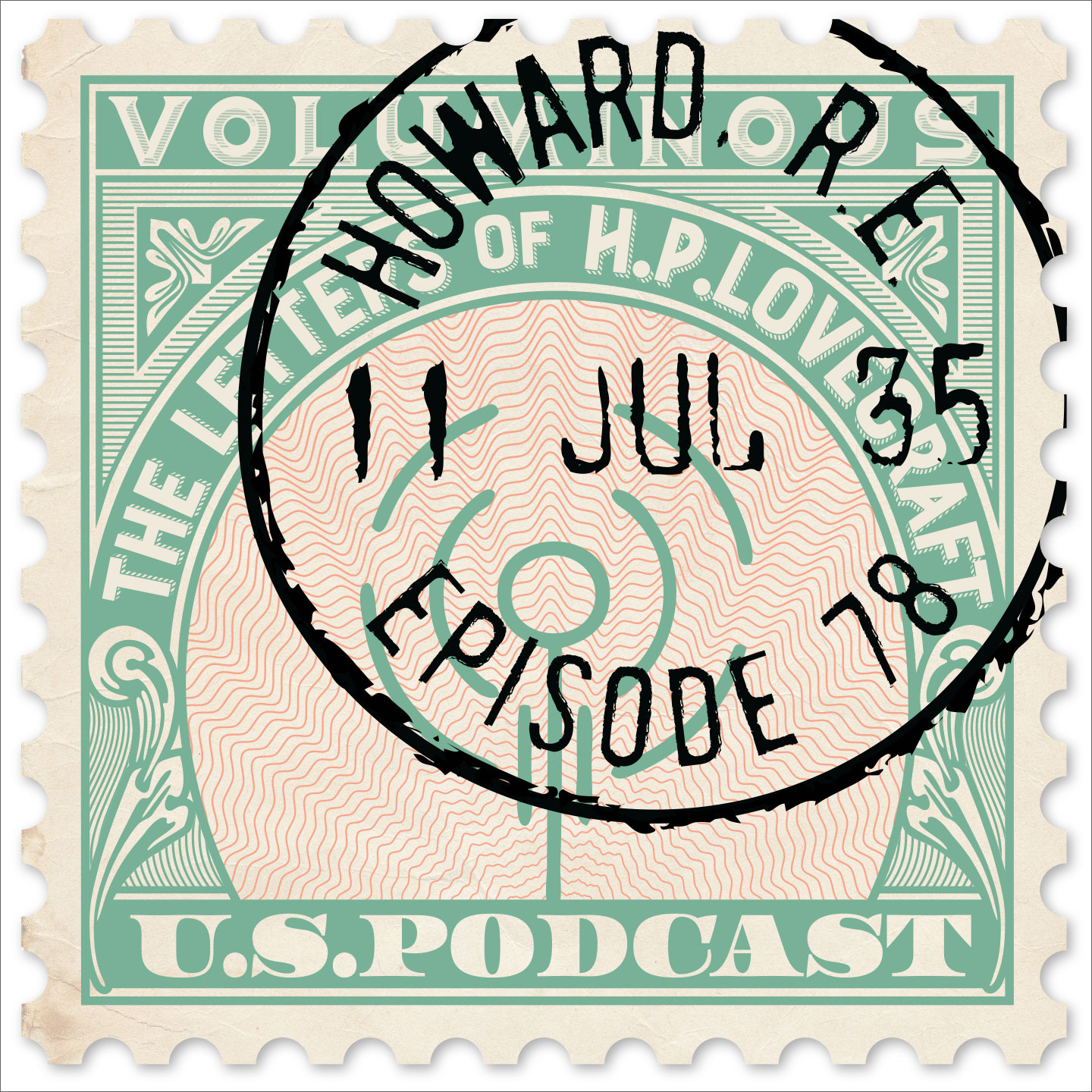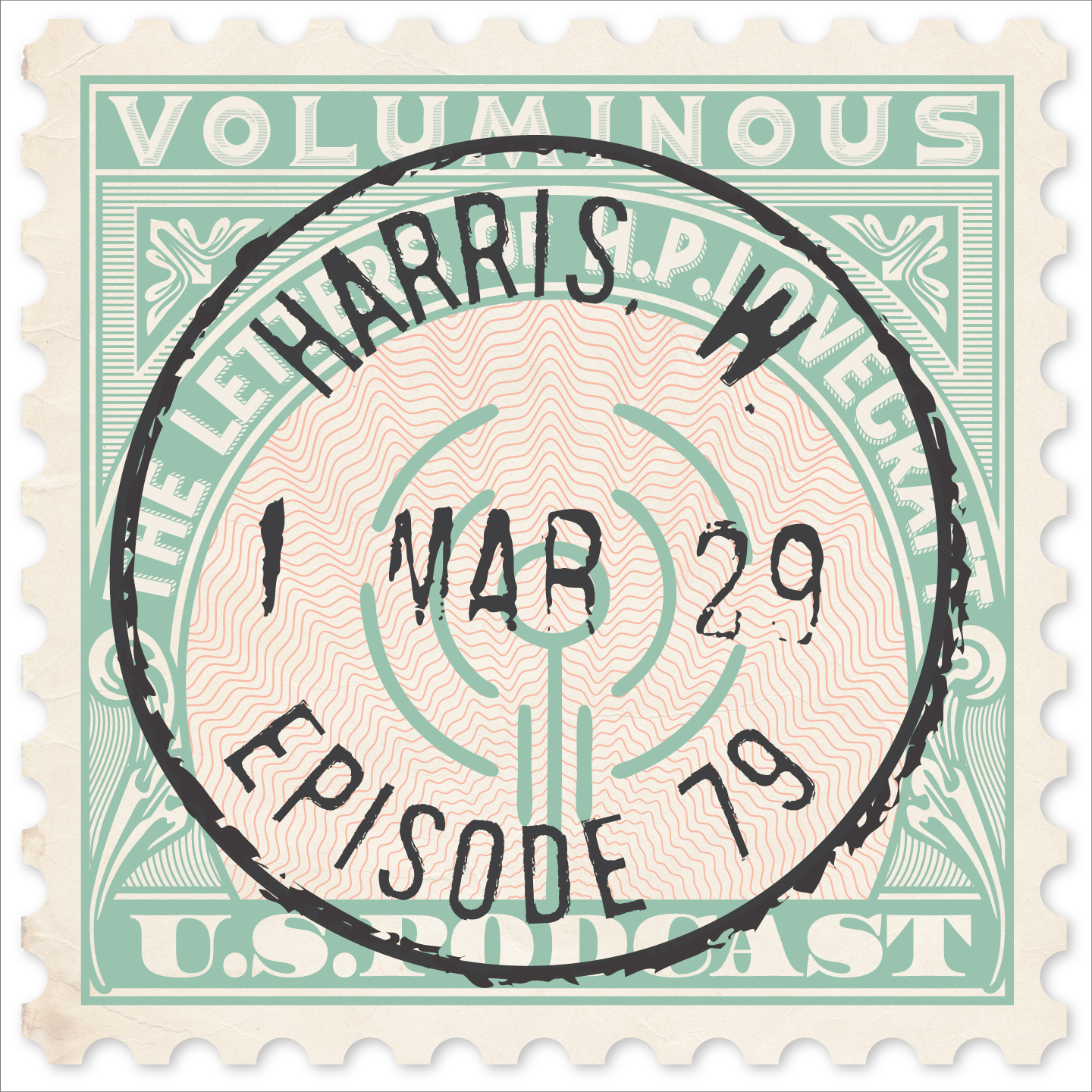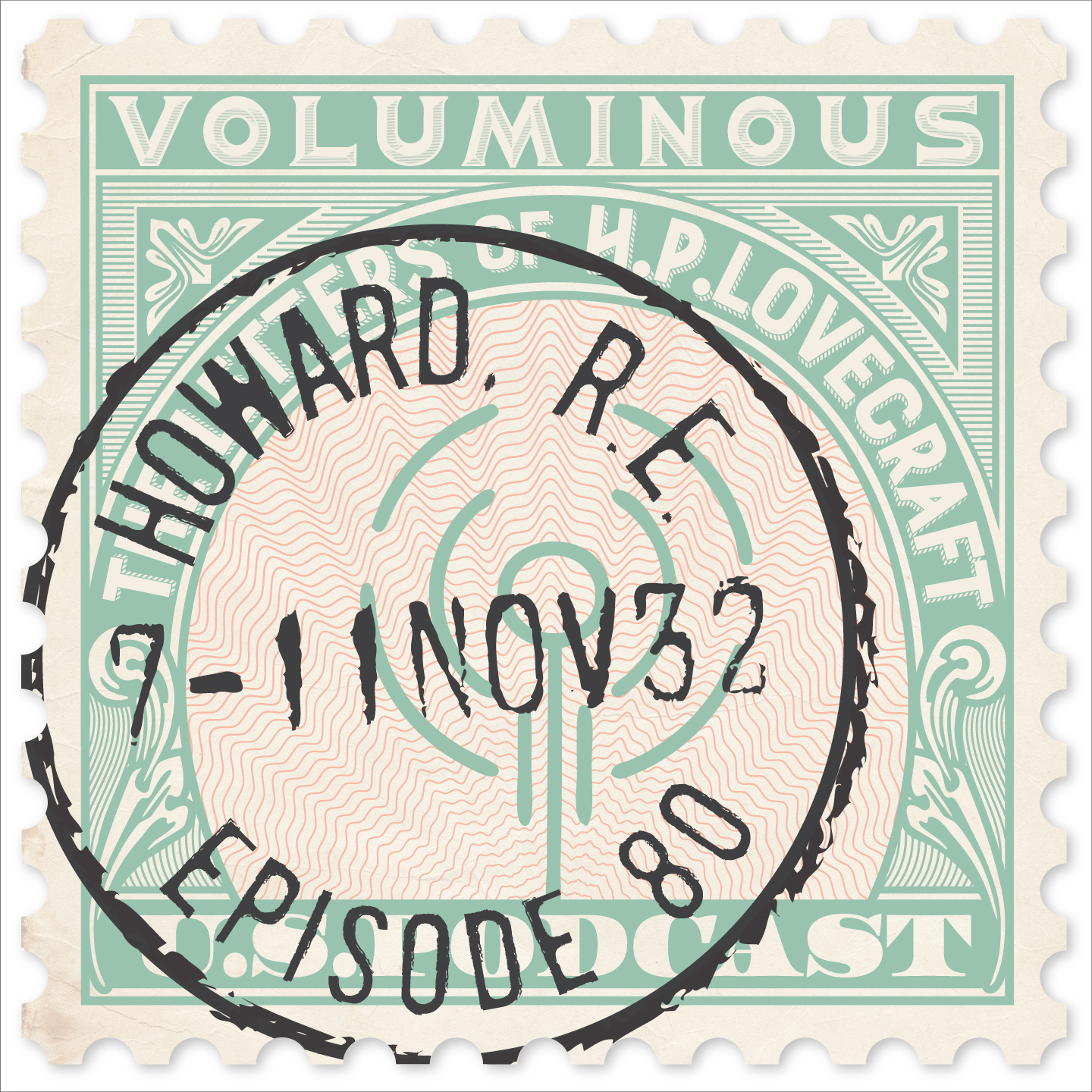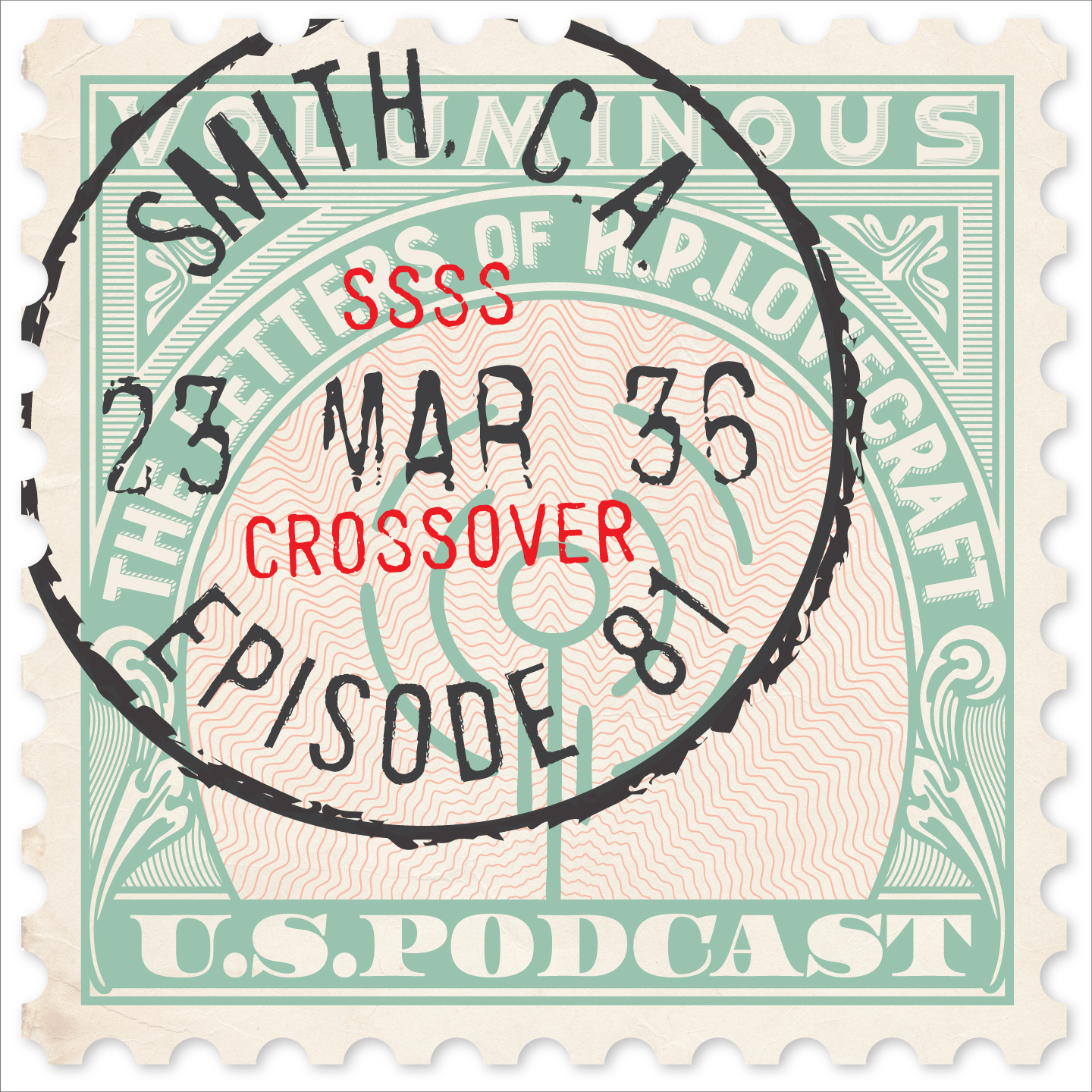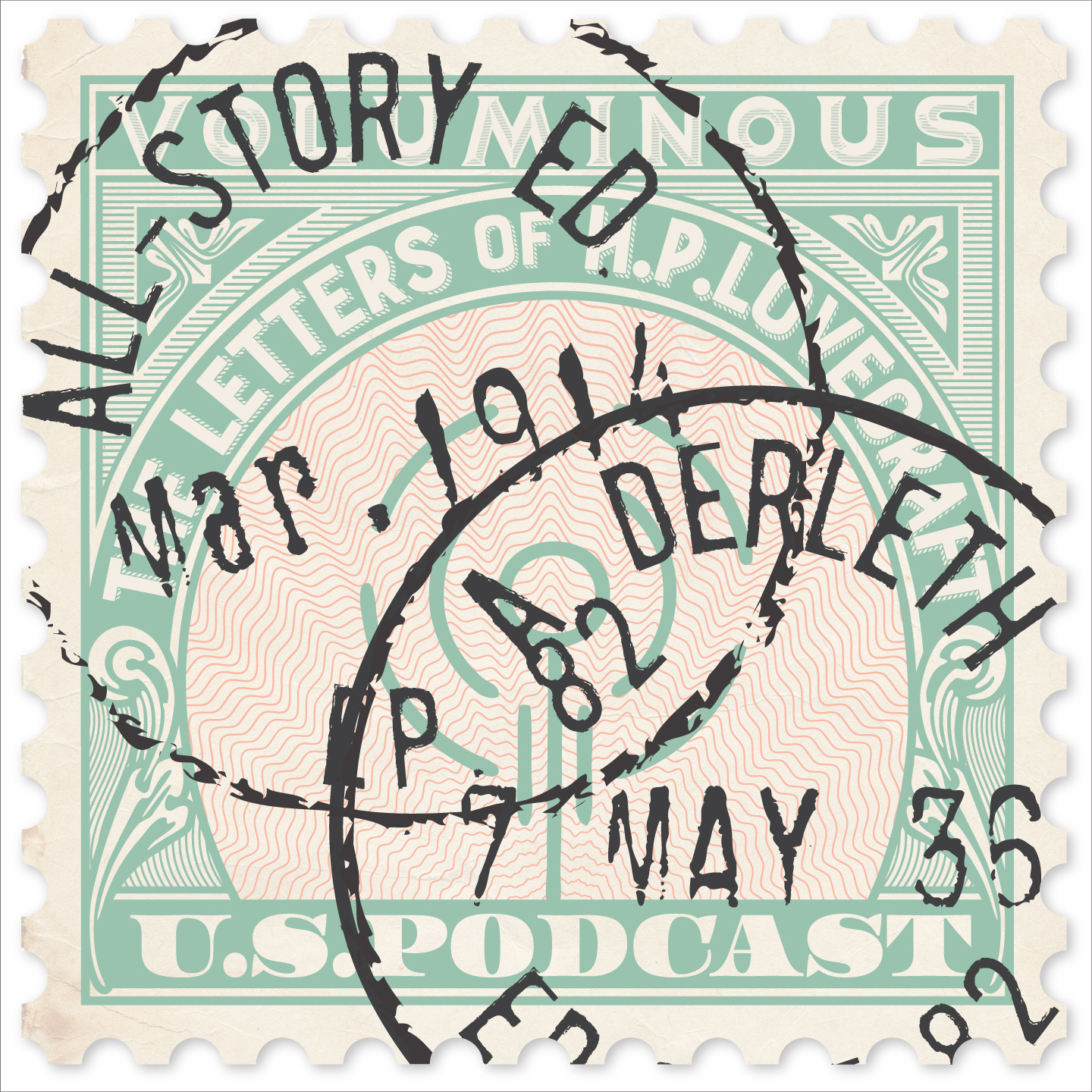
In addition to his classics of horror fiction, it is estimated that Lovecraft wrote 100,000 letters — or roughly 15 every day of his adult life — ranging from one-page diaries to seventy-page diatribes. Perhaps 20,000 of those letters have survived, in the hands of private collectors and at the John Hay Library in Providence.
In each episode of this podcast, we'll read one of these letters (or part of it) and then discuss it. In his letters HPL reveals an amazing breadth of knowledge of philosophy, science, history, literature, art and many other subjects, and forcefully asserts some highly considered opinions (some of which can be upsetting).
And of course his letters offer a fascinating window into his personal life and times. Although we've been working with Lovecraftian material for over 30 years, we still find interesting new things in his letters, and while we don't claim to be experts we look forward to sharing them with a wider audience.
Subscribe via iTunes, Stitcher or wherever you get podcasts! Or listen right here!
RSS Feed- Episode 77
- Posted October 2, 2022
Letters to Sonny — A Library Homecoming
Sean and Andrew discuss a brief but fascinating letter to Frank Belknap Long from February 25, 1924, and then have a chat with Heather Cole, the curator of the H.P. Lovecraft collection at the John Hay Library at Brown University. She gives us lots of info on the recent acquisition of letters to Long and much more!
Music by Troy Sterling Nies. Thanks to Donovan Loucks, Bobby Derie and Jenny Wiens. Thanks to David Kellogg for pointing out that "Oh black but comely..." is a quote from the Bible, specifically The Song of Solomon. Special Thanks to Heather Cole at the John Hay Library. And Super-Special Thanks to S.T. Joshi, Derrick Hussey, and all of you who contributed to the Long Letters fundraising campaign for making it possible for these letters to be preserved at Brown!
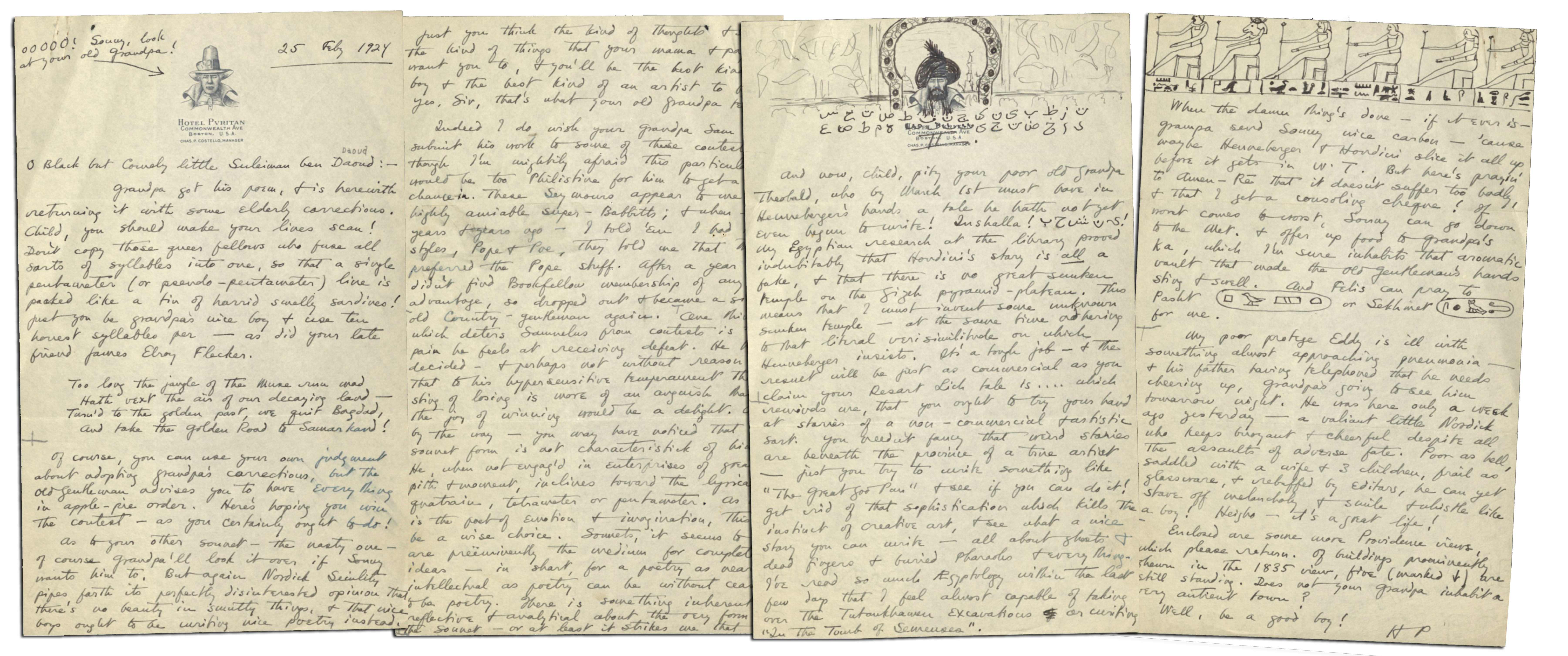 A couple of excerpts from this letter were published in Selected Letters I, but it is not yet available in the Brown Digital Repository, which means that except for a very small handful of people, you are among the first to experience the complete version since Frank Belknap Long opened the envelope 98 years ago!
A couple of excerpts from this letter were published in Selected Letters I, but it is not yet available in the Brown Digital Repository, which means that except for a very small handful of people, you are among the first to experience the complete version since Frank Belknap Long opened the envelope 98 years ago!
Listener David Kellogg wrote to let us know that the salutation in this letter, which we could not explain, is a quote from the Bible. David writes: "Specifically, it comes from Song of Solomon 1:5, which (in the King James version) reads:
'I am black, but comely, O ye daughters of Jerusalem, as the tents of Kedar, as the curtains of Solomon.'
Song of Solomon is like a poetic duet, going back and forth between the (presumably female) beloved and the (presumably male) speaker. Lovecraft has apparently mistaken the speaker of this verse as the titular Solomon of the book's title, and thereby addresses Long using the attributes (black but comely) of Solomon's beloved. Make of that what you will.
I'm fascinated that Lovecraft landed on this verse, since it has caused some anxiety among those who use the Bible to justify racism. But in this passage, Solomon loves a woman who is "black." Traditionally this may have been a reference to the Queen of Sheba (Ethiopia), whose visit to Solomon is discussed in 1 Kings 10.
Anyway, I thought you'd like to know the source of the phrase. Lovecraft transposes the quality of Solomon's beloved on Solomon and uses that to refer to Long. Obviously, what with the instability of gender in that moment, this letter is ripe for a queer reading as well. "
David goes on to observe: "SoS is by far the most erotic book of the Bible, so Lovecraft is probably having a go at Long on those grounds.
Song of Solomon repeatedly uses "pomegranate" to refer to a woman's body. Verse 4:3: thy temples are like a piece of a pomegranate within thy locks. Verse 4:13: Thy plants are an orchard of pomegranates.
So HPL is doing a lot. There's a whole scholarly paper to be written on this one letter!"
Thanks go to David for this contribution! We're lucky to have such intelligent listeners saving our bacon with generous counseling.
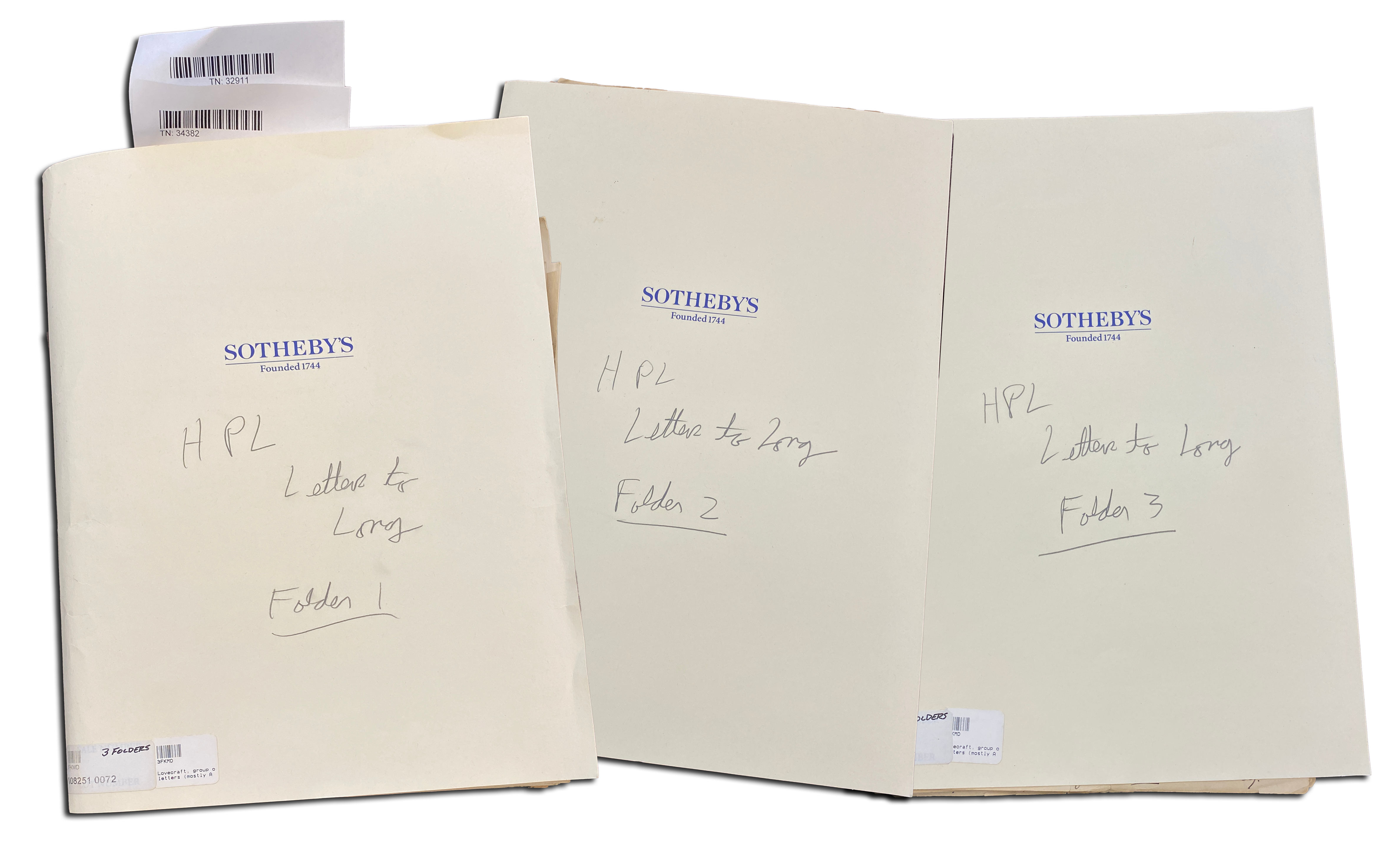 Here are the Sotheby's folders containing the letter collection. Below are a number of photographs showing exemplary manuscripts.
Here are the Sotheby's folders containing the letter collection. Below are a number of photographs showing exemplary manuscripts.
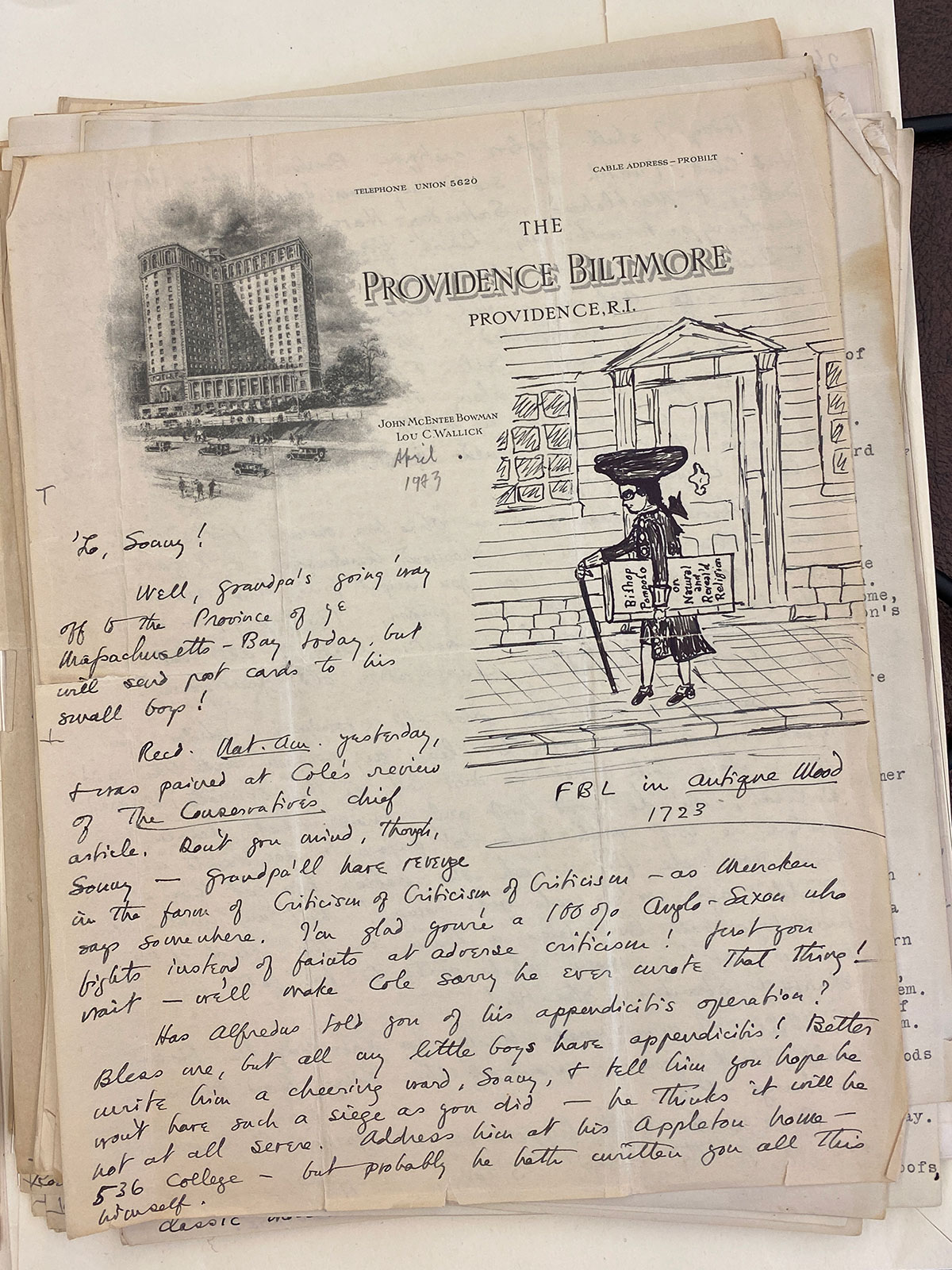
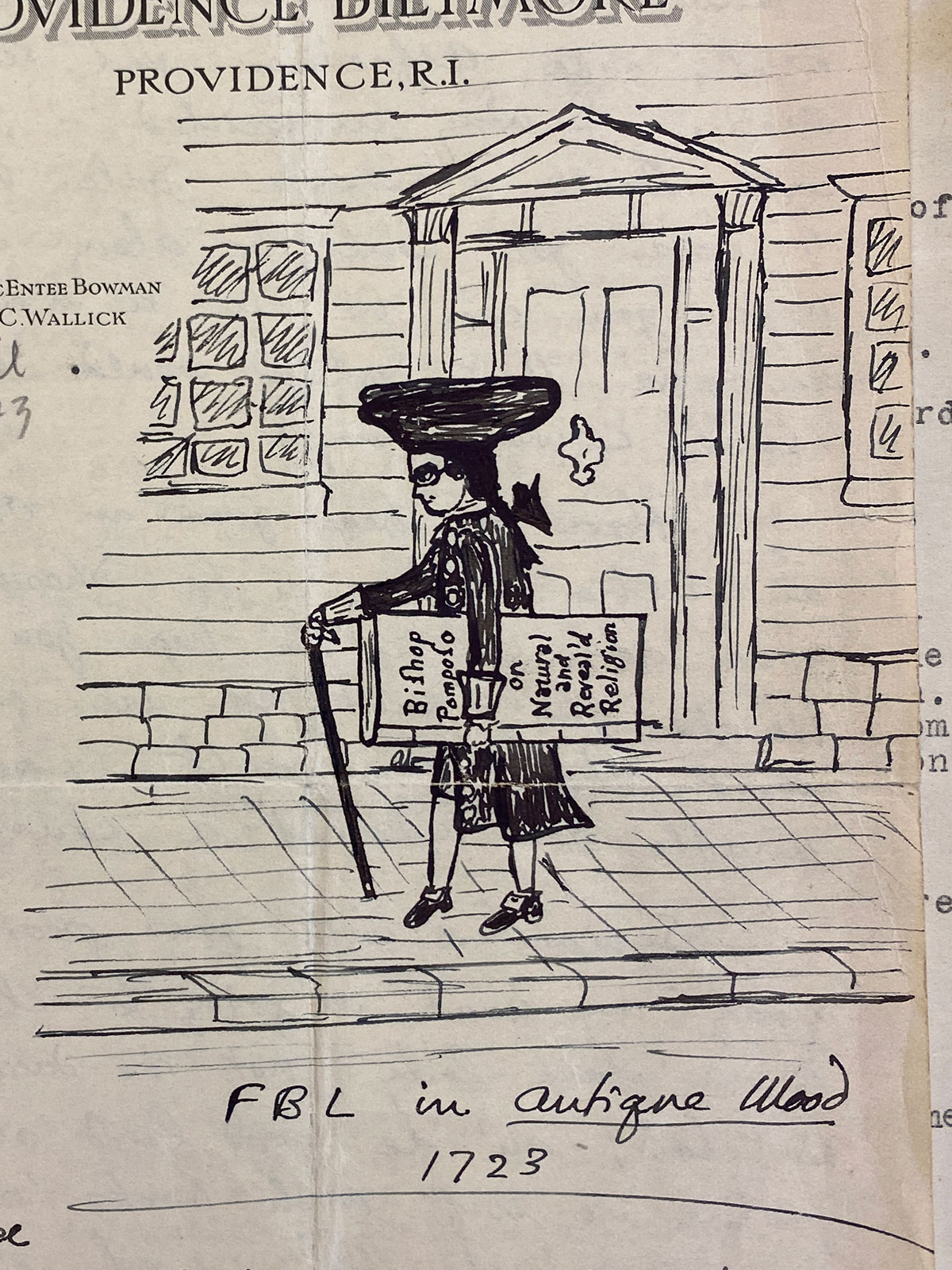
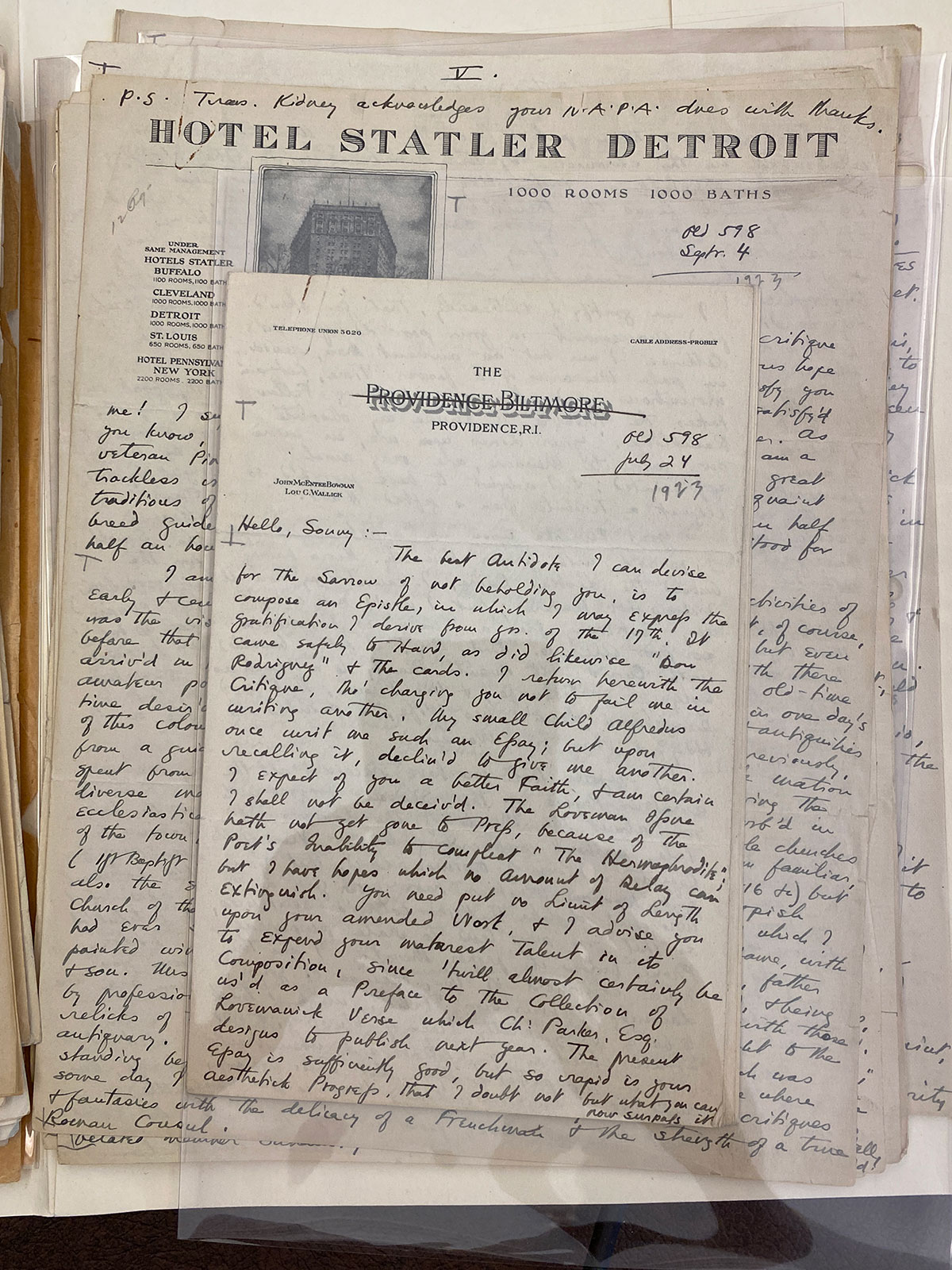
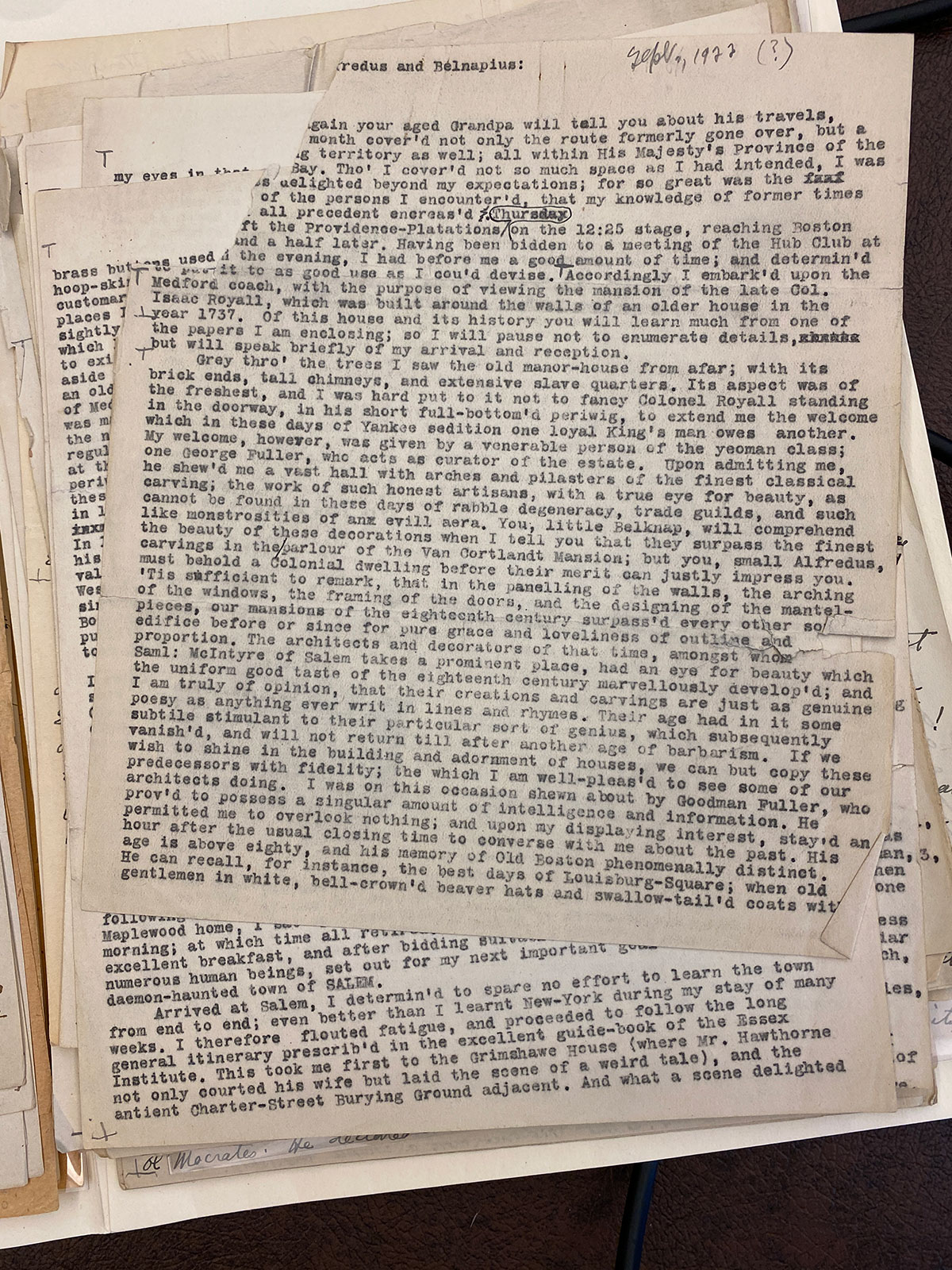
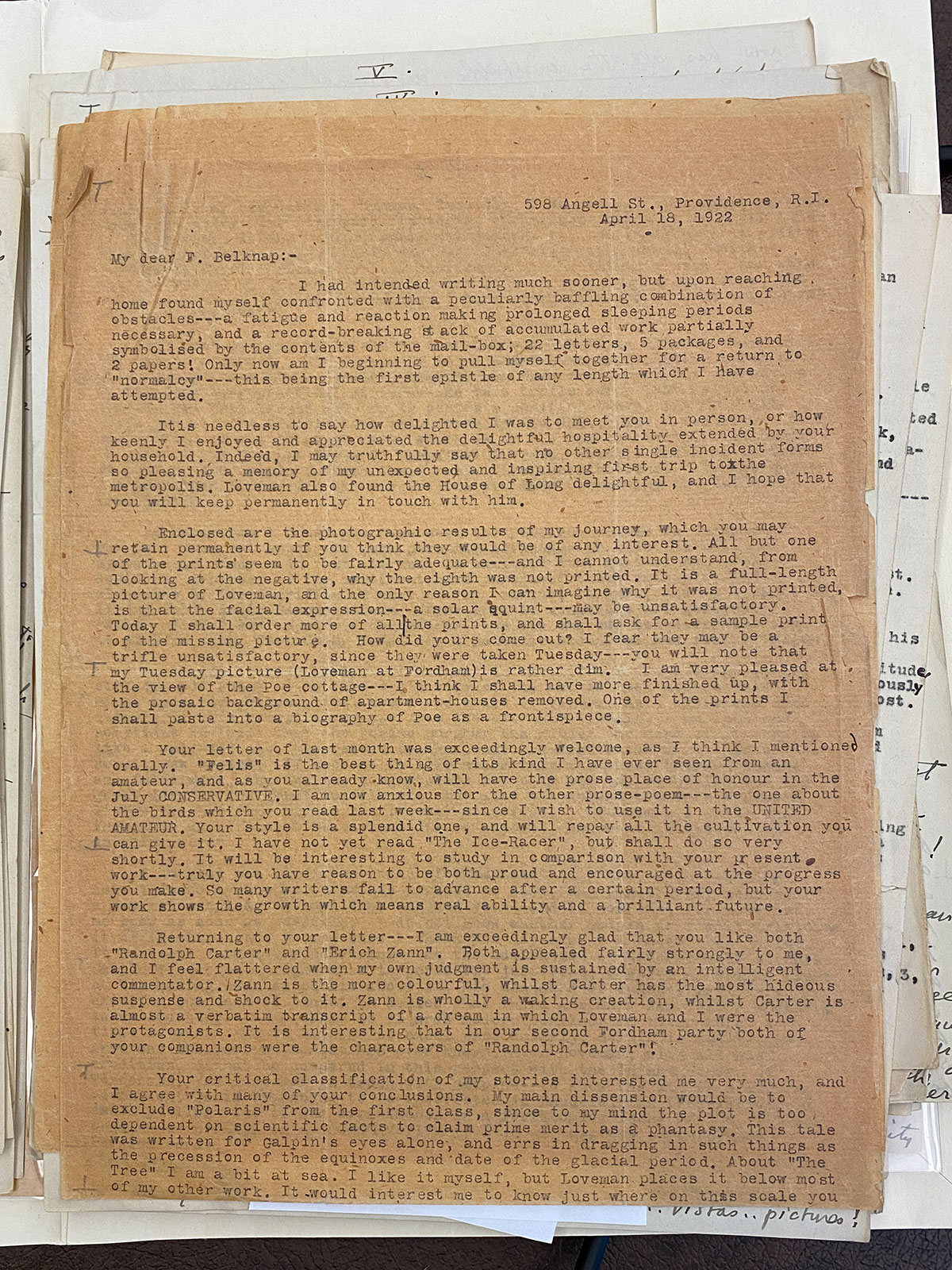
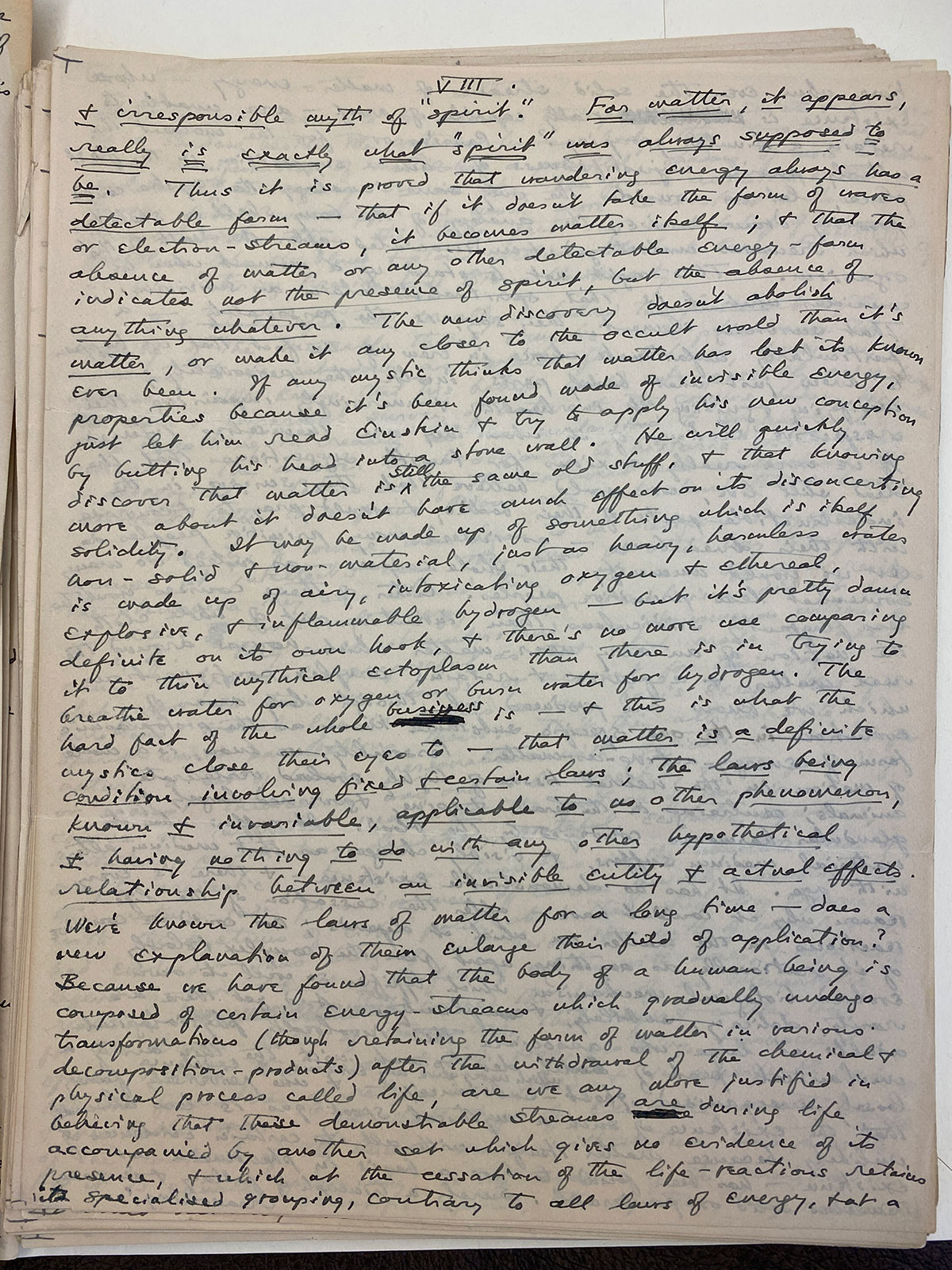
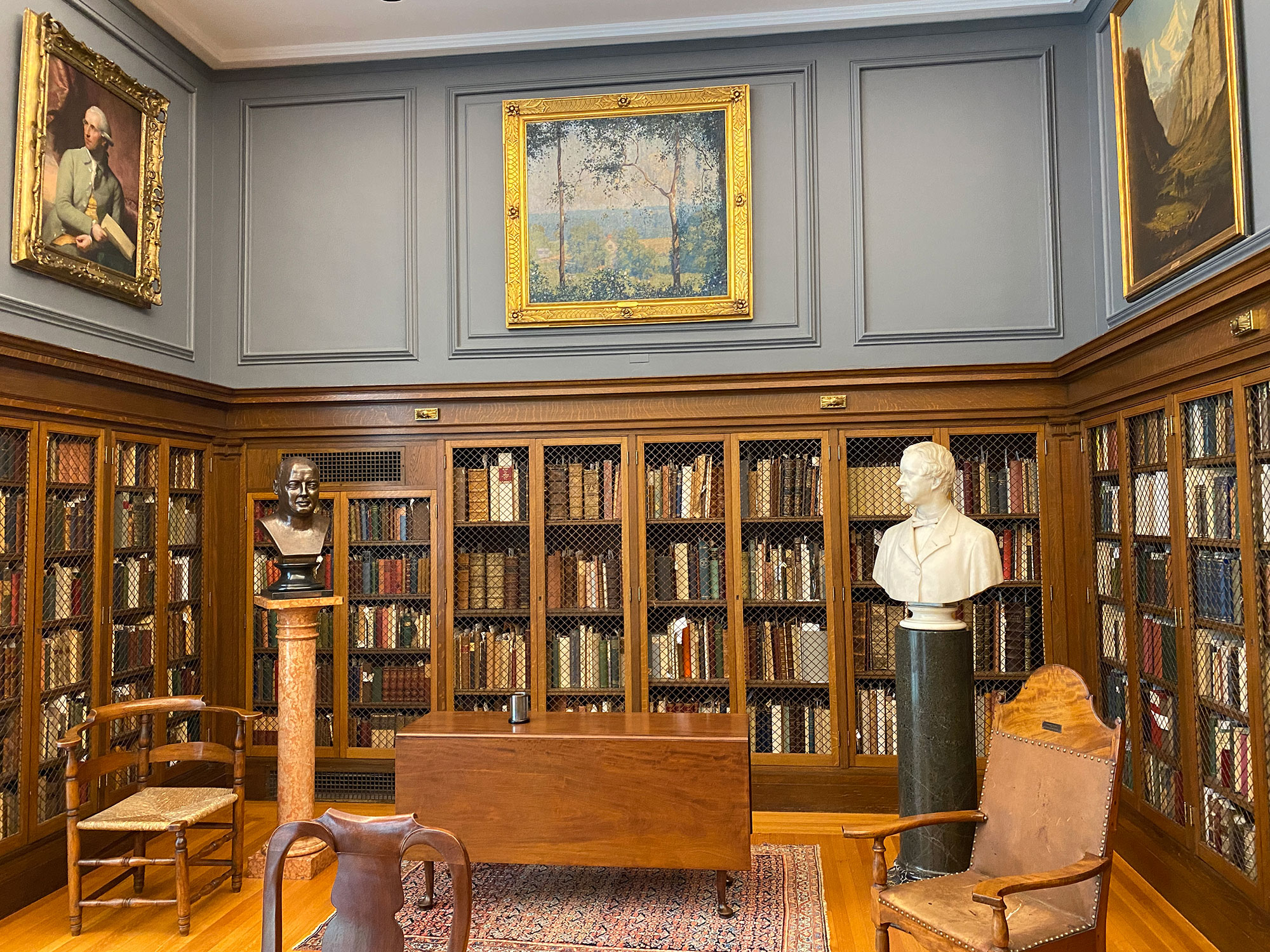
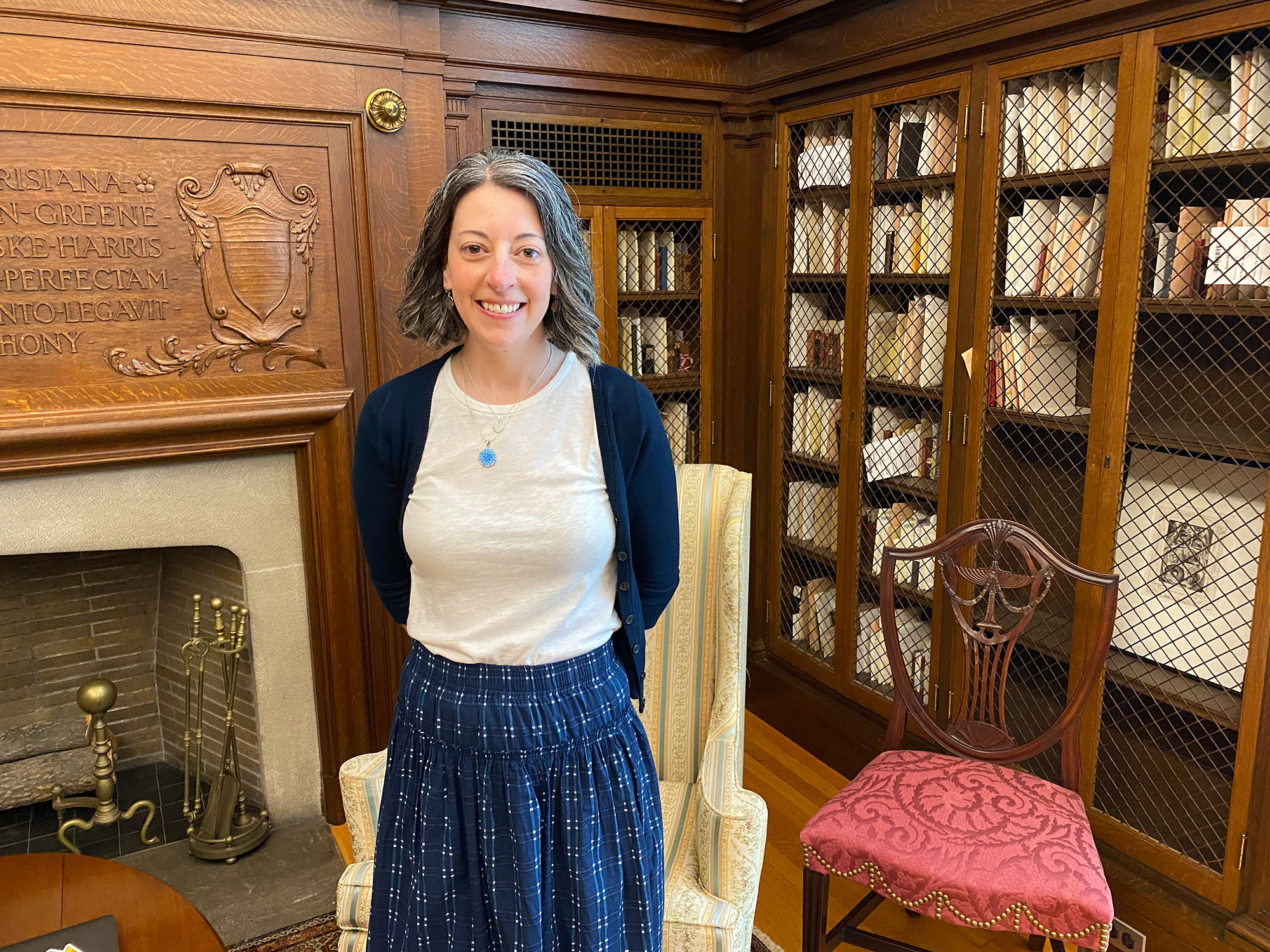 Left is the beautiful room at the Hay where we talked with the woman who curates the letters now. Right is that charming librarian, Heather, who graciously sat with us chatting about the collection of manuscripts.
Left is the beautiful room at the Hay where we talked with the woman who curates the letters now. Right is that charming librarian, Heather, who graciously sat with us chatting about the collection of manuscripts.
(Dashing off lines in dactylic hexameter isn't as difficult Now as it was when I first tried to do it in sophomore English class. Now I'm determined to try to improve on my metrical sentences!)
 How he acquired the Puritan letterhead isn't a question to
How he acquired the Puritan letterhead isn't a question to
Which we have answers. The building was opened in 1909 and was
Turned into condos some time in the Seventies. Here on the left is an
Ad from a genuine '22 travel book showing the property.
While we're enjoying nice letterhead, here are some samples from Bookfellows.
(Click on the image to make an enlargement appear through technology.)
We weren't familiar with James Elroy Flecker, but once he was famous and
Poems he wrote have been quoted a number of times on some Army and
Other memorials, chiseled in marble in Britain's old empire.
Agatha Christie was also a fan and she quoted him frequently.
We couldn't find F.B. Long's "nasty" sonnet but HERE is the letter in
Which Little Sonny declares he enjoys pornographic material.
Even though we didn't really enjoy it, his story of Liches in
Deserts is now in the Internet Archive and easily readable.
Harry Houdini could never have known of the tomb of the mother of
Khufu, unless — as Sir A. Conan Doyle suspected — he COULD HAVE DONE!
Here is the picture of Market Square, Providence, Grandpa included with
This very letter. A fellow named Peckham's the artist who painted it.
Thanks go to Donovan Loucks for the clarification of buildings de-
picted below, with the arrows that point to the ones that were standing when
Long got the letter, and maybe one other we cannot be sure of now.
